Code of Civil Procedure
The first Code of Civil Procedure was enacted in 1859 during British rule for courts outside Presidency towns. Revised codes were introduced in 1877 and 1882. The current CPC, 1908, consolidated earlier laws and has been amended several times, notably in 1976 and 2002, to modernize and improve efficiency.
The CPC governs procedures for civil courts in India. Its primary aim is to consolidate and streamline civil procedures to ensure justice and avoid technicalities.
Applies across India, except Nagaland and tribal areas (now also applies to Jammu & Kashmir after 2019). Extended to Scheduled Areas by the 1976 Amendment.
Ensures a systematic process for civil litigation. Prioritizes justice over procedural technicalities. Procedural laws serve substantive laws by facilitating justice, not hindering it.
CPC is exhaustive for matters it addresses but allows inherent powers to courts for unaddressed issues to ensure justice. Courts can make orders to prevent misuse of legal procedures.
Procedural laws are tools for justice, not barriers. Courts should prioritize substantial justice over procedural errors. Technicalities or minor mistakes should not deny fair outcomes.
Two Parts: 1. Sections (158): Cover substantive principles like jurisdiction.
2. Schedule (51 Orders): Detail procedural rules for implementing these principles. High Courts can amend the schedule but not the sections. In case of conflict, sections prevail over rules.
- Judgments & Costs: Section 33 (Judgment), Order 20 (Decrees), Section 35 (Costs).
- Special Cases: Sections 79–93, Orders 27–37 (e.g., cases involving government, minors, corporations, partnerships).
- Dispute Resolution: Section 89 introduces arbitration, mediation, conciliation, and Lok Adalats.
- Appeals: Sections 96–115, Orders 41–47, including first appeals, second appeals, and appeals to the Supreme Court.
- Execution of Orders: Sections 36–74, Order 21 (longest order with 106 rules).
- Inherent Powers: Sections 148–153B empower courts to extend time, amend errors, and ensure justice.
Procedural laws are generally retrospective, applying to ongoing cases, as no one has a vested right in procedural forms.
Justice should not be defeated by technical objections or errors. Procedural rules are aids to justice, not obstacles. Courts must balance strict application of laws with flexibility to achieve fair outcomes.
The CPC, evolved since 1859, ensures a structured and fair civil litigation process. It emphasizes justice over technicalities, giving courts flexibility to adapt to unique cases while maintaining a balance between substantive and procedural laws.
1. Decree
A decree is a final decision made by a court in a civil case that settles the rights of the parties. It can be:
- Preliminary Decree: Decides rights but further action is needed.
- Final Decree: Resolves everything in the case.
- Partly Preliminary and Partly Final: Resolves some issues completely and leaves others for later.
What is included as a decree?
- Rejection of a plaint (a formal written claim).
- Decisions under Section 144 (e.g., returning something wrongfully taken).
What is not a decree?
- Dismissal of a case for non-appearance.
- Orders that can be appealed separately.
Example: If a court orders a party to pay damages, that is a decree.
2. Decree Holder
A decree holder is the person in whose favor the court has passed the decree. They are entitled to get the benefit of the court’s decision.
Example: If the court orders a tenant to vacate the property, the landlord becomes the decree holder.
3. Foreign Court
A foreign court is a court that:
- Is located outside India.
- Is not set up or controlled by the Indian Government.
Example: A court in the USA or England is a foreign court.
4. Foreign Judgment
A foreign judgment is a decision given by a foreign court. It remains a foreign judgment even if the country later becomes part of India.
Example: A judgment passed by a UK court before Indian independence is still a foreign judgment.
5. Judgment Debtor
A judgment debtor is the person against whom the court has passed a decree. They are the ones who have to fulfill the court's decision, like paying money or giving up possession of property.
Example: If the court orders someone to pay a debt, that person is the judgment debtor.
6. Legal Representative
A legal representative is a person who:
- Manages the property or responsibilities of someone who has died.
- Includes executors, administrators, or anyone handling the estate of the deceased.
Who is not a legal representative?
- Trespassers or anyone without legal authority.
Example: If a father dies and his son manages his property, the son is the legal representative.
7. Mesne Profits
Mesne profits are the profits earned by someone illegally occupying another person’s property. It includes:
- Rent or income that could have been earned by the rightful owner.
- Interest on such income.
Not included:
- Money earned from improvements made by the illegal occupier.
Example: If someone occupies a shop without the owner's permission and earns rent from it, they must pay mesne profits to the owner.
8. Order
An order is a formal decision of the court that is not a decree. It may deal with procedural matters or specific issues but does not resolve the entire case.
- Not all orders can be appealed.
- Orders may happen at different stages of the case.
Example: If the court orders the return of a plaint for refiling in the correct court, it’s an order, not a decree.
What is Jurisdiction?
The term jurisdiction comes from Latin words "juris" (law) and "dido" (speak), meaning "I speak by the law." It refers to the authority of a court to hear and decide cases. Jurisdiction means a court’s power to handle cases, resolve disputes, and give judgments. It depends on three main factors:
- Subject matter – What the case is about.
- Pecuniary limits – The monetary value of the case.
- Territorial limits – The geographical area within which the court can act.
Key Supreme Court Observation
In Official Trustee v. Sachindra Nath, the Supreme Court explained that:
- A court must have both the authority to hear a case and the power to grant the orders sought.
- It is not enough for a court to have general jurisdiction over a subject—it must specifically have the power to decide the issue brought before it.
Types of Jurisdiction
Jurisdiction can be divided into the following categories:
- Civil and Criminal Jurisdiction:
- Civil Jurisdiction: Deals with private disputes (e.g., property disputes, contracts).
- Criminal Jurisdiction: Deals with crimes and punishes offenders (e.g., theft, murder).
- Territorial or Local Jurisdiction:
- Each court operates within its geographical limits.
- Example: A District Judge works within a district; a High Court covers its state.
- Courts cannot hear cases about property or issues outside their territorial boundaries.
- Pecuniary Jurisdiction:
- Courts have limits based on the monetary value of the case:
- Some courts, like High Courts or District Courts, can handle cases of any value.
- Smaller courts may have limits (e.g., Small Causes Courts cannot handle cases worth over Rs. 1,000).
- Subject-Matter Jurisdiction:
- Specific courts handle specific types of cases:
- Example: Small Causes Courts cannot deal with cases about contracts, property division, or mortgages.
- Divorce, probate (wills), or insolvency cases are dealt with by District or Civil Judges (Senior Division).
- Original and Appellate Jurisdiction:
- Original Jurisdiction: The power of a court to hear a case for the first time.
- Example: Munsiff Courts, Small Causes Courts.
- Appellate Jurisdiction: The power of a higher court to review cases decided by lower courts.
- Example: High Courts, Supreme Court.
- Exclusive and Concurrent Jurisdiction:
- Exclusive Jurisdiction: Only one court has the power to decide a specific case.
- Example: Family Courts have exclusive jurisdiction over family disputes.
- Concurrent Jurisdiction: Two or more courts can hear the same case.
- Example: A case can be filed in either the District Court or the High Court.
- General and Special Jurisdiction:
- General Jurisdiction: A court can hear a wide range of cases.
- Special Jurisdiction: A court is limited to certain types of cases.
- Example: Bankruptcy courts only handle insolvency cases.
- Legal and Equitable Jurisdiction:
- Legal Jurisdiction: Handled by Common Law Courts (e.g., property disputes based on law).
- Equitable Jurisdiction: Handled by Equity Courts (e.g., cases needing fairness and justice).
- In India, courts handle both law and equity together.
- Municipal and Foreign Jurisdiction:
- Municipal Jurisdiction: Indian courts handle cases within India.
- Foreign Jurisdiction: Refers to decisions made by courts in other countries.
- Example: A judgment from a US court is a “foreign judgment” in India.
- Expounding and Expanding Jurisdiction:
- Expounding Jurisdiction: Courts clarify or explain the limits of their powers.
- Expanding Jurisdiction: Courts try to extend their powers (this is not allowed).
1. What the Section Says:
Section 10 of the Civil Procedure Code (CPC) states:
- No court shall proceed with the trial of a suit if the issue in that suit is already directly and substantially in issue in another suit.
- This applies when the earlier suit is:
- Between the same parties or their legal representatives.
- Pending in a court that has the jurisdiction to grant the relief sought.
- Pending in India, a foreign court set up by the Indian Government, or the Supreme Court.
2. Nature and Scope:
Section 10 bars the trial of a subsequent suit but not its filing. It also does not prevent courts from passing interim orders, such as granting injunctions, staying actions, or appointing receivers.
3. Object of Section 10:
The purpose of Section 10 is:
- To stop courts with equal authority (concurrent jurisdiction) from handling the same issue at the same time.
- To prevent conflicting decisions from different courts about the same matter.
- To protect parties from the burden of multiple cases about the same dispute.
- To simplify and streamline litigation, ensuring that a single court resolves the issue.
- To implement the principle of res judicata, ensuring finality in legal decisions.
- To ensure convenience for the parties and prevent unnecessary expenses.
Note: Section 10 does not bar the filing of a second suit. It only stops its trial until the earlier suit is resolved.
4. Conditions for Applying Section 10:
The following six conditions must all be met:
- Two Suits Exist: There must be one earlier suit already filed and another filed later.
- Same Issue in Both Suits: The matter in issue in the second suit must also be directly and substantially in issue in the earlier suit.
- Same Parties: Both suits must involve the same parties or their legal representatives.
- Jurisdiction: The earlier suit must be pending in the same court, another court in India, a foreign court established by the Indian Government, or the Supreme Court.
- Relief Sought: The court handling the earlier suit must have jurisdiction to provide the relief sought in the later suit.
- Same Title: The parties must be litigating under the same title in both suits, meaning their legal positions or claims must be identical.
5. Key Rule:
Once these conditions are fulfilled, the trial of the second suit must be paused. This rule is mandatory, and courts have no discretion. The stay on the second suit can be ordered at any stage of the proceedings.
6. Exceptions:
Courts can decide the later suit if it can be resolved on a legal point without overlapping with the earlier suit. For example, if the second suit only raises legal issues not dependent on factual findings of the first suit, the court can decide the second suit.
7. Test for Applying Section 10:
To determine whether Section 10 applies, ask whether the decision in the earlier suit will act as res judicata (binding decision) for the later suit. If yes, the later suit must be stayed.
8. Difference Between Res Sub Judice and Res Judicata:
Res Sub Judice (Section 10): Applies to cases that are still pending.
Res Judicata (Section 11): Applies to cases that have been decided and prevents re-litigation of the same issue.
9. Suit Pending in a Foreign Court:
If the earlier suit is pending in a foreign court, Section 10 does not bar an Indian court from trying the later suit.
10. Inherent Powers of the Court:
Even if Section 10 does not strictly apply, courts can use inherent powers under Section 151 of CPC to stay proceedings to ensure justice. Courts can combine suits (consolidation) where both involve similar issues and parties.
11. Effect of Violating Section 10:
A decree passed in violation of Section 10 is not a nullity (i.e., it is not automatically void). The trial may proceed if the parties waive their right and ask the court to proceed or if the violation is procedural, so it can be corrected.
12. Consolidation of Suits:
Courts may consolidate cases to avoid conflicting decisions and save time. This is done even when Section 10 does not strictly apply.
13. Procedural Nature of Section 10:
Section 10 is a procedural rule, not a substantive one. This means it deals with how courts operate rather than creating legal rights or obligations.
Key Idea:
Res judicata ensures that once a court has given a final decision on a matter, the same issue cannot be raised again in a new lawsuit involving the same parties.
What is Res Judicata?
It means “a matter already judged.” Prevents courts from re-examining issues already decided to:
- Avoid repeated litigation.
- Protect parties from harassment.
- Promote finality in disputes.
Section 11
A court cannot hear a case if:
- The issue was already directly and substantially decided in a prior case.
- The parties in both cases are the same or represent the same interest.
- The earlier court was competent to decide the matter.
- The issue was finally decided in the previous case.
Key Rules from Explanations in Section 11:
- Former Suit: Refers to any earlier decided case, even if filed later.
- Court Competence: The earlier court’s authority is valid even if appeals are allowed.
- Matters Raised: The issue must have been raised and denied or admitted in the earlier suit.
- Constructive Res Judicata: Issues that could have been raised earlier are also barred.
- Implied Denial: If a relief is not granted in the earlier case, it is treated as refused.
- Shared Rights: Decisions in public interest cases bind all interested parties.
- Execution of Decrees: Applies to enforcement proceedings too.
- Limited Jurisdiction: Even judgments by courts with restricted powers can bar re-litigation.
Purpose of Res Judicata:
Public Interest: Litigation must come to an end. Fairness: No one should face repeated lawsuits for the same issue. Efficiency: Saves time, resources, and prevents contradictory judgments.
Legal Maxims Supporting Res Judicata:
- Nemo debet bis vexari pro una et eadem causa: No one should be sued twice for the same cause.
- Interest reipublicae ut sit finis litium: It is in public interest to end litigation.
- Res judicata pro veritate accipitur: A judicial decision must be accepted as correct.
Examples:
- Breach of Contract: A sues B for damages. If dismissed, A cannot sue B again for the same breach.
- Property Dispute: A sues B for property possession but loses because the sale deed was found fake. A cannot file another suit based on the same deed.
- Employment Case: A's reinstatement petition under Article 226 is dismissed. A cannot file another petition under Article 32 for the same issue.
- Will Interpretation: A court interprets a will in a case between A and B. The interpretation is binding in future disputes involving the same will.
Scope of Res Judicata:
Applies to:
- Civil suits
- Execution of decrees
- Arbitration
- Tax matters
- Writ petitions
- Interim orders
- Criminal cases
Case Laws: Daryao v. State of U.P.
What Happened?
Petitioners lost writ petitions in the High Court and filed fresh petitions in the Supreme Court.
Judgment:
The Supreme Court ruled the earlier High Court decision operated as res judicata, barring fresh petitions under Article 32. Importance: Res judicata applies even to constitutional matters to maintain judicial consistency.
Res Sub Judice vs. Res Judicata
- Res Judicata: Prevents reopening decided cases.
- Res Sub Judice: Stops new cases if a similar one is already pending.
Estoppel vs. Res Judicata
- Res Judicata: Based on court judgments; binds both parties.
- Estoppel: Based on a party’s earlier statements or actions; binds only the party who made them.
Res judicata promotes fairness, avoids wasting time and resources, and ensures that judicial decisions are respected. It safeguards individuals from repeated harassment and ensures legal disputes come to a definitive end.
Rule of Res Judicata for Foreign Judgments (Sections 13 and 14, CPC)
These sections implement the principle of private international law, which allows judgments by foreign courts of competent jurisdiction to be recognized and enforced in India. A foreign judgment operates as res judicata (final and binding decision) between the same parties unless exceptions under Section 13 apply.
Key Definitions
- Foreign Court: A court located outside India and not established or governed by the authority of the Central Government.
- Foreign Judgment: Any decision made by a foreign court, such as courts in England, France, USA, etc.
Nature and Purpose of Section 13
Substantive Law: Section 13 establishes legal rights, not just procedural rules. It ensures justice, equity, and good conscience, promoting recognition of foreign judgments under common principles across civilized nations. Both plaintiffs and defendants can rely on foreign judgments.
Objective
Foreign judgments are enforced to honor legal obligations decided by competent courts. Such enforcement reflects respect for international judicial processes, provided they meet minimum fairness and justice standards.
Illustrations for Understanding
- A foreign court dismisses A's suit against B. A cannot re-litigate the same issue in India.
- A foreign court decrees in favor of A. If A files a suit in India based on the judgment, B cannot challenge issues already decided.
- If the judgment violates principles like fraud or natural justice, it won’t operate as res judicata.
Jurisdiction of Foreign Courts
Only judgments by courts with competent jurisdiction in the international sense are enforceable. Key Requirements for Jurisdiction include territorial competence over the subject matter and the defendant, and jurisdiction must be valid at the time the suit was filed.
When a Foreign Judgment is Binding (Section 13)
A foreign judgment is conclusive unless it falls under the exceptions listed in Section 13. These are:
- Court Lacked Jurisdiction: A judgment by a court without proper jurisdiction (territorial or international) is null and void. Example: Gurdyal Singh v. Rajah of Faridkot: A foreign court issued a decree against a defendant who neither resided nor had ties to its jurisdiction. The judgment was deemed void.
- Not Decided on Merits: If the judgment does not address the actual merits of the case, it is not binding.
- Contrary to Indian or International Law: A judgment ignoring applicable Indian or international law is not enforceable.
- Opposed to Natural Justice: A judgment violates natural justice if it fails to provide notice to the defendant, denies a fair hearing, or is influenced by bias or improper conduct by the court.
- Obtained by Fraud: Judgments secured through fraud are invalid because fraud undermines justice. As Lord Denning stated, "No judgment can stand if it has been obtained by fraud."
- Based on a Breach of Indian Law: A foreign judgment violating Indian laws is unenforceable in India.
Res Judicata and Foreign Judgments
Section 13 embodies the rule of res judicata: A foreign judgment delivered by a competent court becomes binding and prevents re-litigation of the same issues between the same parties.
Effect:
A foreign judgment is binding as long as it adheres to the requirements of Section 13.
Enforcement:
Foreign judgments are enforced in two main ways:
- Filing a Suit on the Foreign Judgment:
- A party can file a new suit in India based on the foreign judgment.
- The court does not re-examine the merits of the case; it only ensures compliance with Section 13.
- Such suits must be filed within three years from the date of the foreign judgment.
- Execution Proceedings (Section 44-A):
- If the judgment is from a reciprocating territory, it can be executed directly in India.
- A reciprocating territory is a country with which India has an agreement for enforcement of judgments.
- The decree can only be executed if all conditions of Section 13 are met.
Foreign Awards
Awards by foreign arbitrators, enforceable in their country of origin, can also be enforced in India under applicable laws.
Conclusion
A foreign judgment is enforceable in India if it:
- Comes from a competent foreign court.
- Does not violate principles of fairness, natural justice, or Indian law.
- Satisfies the conditions of Section 13, ensuring justice and compliance with private international law.
By recognizing foreign judgments, India aligns with global judicial cooperation while safeguarding its legal and public policy principles.
Methods of Enforcement:
- Filing a suit based on the foreign judgment.
- Executing the judgment directly if it originates from a reciprocating territory.
1. Introduction to Suits under CPC
General Provisions: Sections 26 to 35-B and Orders 1 to 20 of the First Schedule of the Code of Civil Procedure (CPC) provide the framework for civil suits. These provisions govern:
- Who can be parties to a suit.
- How suits should be framed.
- Procedures for initiating and managing suits.
2. Meaning and Essentials of a Suit
Meaning of Suit: The term "suit" isn't defined in the CPC. However, it refers to a legal proceeding initiated by a plaintiff against a defendant in a court to seek a remedy. Ordinarily, a suit begins with the presentation of a plaint.
Essentials of a Suit:
- Opposing Parties: At least one plaintiff (who initiates the suit) and one defendant (against whom the suit is filed).
- Subject-Matter: The matter of dispute between the parties (e.g., a contract, property, or tort).
- Cause of Action: The specific reason or incident that gives rise to the suit.
- Relief: The remedy sought by the plaintiff, such as damages, injunctions, or declarations.
3. Order 1: Parties to a Suit
(a) Who Are the Parties? Parties include:
- Plaintiffs (initiators of the suit).
- Defendants (respondents to the suit).
Provisions address:
- Adding, removing, or substituting parties.
- Addressing misjoinder or non-joinder of parties.
- Rules for representative suits (where one represents many).
(b) Joinder of Parties
Joinder of Plaintiffs (Rule 1): Conditions for Joinder:
- Rights of all plaintiffs arise from the same act or transaction.
- Common questions of law or fact are involved.
Objective: Prevent multiple suits and reduce litigation costs. Examples: If two people suffer harm in the same accident, they can sue jointly. If two buyers are cheated in different contracts, they cannot sue together.
Joinder of Defendants (Rule 3): Conditions for Joinder:
- The relief against all defendants arises from the same act or transaction.
- Common questions of law or fact exist.
Objective: Avoid multiplicity of proceedings. Examples: A person injured in a road accident involving a bus and a car can sue both vehicle owners together. If four suppliers breach separate contracts with a buyer, they cannot be sued together.
(c) Necessary vs. Proper Parties
Necessary Party: Someone whose presence is essential to resolve the dispute. Without them, no effective order or decree can be passed. Example: Co-owners in a property dispute.
Proper Party: Someone whose presence helps achieve a complete decision but is not essential. Example: Sub-tenants in a landlord-tenant dispute.
(d) Non-Joinder and Misjoinder
Non-Joinder: Failing to include a necessary or proper party. Misjoinder: Including someone who is neither necessary nor proper. Rule: A suit cannot be dismissed for non-joinder or misjoinder unless a necessary party is missing.
(e) Addition, Substitution, and Striking Out of Parties (Rule 10)
Court Powers: Add a party whose presence is essential. Remove a party improperly joined. Substitution of parties in case of errors. Objective: Ensure the case is resolved effectively and justly. Example: If a suit is mistakenly filed by an agent, the principal can be added later.
(a) Inclusion of Whole Claim (Rule 1)
A suit must include the entire claim arising from the cause of action. Objective: Avoid splitting claims into multiple suits. Examples: A landlord must claim rent for all due months in one suit, not file separate suits for each month.
(b) Splitting of Claims (Rule 2)
A plaintiff cannot sue for one part of a claim and then file another suit for the remainder. Exception: If the court permits splitting.
(c) Joinder of Causes of Action (Rule 3)
Meaning: Multiple claims or causes of action can be combined in one suit if they arise from the same transaction and involve common questions of law or fact. Example: A person suing for breach of contract and damages related to the same transaction can combine the claims in one suit.
(a) What are Representative Suits?
A suit filed by or against one person on behalf of others with a common interest. Example: A group of residents suing a municipality for misusing public funds.
(b) Conditions for Filing
- Numerous Parties: A large number of people must share the same interest.
- Common Interest: Shared grievance or relief sought.
- Court Permission: Approval is required to proceed in a representative capacity.
- Notice: All affected parties must be notified.
(c) Key Features
Efficiency: Saves time and resources by consolidating similar claims. Binding Effect: The decree applies to all represented parties, not just those directly involved. Example: If taxpayers challenge illegal municipal taxes in a representative suit, the result binds all taxpayers.
(a) How a Suit is Instituted
By filing a plaint: A written document outlining the cause of action and relief sought. Filed by the plaintiff or their authorized representative.
(b) Procedural Steps
- Present the plaint to the court or authorized officer.
- Ensure it complies with procedural requirements (e.g., stamp duty).
- Register the suit in the court's record.
1. What is a Pleading?
Definition: A pleading refers to the formal written statements by the parties in a case. It includes:
- Plaint: A document submitted by the plaintiff detailing their claims and the basis of the lawsuit.
- Written Statement: The defendant's response to the plaint, explaining their defense or additional facts supporting their case.
Explanation by Mogha: "Pleadings are written documents prepared and filed by each party in a case, outlining their arguments and providing the necessary details to help the opponent prepare for trial."
Key Points:
- A plaintiff's pleading is the plaint that outlines the cause of action with necessary details.
- A defendant's pleading is a written statement that responds to the plaint, includes defenses, and may present additional facts.
- Defendants may submit additional written statements with court permission, if required.
2. Objectives of Pleadings
Purpose: The primary goal of pleadings is to clearly define the issues in a case, avoid surprises, and streamline the trial process. This ensures:
- Both parties understand the disputes they must address.
- The trial focuses on the actual points of conflict.
- Time, effort, and costs are minimized.
Judicial Views:
- Throp v. Holdsworth: Jessel, M.R. explained that pleadings prevent unexpected issues during trials, bringing clarity to the points of contention.
- Ganesh Trading Co. v. Moji Ram: Pleadings ensure the court identifies the real dispute and keeps the case focused on relevant issues.
- Virendra Kashinath v. Vinayak N. Joshi: Pleadings serve two purposes: informing the other party of the facts to be contested and helping the court determine the main points of dispute.
3. Basic Rules of Pleadings (Rule 2)
Key Principles:
- State Facts, Not Law: Pleadings should only include facts supporting a claim or defense, not legal interpretations.
- Include Material Facts: Material facts are the essential facts upon which a case depends. Without these, no cause of action or defense exists.
- Facts, Not Evidence: Only the facts to be proved (facta probanda) should be included in pleadings, not the evidence proving those facts (facta probantia).
- Concise Form: Pleadings must be clear, specific, and precise, avoiding unnecessary details or vagueness.
Drafting Guidelines:
- Use numbered paragraphs for clarity.
- Mention dates, numbers, and totals in both figures and words.
- Avoid immaterial details; focus on relevant and material facts.
Pleadings under Articles 32 or 226 of the Constitution differ from those under the Civil Procedure Code.
- Key Difference: Writ petitions must include both material facts and evidence, such as necessary documents or orders.
Who Signs?
- Pleadings must be signed by the party themselves, their pleader (lawyer), or an authorized representative if the party is unable to sign.
Verification Requirements:
- Specify which paragraphs are verified based on personal knowledge and which are based on information believed to be true.
- Verification must include the date and place of signing and be accompanied by an affidavit.
Purpose of Verification:
- Ensures accountability for the content of pleadings.
- Prevents disputes over whether the pleading was filed with the party’s knowledge or authority.
Defects in Verification:
Treated as minor irregularities and can be corrected later with the court’s permission.
Why Amend?
Amendments become necessary when new facts or documents emerge, objections highlight flaws in the original pleading, or changes are needed to address real issues.
When Allowed?
- Courts can allow amendments at any stage if they are essential to resolve the actual dispute.
- Proviso: Amendments after the trial begins are allowed only if the party couldn’t have raised the issue earlier despite due diligence.
Objective:
- The rule ensures that justice prevails by resolving the actual dispute between parties.
- No party is prejudiced or unfairly disadvantaged by the amendment.
- Pleadings define the scope of the dispute and streamline the trial process.
- Include only relevant facts, avoid evidence or legal arguments.
- Ensure clarity, precision, and brevity in drafting pleadings.
- Defects in verification or signing are correctable, and amendments are permitted to ensure justice.
A plaint is the written document that a plaintiff files in court to initiate a lawsuit. Although not formally defined in the Code of Civil Procedure (CPC), it is essentially the plaintiff’s statement of claim. The main purpose of a plaint is to present the grounds upon which the plaintiff seeks the court’s help. It serves as the foundation for the case and explains the reliefs or remedies the plaintiff is requesting.
Every plaint must contain specific information to ensure clarity and assist the court in understanding the case. Below are the essential particulars:
- Name of the Court: Specify the court where the case is being filed.
- Plaintiff Details: Include the name, description, and address of the plaintiff.
- Defendant Details: Provide the name, description, and address of the defendant.
- Special Conditions: Mention if the plaintiff or defendant is a minor or mentally unsound.
- Cause of Action: Describe the facts that form the basis of the claim and state when these events occurred.
- Jurisdiction: Explain why the court has the authority to handle the case (based on location, monetary value, or subject matter).
- Valuation: Provide the value of the case for determining court fees and jurisdiction.
- Reliefs Claimed: Clearly outline the remedies sought, whether in primary or alternative forms.
- Representative Suits: State the facts showing the plaintiff’s interest in the matter when suing in a representative capacity.
- Set-off or Waiver: Specify any amount waived or deducted by the plaintiff, if applicable.
- Monetary Suits: Clearly state the exact amount being claimed if the case involves money recovery.
- Uncertain Claims: For cases involving accounts, mesne profits, or undetermined debts, mention approximate amounts.
- Immovable Property Description: Provide sufficient details, like boundaries or survey numbers, to identify the property involved.
- Defendant’s Role: Describe the defendant's interest or liability in the case.
- Time-Barred Suits: If the claim appears delayed under the Limitation Act, explain why it should still be heard.
- Parties to the Suit: Every suit must have at least one plaintiff and one defendant. All necessary details like name, age, and address must be included to identify the parties.
- Cause of Action: The cause of action refers to the facts that give the plaintiff the right to seek relief. For example, non-payment of rent in a landlord-tenant case or breach of a contract where one party fails to fulfill their obligations. The plaint should specify when the cause of action occurred to help the court assess the claim’s validity and ensure it is not time-barred.
- Jurisdiction of the Court: The plaint must explain how the court has jurisdiction over the case based on its pecuniary (monetary value) or territorial (location) limits. If jurisdiction is challenged, the court will first resolve this issue.
- Valuation: The plaintiff must provide the value of the claim for determining jurisdiction and court fees. For instance, in a monetary claim, state the exact amount, and in a property case, provide its market value.
- Limitation (Rule 6): If a suit appears delayed, the plaintiff must explain the reason for the delay. Courts may allow new reasons to justify the delay if they align with the original claims.
- Reliefs Claimed (Rules 7–8): The plaint should clearly state the relief sought, whether specific or alternative. If multiple reliefs are possible, the plaintiff can claim all or select a few. For instance, in a breach of contract case, the plaintiff may seek compensation or specific performance of the agreement. If the plaintiff omits a relief without court permission, they cannot claim it later.
When the court admits a plaint, the plaintiff must:
- File required copies of the plaint.
- Pay fees for issuing summons to the defendant within seven days.
If the court discovers it lacks jurisdiction, it must return the plaint to the plaintiff, who can file it in the correct court. Key points include:
- Reasons for Return: The court must state why the plaint is being returned.
- Procedure for Return: The judge must record the date of presentation, date of return, party’s name, and reason for the return.
- Fresh Suit: Filing the plaint in the correct court is treated as a new case.
A plaint may be rejected for the following reasons:
- No Cause of Action: If the facts in the plaint do not show a valid legal basis for the claim.
- Undervalued Relief: If the relief claimed is undervalued and not corrected on time.
- Insufficient Court Fees: If fees are not paid even after an extension by the court.
- Barred by Law: If the suit violates any law (e.g., missing a mandatory notice under Section 80 of CPC).
- Not in Duplicate: The plaint must be filed in duplicate; failing this, it can be rejected.
- Non-Compliance: Failure to follow statutory rules can lead to rejection.
Effect of Rejection:
- The plaintiff can refile the plaint for the same cause of action.
- Rejection orders are treated as decrees and are appealable.
The plaintiff must attach copies of all documents they rely upon. If documents are not submitted initially, they cannot be used in court without the court’s permission.
A plaint is the starting point of a civil case, and its proper drafting is crucial for the case's success. It must include specific details about the parties, facts of the case, jurisdiction, relief sought, and other necessary particulars. Courts strictly scrutinize these details, and non-compliance can result in rejection or return of the plaint. Properly filed plaints with attached documents provide a solid foundation for fair adjudication.
1. Meaning of Summons:
A summons is the intimation sent by the court to the defendant, informing them that a suit has been filed against them and requiring their appearance in court to defend it. While the term is not defined in the Code, its dictionary meaning is "a document issued by a court of justice, calling upon the person addressed to attend before a judge or officer of the court for a specific purpose."
2. Object of Issuing Summons:
The objective of issuing summons is to ensure that the defendant is informed about the suit filed against them. This aligns with the principle of natural justice, particularly audi alteram partem (no one should be condemned unheard). Without serving summons to the defendant, any decree passed against them would not be binding.
3. Contents of Summons (Rules 5–8):
- The summons must specify whether the date fixed is for settlement of issues or the final disposal of the suit.
- If it is for final disposal, the summons should direct the defendant to produce their witnesses.
- The court must grant sufficient time to the defendant to appear and respond to the plaintiff's claim.
- The summons must order the defendant to produce all documents or copies in their possession or power, which they intend to rely on in support of their case.
4. Summons to the Defendant (Section 27; Order 5 Rule 1):
Summons to defendants are governed by Order 5, while summons to witnesses are dealt with under Order 16. Once a suit is filed with the presentation of a plaint, the court must issue summons to the defendant, directing them to appear and file a written statement within 30 days from the date of service. However, if the defendant is present in court at the time of filing the plaint and admits the plaintiff's claim, no summons will be issued.
5. Appearance by Defendant (Rule 3):
A defendant who has received a summons may appear in person, by a pleader duly instructed and able to answer all material questions relating to the suit, or by a pleader accompanied by another person able to answer such questions. The court may also order either the plaintiff or the defendant to appear in person if deemed necessary.
1. Set-Off (Rule 6):
Set-off means settling mutual debts between the plaintiff and defendant. It is a cross-claim used by the defendant to reduce or nullify the plaintiff's claim. For example, if both parties owe money to each other, the debt can be adjusted. If the plaintiff sues the defendant for money, the defendant can claim an amount owed by the plaintiff as a set-off. This avoids the need for a separate lawsuit.
2. Counterclaim (Rules 6A-6G):
A counterclaim is an independent claim by the defendant against the plaintiff. It is like a separate lawsuit filed within the existing case. A defendant can file a counterclaim for any cause of action they have against the plaintiff. It is treated as a cross-suit.
3. Set-Off vs. Counterclaim:
| Aspect | Set-Off | Counterclaim |
|---|---|---|
| Nature | Defence to plaintiff’s claim. | Independent action. |
| Amount | Definite, ascertained sum. | Need not be definite or arise from the same transaction. |
| Purpose | Acts as a shield. | Acts as a sword (offensive action). |
| Legal Requirement | Amount must be recoverable at suit filing. | Recoverable at written statement filing. |
| Court Fee | Required for legal set-off. | Required for filing counterclaim. |
1. Purpose:
Summons to witnesses are governed by Order 16. These are issued when witnesses are required to provide evidence or present documents necessary for the case.
2. Issuance:
The court directs summons to witnesses, calling them to appear on a specified date to give evidence or produce documents relevant to the case. Witnesses are obligated to comply with the summons to aid in the fair adjudication of the suit.
3. Contents:
The summons should clearly specify the purpose for which the witness is summoned, i.e., to provide oral evidence or submit documents. Witnesses are given adequate notice and time to prepare for their appearance in court.
1. Appearance of Parties (Rules 1 & 12)
Rule 1: Both the plaintiff (person filing the case) and the defendant (person against whom the case is filed) must appear in court on the date mentioned in the summons. They can attend in person or send their lawyer.
Rule 12: If the court specifically orders a party to appear in person:
- If the plaintiff fails to appear or give a valid reason, the court may dismiss the case.
- If the defendant fails to appear without a valid reason, the court can proceed ex parte (without the defendant).
2. When Neither Party Appears (Rule 3)
If both parties fail to appear when the case is called:
- The court may dismiss the case.
- Filing Again: This dismissal does not stop the plaintiff from filing the same case again on the same matter.
- Restoring the Case: The plaintiff can ask the court to restore the case by explaining why they could not attend. If the court is convinced, the case will be restored, and a new hearing date will be fixed.
3. When Only the Plaintiff Appears (Rules 6 & 10)
If only the plaintiff is present and the defendant is absent:
- The plaintiff must prove that the summons was properly delivered to the defendant.
- If delivery of the summons is proved, the court can proceed ex parte and decide the case in favor of the plaintiff if the plaintiff proves their claims.
- For multiple plaintiffs: If some plaintiffs are absent, the court can either continue the case with the present plaintiffs or pass an appropriate order.
4. When Only the Defendant Appears (Rules 7–11)
If only the defendant appears and the plaintiff is absent:
- If the defendant does not agree with the plaintiff’s claims, the court will dismiss the case.
- If the defendant admits the plaintiff’s claims, the court will pass a decree for the admitted part and dismiss the rest of the case.
- Restoration of the Case: The plaintiff can later ask the court to restore the case by explaining their absence. If the court is convinced, it will set a new hearing date.
5. Ex Parte Decree
(a) Meaning:
An ex parte decree is a court decision made in favor of the plaintiff when the defendant does not appear, even though they were properly informed (summons served). This decree is valid and enforceable unless canceled by the court on legal grounds.
(b) Remedies for the Defendant:
If an ex parte decree is passed, the defendant can:
- Apply to the court to cancel the decree under Rule 13 of Order IX.
- File an appeal under Section 96(2).
- Apply for a review under Order 47, Rule 1.
- File a new case if the decree was obtained through fraud.
These remedies can be used together.
(c) Setting Aside Ex Parte Decree (Rule 13)
1. Who Can Apply:
The defendant or anyone who is negatively affected by the decree. For example, a buyer of mortgaged property in the case can also apply. However, if a defendant’s claim has already been dismissed, they cannot apply under this rule.
2. Where to Apply:
The application must be made to the court that issued the decree. If the decree was modified or confirmed by a higher court, the application can also be made there.
3. Grounds for Cancellation:
Summons Not Served Properly: If the summons was not correctly delivered to the defendant, the decree must be canceled. Sufficient Cause: If the defendant provides a valid reason (e.g., illness, unavoidable circumstances), the decree can be canceled.
4. What is "Sufficient Cause"?
"Sufficient cause" means a valid reason for not attending court. Courts interpret this term generously to ensure fairness. Examples include a lawyer giving wrong advice, which might be accepted as a reason in some cases, but intentional delay or negligence by the defendant will not be accepted. The court must be convinced that the defendant honestly tried to attend.
5. "Good Cause" vs. "Sufficient Cause":
Both terms mean the same in this context.
6. Are These Grounds Final?
Yes, the grounds mentioned in Rule 13 are specific and final.
Important Points to Note
1. Death of the Plaintiff:
If the plaintiff dies, the case cannot be dismissed under these rules. Any dismissal in such situations is invalid.
2. Multiple Defendants:
If some defendants appear while others do not, the case will proceed with the present defendants. The court can decide as it sees fit for the absent defendants.
3. Courts Favor Restoration:
Courts generally restore dismissed cases if the absent party shows a valid reason for not attending. The goal is to ensure justice.
Case Examples
1. Chhotalal v. Ambalal Hargovan:
If a party arrives late, they can request the court to restore their case by paying a fine or costs.
2. Currimbhai v. N.H. Moos:
Courts won’t allow someone to delay proceedings repeatedly by appearing late and asking for restoration again and again.
Underlying Principle
The courts aim to ensure fairness and justice. They interpret these rules generously to give parties a fair chance to present their case while preventing misuse of the legal process.
General Overview
The Code of Civil Procedure (CPC) ensures that court proceedings should not harm any party by being conducted in their absence. Order 9 of CPC explains what happens when parties appear or fail to appear and provides remedies for dismissals or ex parte decrees.
Appearance of Parties (Rules 1 & 12)
Rule 1: Both the plaintiff and defendant must appear in court on the scheduled date, either in person or through their pleader.
Rule 12: If the plaintiff fails to appear, the court can dismiss the case. If the defendant fails to appear, the court can proceed ex parte (without the defendant).
When Neither Party Appears (Rule 3)
If neither the plaintiff nor the defendant appears, the court can dismiss the suit. This dismissal does not prevent the plaintiff from filing a new case on the same matter. The plaintiff can also request the court to reinstate the dismissed case by showing sufficient cause for absence.
When Only the Plaintiff Appears (Rules 6, 10)
If the plaintiff appears but the defendant does not, the plaintiff must prove the summons was properly served to the defendant. If proven, the court can proceed ex parte and pass a decree if the plaintiff proves their case. For multiple plaintiffs: If some plaintiffs appear while others do not, the court may allow the case to proceed or decide as it sees fit.
When Only the Defendant Appears (Rules 7-11)
If the defendant appears but the plaintiff does not: If the defendant denies the claim, the court will dismiss the suit. If the defendant admits the claim, the court can pass a decree for the admitted part and dismiss the rest. Important points: If there are multiple plaintiffs and some appear, the case may still proceed under Rule 10. The court cannot dismiss a case due to the plaintiff’s death, as the rule applies to an absent but alive plaintiff.
Setting Aside Dismissal or Ex Parte Orders
Restoration of Suit: The plaintiff can apply to restore a dismissed suit if they show sufficient cause for absence. Courts usually grant restoration to promote justice unless the plaintiff had no valid reason. The decision depends on the facts of each case, and courts adopt a liberal approach to avoid injustice. If the defendant who missed earlier hearings later appears and shows good cause for their absence: The court may allow them to participate in the case and "reset the clock" to an earlier stage of the trial. If no valid reason is given, the defendant can still participate in future proceedings but cannot undo past decisions.
Special Considerations
For multiple defendants: If some defendants appear while others do not, the case proceeds for those present. The court will decide on the absent defendants at the time of judgment. Dismissal rules: If the plaintiff arrives late and the case is dismissed, courts may allow restoration on payment of costs, but this is not guaranteed. Courts ensure the system is not abused by parties repeatedly missing hearings without valid reasons.
Case Law
1. Chhotalal v. Ambalal Hargovan: Restoration was allowed if the plaintiff arrived late.
2. Currimbhai v. N.H. Moos: Disagreed with the above; emphasized that repeated late appearances cannot indefinitely delay cases.
Underlying Principle
The law emphasizes fairness and ensures no party is unnecessarily penalized. Courts aim to promote justice by considering each case on its merits and granting opportunities for participation wherever reasonable.
Meaning of Ex-Parte Decree
An ex-parte decree is a legal judgment passed when the defendant does not appear in court despite being served notice. The plaintiff appears, and the court proceeds with the case in the absence of the defendant. Such a decree is not void but voidable, meaning it is valid unless it is annulled on valid legal grounds. An ex-parte decree is enforceable like a regular decree and has the same legal effect unless overturned.
Remedies Against Ex-Parte Decree
A defendant can take the following actions to challenge or undo an ex-parte decree:
- Apply to Set Aside the Decree: Under Order 9 Rule 13 of the Civil Procedure Code (CPC), the defendant can request the court to cancel the decree.
- File an Appeal: As per Section 96(2) of the CPC, the defendant may appeal the decree. If no appeal is allowed, a revision petition under Section 115 can be filed.
- Request a Review: A review can be sought under Order 47 Rule 1 if the decree contains errors apparent on record.
- File a Suit for Fraud: If the decree was obtained fraudulently, the defendant can initiate a separate suit alleging fraud.
Note: These remedies can be pursued simultaneously as they do not override each other.
Setting Aside Ex-Parte Decree (Order 9 Rule 13)
Who Can Apply?
The defendant against whom the ex-parte decree was passed. If there are multiple defendants, any or all of them can apply. Even someone adversely affected by the decree (e.g., a purchaser of mortgaged property) can apply. However, a defendant whose suit was dismissed cannot apply as they are not “aggrieved.”
Where to Apply?
Applications must be made in the same court that passed the decree. If the decree has been confirmed, reversed, or modified by a higher court, the application may be filed there.
Grounds for Setting Aside an Ex-Parte Decree
The court may set aside the decree if the defendant proves:
1. Summons Not Duly Served: If the court is satisfied that the defendant did not receive proper notice, it will cancel the decree.
2. Sufficient Cause for Non-Appearance: If the defendant provides a reasonable explanation (e.g., illness, improper legal advice, unavoidable circumstances) for not appearing in court, the decree may be set aside.
Key Considerations
What Constitutes "Sufficient Cause"?
The term “sufficient cause” is not defined in law but is interpreted based on the facts of each case. Courts adopt a liberal approach to avoid denying justice unfairly. Examples include miscommunication from a lawyer or genuine reasons preventing appearance such as an accident or illness. Insufficient causes include deliberate delay tactics or negligence by the party.
Special Considerations
Government as a Defaulting Party: The phrase "sufficient cause" applies equally to the government and private individuals. However, the government’s decision-making process involves delays due to bureaucratic procedures, which courts may consider.
Important Case
In G.P. Srivastava v. R.K. Raizada, the Supreme Court emphasized: Sufficient cause must relate to the date of the hearing when the absence occurred. Past negligence is irrelevant if the absence was justified on the crucial date.
Summary
Ex-parte decree is issued in the defendant’s absence but remains valid until challenged. Defendants have multiple remedies, including setting aside the decree, appealing, or filing for review. Setting aside requires proving improper summons or sufficient cause for absence. Courts aim to ensure fairness and prevent misuse of the process, balancing legal rights with justice principles.
1. First Hearing: Meaning
The term "first hearing" has not been defined in the Civil Procedure Code (CPC). However, it generally refers to the day when the court examines the pleadings (plaint and written statement) to understand the contentions of the parties.
- Presentation of Plaint: Filing of the plaint, initiating the suit.
- Filing of Written Statement: Defendant's reply to the plaint.
- Framing of Issues: Determining the specific questions of fact or law to be decided.
When is the First Hearing:
- Framing of Issues Day: If issues need to be framed, the day issues are framed is the first hearing.
- Small Cause Suits: If no issues are framed, the first hearing is the day the trial begins.
- Court's Application of Mind: The first hearing occurs when the court applies its mind to the case, not when the case is just called out for procedural purposes.
Supreme Court View (Siraj Ahmad v. Prem Nath): The first hearing is when the court examines pleadings and documents to frame issues. It cannot occur earlier than the preliminary examination or settlement of issues.
Importance (Order 10, Rule 1 CPC): The court examines the pleadings and seeks admissions or denials from parties to save time and focus the trial on disputed facts.
2. Alternative Dispute Resolution (ADR)
Provisions (Order 10, Rules 1-A, 1-B, 1-C): Introduced in 1976, these rules allow disputes to be settled outside court through mediation, conciliation, or Lok Adalats. If no settlement is reached, the case is referred back to the court.
Rule 2: Provides for oral examination of parties to clarify controversies and helps frame issues by identifying points of dispute between parties.
3. Issue: Meaning
An "issue" is a point of disagreement or contention in a case, requiring a court's decision. It is the subject that determines the outcome if decided in favor of either the plaintiff or the defendant. Issues arise when a fact or law is affirmed by one party and denied by the other. It narrows down the area of conflict and clarifies the real dispute.
4. Framing of Issues: Order 14 Rule 1
How Issues Arise: When material propositions of fact or law are affirmed by one party and denied by the other. Material Propositions: Facts or laws necessary for the plaintiff to prove their claim or for the defendant to constitute a defense. Process of Framing Issues: Each material proposition forms the subject matter of a distinct issue.
5. Kinds of Issues: Rules 1-2
Types of Issues:
- Issues of Fact: Disputes about factual matters.
- Issues of Law: Disputes about legal principles.
- Mixed Issues: A combination of facts and legal principles.
Preliminary Issues: If an issue of law (e.g., court jurisdiction or legal bar to the suit) can dispose of the case, it may be tried first.
6. Importance of Issues
Guiding Evidence: Issues guide what evidence parties must present. Court's Role: The court must decide issues framed, even if not explicitly mentioned in pleadings. Issues must focus on material facts and laws, avoiding irrelevant or subordinate matters. Appeals: Appellate courts base their decisions on the issues framed during the trial. Efficiency: Framing appropriate issues helps in efficiently deciding the case.
Conclusion
The first hearing and framing of issues are critical procedural steps in civil litigation. The first hearing sets the tone for the trial by identifying key disputes, while the framing of issues narrows the conflict and focuses the court's and parties' efforts on relevant matters, ensuring a fair and efficient trial.
1. Withdrawal of Suit
This allows a plaintiff to stop the lawsuit either fully or partially. There are two types of withdrawal:
- Withdrawal Without Permission of the Court:
- Rule 1(1) & Rule 1(4): A plaintiff can abandon the entire suit or part of it without asking the court’s permission. This is an absolute right, and the court cannot force the plaintiff to continue the case unless certain rights have already been established by others.
- Effect: If the suit is withdrawn without permission, the plaintiff cannot file a new suit for the same issue.
- Key Points: Only the plaintiff (or their pleader, with authority) can withdraw the suit. The court ensures that the withdrawal request is genuine and comes from the plaintiff. The defendant may take on the role of the plaintiff (transposition) if the withdrawal leaves unresolved issues.
- Withdrawal With Permission of the Court:
- Rule 1(3): The plaintiff can withdraw with court permission if there is a formal defect in the case (e.g., wrong parties, wrong court jurisdiction, lack of notice) or there are valid reasons to refile the case later (e.g., the case was premature or became irrelevant).
- Effect: If the court grants permission, the plaintiff can file a fresh suit. This avoids the bar of res judicata (a legal rule preventing reopening of decided cases).
Other Rules on Withdrawal:
- Minor Plaintiffs (Rule 1(2)): A minor’s case cannot be withdrawn without the court’s approval.
- Multiple Plaintiffs (Rule 1(5)): If there are many plaintiffs, all must agree to withdraw. However, one can withdraw their personal claim.
- Limitation Period (Rule 2): If the case is withdrawn with permission to refile, the new suit must follow the time limits set by law.
- Withdrawal in Appeals/Revisions: These rules apply to appeals and revisions too.
2. Compromise of Suit
A compromise happens when parties agree to settle the dispute after filing the suit. Rules 3 to 3B explain how this works.
- Process of Compromise:
- Rule 3: A compromise must be lawful – It should follow the law and not violate any contracts, and be documented in writing – The agreement should be signed by all parties and recorded by the court.
- Role of the Court: The court must ensure the agreement is valid and enforceable.
- Special Situations:
- Minor Plaintiffs: A compromise on behalf of a minor requires court approval.
- Representative Suits (Rule 3B): For group lawsuits, court approval is needed, and interested parties must be informed.
- Compromise by Pleaders: Lawyers can settle a case for their clients if it benefits them.
Compromise and Legal Effects:
- Res Judicata: A compromise decree does not act as a final judgment (res judicata), as the court has not decided the case on merits. However, it may create an estoppel (a bar against reopening agreed points).
- Estoppel: Since it is based on mutual consent, it prevents the parties from raising the same issue again.
- Execution: A compromise decree can be enforced like a normal court decree.
3. Key Differences
Aspect, Withdrawal, Compromise: Nature – Ends the lawsuit, Settles the dispute mutually. Court Role – May require permission (in some cases), Ensures the agreement is lawful. Effect – May prevent refiling, May create estoppel.
4. Conclusion
The provisions under Order 23 aim to balance the rights of the plaintiff and defendant while maintaining judicial efficiency. Withdrawal provides flexibility to plaintiffs, and compromises promote speedy resolution of disputes. Proper judicial oversight ensures fairness and legality in these processes.
1. Death of Parties
The death of a party in a suit raises the question of whether the right to sue survives, depending on the role of the deceased (plaintiff or defendant).
1.1 Death of Plaintiff
- If the Sole Plaintiff Dies: The suit continues if the right to sue survives, allowing legal heirs or representatives to step in. If not, the case abates.
- If One of Several Plaintiffs Dies: The court records the fact, and the suit proceeds with surviving plaintiffs unless legal representatives need to be added within 90 days.
- Special Scenarios: If the plaintiff dies after the hearing but before judgment, or after a preliminary decree but before the final decree, the case continues.
1.2 Death of Defendant
- If the Sole Defendant Dies: The suit can continue against the legal heirs or representatives if the right to sue survives. Substitution must occur within 90 days.
- If One of Several Defendants Dies: The suit proceeds with surviving defendants unless timely substitution for the deceased is necessary.
- Special Scenarios: The suit does not abate if the defendant dies after the hearing but before judgment, or if the deceased was unnecessary to the suit.
Right to Sue: This legal entitlement survives if the cause of action remains valid after a party's death. Property disputes and claims affecting the deceased's estate usually survive; personal actions like defamation do not.
2. Marriage of a Party (Rule 7)
The marriage of a female party does not affect the continuation of the suit. Decrees against married women can be executed against them directly or their husbands if legally liable.
3. Insolvency of a Party (Rule 8)
3.1 Insolvency of Plaintiff
The suit does not abate and may be continued by the Assignee or Receiver. If they decline or fail to secure costs, the suit may be dismissed upon the defendant's application.
3.2 Insolvency of Defendant
Proceedings may be stayed until a Receiver is appointed. This rule ensures that insolvency does not unfairly prejudice the continuation of the lawsuit.
4. Devolution of Interest (Rule 10)
If a party's interest in the subject matter transfers during the suit (e.g., through sale or inheritance), the new owner may continue the suit with the court's permission.
Key Legal Principles and Practical Implications
- Substitution of Parties: Timely substitution within 90 days is crucial to prevent the suit from abating.
- Partial Abatement: Applies only to claims that do not survive the deceased party.
- Actio Personalis Moritur Cum Persona: This doctrine holds that personal actions die with the person, except where rights impact the deceased’s estate.
- Role of Advocates (Rule 10-A): Advocates must inform the court of their client's death to avoid procedural delays and ensure justice.
- No Suit Against Dead Persons: A suit filed against a deceased person is initially invalid but may be validated retroactively with the substitution of legal heirs.
Conclusion
Order 22 ensures that changes such as death, marriage, or insolvency do not unjustly end suits. By managing procedural requirements and justice needs, it protects the rights of all parties involved.
1. General Rule
Once a court starts hearing a case, it should continue daily until the case is fully disposed of. Adjournments should only be granted in unavoidable circumstances to avoid delays in justice.
2. Court's Discretion
A party can request an adjournment, but granting it is completely up to the court’s discretion. The decision must be judicially reasonable and based on the facts and circumstances of the case. Courts should avoid granting adjournments unless absolutely necessary.
3. Grounds for Granting Adjournments
- Sickness of a party, witness, or advocate.
- Non-service of summons to a party.
- Reasonable time required to prepare the case.
- Withdrawal of an advocate at the last moment.
- Any unforeseen inability of the party or advocate to proceed.
4. Grounds for Refusing Adjournments
- Engagement of an advocate in another court.
- Unreasonable conduct of the party or their lawyer.
- Failure to examine witnesses present in court.
- A party deliberately delaying proceedings.
- The case being too old or under directions for quick disposal.
- The party having previously agreed to proceed without delays.
5. Power and Duty of the Court
The court must first verify the truth of the reasons for requesting adjournment. It must then decide if the reasons are sufficient to justify the delay. Past conduct of the party (e.g., previous adjournments) can be considered, but it shouldn’t be the sole reason to deny a valid request.
6. Maximum Number of Adjournments
A party can be granted a maximum of three adjournments during the hearing of a suit. However, in exceptional cases, this limit may not apply, as clarified by the Supreme Court in the case of Salem Advocate Bar Association v. Union of India.
7. Costs of Adjournment
When granting an adjournment, the court may impose costs on the party requesting it. These costs should be reasonable, reflecting actual expenses incurred by the other party and should not be used as a punishment.
8. Failure to Appear (Rule 2)
If a party fails to appear even on the adjourned date, the court can decide the case as per Order 9, or proceed with the hearing if the absent party's evidence is already recorded. The court has the discretion to choose an appropriate action.
9. Conditions for Passing Orders under Rule 3
- The adjournment was granted at the party's request.
- The party failed to produce evidence, ensure witness attendance, or perform any necessary act for the case.
- The failure was after being given sufficient time.
Illustrative Cases for Granting or Refusing Adjournments
When Adjournment is Granted: Party or advocate is sick, summons not served in time, advocate withdraws appearance suddenly, party needs time to engage another advocate. When Adjournment is Refused: Advocate is busy in another court, party or advocate shows dilatory behavior, witnesses present in court are not examined, opposite party faces undue inconvenience, the case is very old or requires expedited disposal.
Conclusion
Order 17 ensures a balance between granting necessary adjournments and preventing misuse of the process. Courts must exercise their discretion carefully, considering the facts of each case to ensure justice is served without unnecessary delays. The three-adjournment limit serves as a safeguard against excessive delays while exceptional cases are handled flexibly.
1. Judgment
Meaning and Definition: Judgment is the judge's written statement explaining the reasons behind their decision in a case. It is defined under Section 2(9) of the CPC as the "statement given by the judge on the grounds of a decree or order."
Essentials of a Judgment
- Pronounced in open court after the hearing concludes, either immediately or on a later date.
- Should ideally be delivered within 30 days of hearing, with extensions up to 60 days in exceptional cases.
- Must include a brief statement of the case, points for determination, decisions on those points, and the reasons for the decision.
Important Guidelines: Judgments should be precise and clear, addressing all issues raised and avoiding unnecessary content. The language should be respectful, and copies should be accessible to parties upon request.
Key Cases: Delays in judgment delivery, such as those criticized in R.C. Sharma v. Union of India and Anil Rai v. State of Bihar, undermine public trust in the judiciary.
2. Decree
Definition: A decree is the formal expression of an adjudication which conclusively determines the rights of the parties. It is defined under Section 2(2) of the CPC.
Kinds of Decrees
- Preliminary Decree: Addresses some rights or issues, setting the stage for further proceedings. Example: Decree for a partition suit requiring partition of property.
- Final Decree: Resolves all matters in dispute in the suit and settles all issues among all parties.
- Partially Preliminary and Partially Final: Some issues are conclusively decided while others are left open for further determination.
Contents of a Decree
- Includes details such as suit number, parties involved, relief granted, costs, and the date of the judgment.
- Must be signed by the judge to validate the decree.
Special Provisions: Decrees can be signed by a successor judge if prepared by their predecessor. Decrees involving property must have clear descriptions, and those involving monetary judgments may include provisions for payments.
Differences Between Judgment and Decree
| Aspect | Judgment | Decree |
|---|---|---|
| Definition | Explains reasons for the decision. | Formal order settling the rights of parties. |
| Content | Includes grounds for decision and findings. | Contains details like suit number and relief granted. |
| Pronouncement | Done in open court after hearing. | Formally issued following the judgment. |
| Effect | Basis for issuing a decree. | Finalizes the rights of the parties. |
Conclusion
The judgment provides the reasoning behind the court's decision, and the decree is the formal order that enacts this decision. Together, they ensure clarity, justice, and fairness in the resolution of legal disputes.
Suits in special cases are distinct from ordinary suits as they deal with specific legal scenarios requiring unique procedures. These cases are governed by Sections 79-93 and Orders 27-37 of the Civil Procedure Code (CPC).
- Purpose: These provisions are designed to address special requirements in certain types of suits, such as those involving governments, minors, family disputes, or interpleader claims.
- Classification: The CPC differentiates such suits from general suits, which are covered in earlier sections of the Code.
(a) General Concept
- Sections 79-82 and Order 27 govern suits involving the Government or public officers.
- These provisions detail procedural rules but do not determine substantive rights or liabilities, which must be decided under the Constitution or relevant laws.
(b) Notice Requirement (Section 80)
- Before filing a suit against the Government or a public officer, the plaintiff must serve a notice in writing and wait for a period of two months.
- Who should receive the notice?
- For suits against the Central Government, notice is given to:
- A Secretary of the Central Government (except railways).
- General Manager of the railway (if the suit relates to railways).
- For suits against the Government of Jammu and Kashmir, notice is served to the Chief Secretary or any other authorized officer.
- For suits against other State Governments, notice is served to the Secretary of the State or the District Collector.
- For suits against a public officer, the notice is served directly to that officer.
(c) Nature and Scope
- Section 80 creates a mandatory procedural rule for filing suits against the Government or public officers.
- It applies in two cases:
- Suits against the Government: Notice is always required.
- Suits against public officers: Notice is required only for acts purportedly done in their official capacity.
(d) Object of Notice
- The objective is to allow the Government or officer to:
- Review the claim.
- Resolve it without litigation if it is justifiable.
- This saves public money and time by avoiding unnecessary litigation. It also prevents wastage of public exchequer on disputes that could be amicably settled.
(e) Essentials of a Valid Notice
- To meet Section 80 requirements, the notice must include:
- Name, description, and address of the plaintiff.
- Cause of action and sufficient details of the claim.
- Details about relief sought.
- Confirmation of delivery of the notice to the appropriate authority.
(a) Definition of a Minor
- A minor is someone below 18 years. If they have a court-appointed guardian or their property is under the Court of Wards, the age of majority becomes 21 years.
(b) Nature and Scope
- Order 32 establishes rules to safeguard the rights of minors or individuals of unsound mind during litigation.
- These rules ensure:
- Representation through a guardian or next friend.
- Prevention of harm to the minor’s interests.
(c) Object of Order 32
- To protect minors or persons of unsound mind by:
- Ensuring representation by responsible and impartial individuals.
- Preventing prejudicial or exploitative actions.
(d) Suits Involving Minors
- 1. Suits by Minors (Rules 1-2A):
- Must be filed through a guardian or next friend.
- Failure to comply results in the suit being dismissed.
- Courts may require the guardian to furnish security for costs to prevent frivolous lawsuits.
- 2. Suits Against Minors (Rule 3):
- The court appoints a guardian ad litem to defend the minor’s interest.
- This appointment continues throughout all proceedings, including appeals and execution of decrees.
(e) Role of Guardians or Next Friends (Rules 5-7)
- Guardians must act in the minor's best interest and cannot:
- Accept money or property on behalf of the minor without court permission.
- Enter compromises without court approval.
- Court’s Duty: Ensure any compromise or agreement benefits the minor. Any action without approval is voidable at the minor’s request.
(f) If a Minor Attains Majority (Rules 12-14)
- Once a minor becomes an adult, they may:
- Continue the suit in their own name after discharging the guardian.
- Abandon or dismiss the suit.
- Apply for dismissal if the suit was unreasonable.
(g) Impact of Non-Compliance
- Any decree passed against a minor without appointing a proper guardian is null and void.
- If the minor suffers due to the guardian’s negligence, the decree can be challenged.
(a) Concept
- A friendly suit is filed when parties want the court’s opinion on a legal or factual question, without the usual adversarial process.
(b) Object
- To allow the court to decide a legal question of mutual concern without filing a standard plaint.
(c) Conditions for Friendly Suits
- The agreement must be in writing.
- The parties must have a genuine interest in the question.
- The case must be fit for court adjudication.
(d) Procedure
- The agreement is registered as a suit, and the court provides a judgment, followed by a decree (often a consent decree).
(e) Appeal
- Judgments in friendly suits are usually not appealable unless there are exceptional circumstances.
(a) Concept
Interpleader suits arise when someone (plaintiff) holds property, money, or debt, which is claimed by two or more people adversely. The plaintiff asks the court to decide the rightful owner to avoid multiple liabilities.
(b) Object
- Protects the plaintiff from:
- Conflicting claims.
- Risk of double liability.
- Unnecessary disputes.
(c) Conditions for Filing
- The dispute must involve money, debt, or property.
- At least two parties must claim it adversely.
- The plaintiff must have no personal interest other than legitimate costs or charges.
- No other suit should already be pending to resolve the issue.
(d) Illustrations
- A holds property claimed by B and C adversely. A can file an interpleader suit.
- A railway company holds goods claimed by two parties. It can file an interpleader suit to decide ownership.
(e) Procedure
- The plaint must state:
- Plaintiff’s lack of interest in the subject matter.
- Rival claims of the defendants.
- Absence of collusion between plaintiff and defendants.
- The court may:
- Order the plaintiff to deposit money or property.
- Discharge the plaintiff from liability after resolving claims.
(f) Appeals
Orders dismissing interpleader suits or resolving claims are appealable as decrees.
(a) Concept
Interpleader suits arise when someone (plaintiff) holds property, money, or debt, which is claimed by two or more people adversely. The plaintiff asks the court to decide the rightful owner to avoid multiple liabilities.
(b) Object
- Protects the plaintiff from:
- Conflicting claims.
- Risk of double liability.
- Unnecessary disputes.
(c) Conditions for Filing
- The dispute must involve money, debt, or property.
- At least two parties must claim it adversely.
- The plaintiff must have no personal interest other than legitimate costs or charges.
- No other suit should already be pending to resolve the issue.
(d) Illustrations
- A holds property claimed by B and C adversely. A can file an interpleader suit.
- A railway company holds goods claimed by two parties. It can file an interpleader suit to decide ownership.
(e) Procedure
- The plaint must state:
- Plaintiff’s lack of interest in the subject matter.
- Rival claims of the defendants.
- Absence of collusion between plaintiff and defendants.
- The court may:
- Order the plaintiff to deposit money or property.
- Discharge the plaintiff from liability after resolving claims.
(f) Appeals
Orders dismissing interpleader suits or resolving claims are appealable as decrees.
Meaning and Purpose
A suit by an indigent person allows someone who cannot afford to pay court fees to file a case. The provisions under Order 33 of the CPC are meant to help such individuals seek justice without worrying about the cost of court fees.
Key Features
- Definition of Indigent Person (Rule 1):
- A person is indigent if:
- They lack sufficient means to pay the court fee, OR
- Their property (excluding exempted property and the subject matter of the suit) is worth less than ₹1,000.
- Object:
- Protect genuine claims of poor individuals.
- Safeguard government revenue by ensuring such claims are not misused.
- Prevent harassment of defendants through fraudulent claims.
- Conditions for Application (Rule 2):
- The application should include:
- Details of the case (similar to a plaint).
- A list of movable or immovable property with estimated values.
- Signature and verification as per Order 6.
- Inquiry into Indigency:
- The court or its officer examines the applicant's financial status.
- Notices are issued to the government pleader and the opposite party for further verification.
- Rejection of Application (Rule 5):
- The court may reject the application if:
- It is not properly framed.
- The applicant is not indigent.
- The applicant fraudulently disposed of property to appear indigent.
- The suit lacks cause of action or is barred by law.
- If Permission is Granted:
- The suit proceeds as a normal case, but the plaintiff does not pay court fees.
- A lawyer may be assigned to the indigent plaintiff if needed.
- If Permission is Rejected:
- The applicant must pay court fees within the given time to continue the case in the usual way.
- Revocation of Permission (Rule 9):
- Permission can be withdrawn if:
- The plaintiff behaves improperly during the case.
- Their financial status improves.
- They enter into an agreement with another party regarding the case.
- Costs and Recovery of Court Fees:
- If the indigent person wins, the court calculates and recovers court fees from the opposite party.
- If the case fails or abates, the plaintiff or their estate pays the fees.
- Appeals by Indigent Persons (Order 44):
- The same rules apply if an indigent person files an appeal.
Conclusion
This provision ensures that justice is accessible to all, irrespective of financial status, while maintaining safeguards to prevent misuse.
Meaning and Purpose
A summary suit is a special procedure for cases involving negotiable instruments (like promissory notes) or debt recovery. Unlike regular suits, the defendant cannot automatically defend the case but must seek the court's permission.
Key Features
- Scope:
- Applies to cases involving:
- Bills of exchange, hundies, or promissory notes.
- Written contracts.
- Claims arising from guarantees related to debts.
- Object:
- Prevent unnecessary delays by defendants with no real defense.
- Expedite disposal of commercial disputes to protect business interests.
- Procedure:
- The defendant must appear in court after receiving a summons.
- The plaintiff issues a summons for judgment, and the defendant must seek leave to defend within 10 days.
- Leave to Defend:
- Granted only if the defendant provides sufficient facts showing a legitimate defense.
- May be conditional (e.g., deposit of admitted amounts) or unconditional.
- Test for Leave to Defend:
- The court evaluates whether:
- The defense raises real, bona fide issues.
- The defense is not frivolous or false.
- If no substantial defense is presented, the plaintiff is entitled to a decree.
- Difference from Ordinary Suits:
- In ordinary suits, defendants can defend as a matter of right.
- In summary suits, defending requires court permission.
- Recording of Reasons:
- While granting conditional leave, the court should record reasons, though its absence does not invalidate the order.
- Revisional Powers:
- Orders passed under Order 37 are revisable by High Courts.
- Principles Laid Down in Kiranmoyee Dassi v. Dr. J. Chatterjee:
- A good defense entitles the defendant to unconditional leave.
- A fair defense grants leave but may impose conditions.
- If the defense is sham or frivolous, the plaintiff can proceed with judgment.
Conclusion
Summary suits are designed to balance swift justice for plaintiffs in commercial cases while safeguarding defendants' rights when genuine defenses exist.
Meaning and Purpose
A second appeal refers to a legal mechanism under the Code of Civil Procedure (CPC) that allows a party to challenge a decision made by a first appellate court. It provides an opportunity to bring cases before the High Court if specific legal criteria are met, particularly involving substantial questions of law.
Legal Basis
The rules regarding second appeals are primarily governed by Sections 100 to 103, 107–108, and Order 42 of the CPC. A second appeal is not an inherent or automatic right in litigation; it is a privilege granted by statute. Under Section 100, a second appeal can be filed in the High Court only if a substantial question of law is involved.
Key Provisions under Section 100
- General Rule:
- A second appeal can be filed against a decree passed by an appellate court if the High Court believes the case involves a substantial question of law.
- Appeals cannot be filed merely on questions of fact.
- Subsection Details:
- Subsection (1): Confers the right to appeal to the High Court if a substantial question of law exists.
- Subsection (2): Permits appeals even from appellate decrees passed ex parte.
- Subsection (3): Requires the appellant to state the substantial question of law in the memorandum of appeal.
- Subsection (4): Mandates the High Court to formulate the substantial question of law before hearing the appeal.
- Subsection (5): Limits hearing to the formulated question, though the High Court may allow new substantial legal questions if necessary, with recorded reasons.
Nature and Scope
The 1976 Amendment significantly curtailed the scope of second appeals:
- Before the amendment: The grounds for second appeal were broader, including questions of fact and mixed questions of law and fact.
- After the amendment:
- A second appeal is confined to cases involving substantial questions of law.
- The High Court must ensure that its intervention is based on legal grounds, avoiding what was previously termed a "third trial on facts."
Important Features
- Substantial Question of Law: The issue raised must be significant, not trivial, and affect the case's outcome.
- Limited Scope: The High Court cannot re-examine facts but focuses solely on legal interpretations.
- Precise Formulation: The appellant must clearly articulate the substantial question of law in the appeal.
- Control by the High Court: The court can only intervene if it satisfies the above criteria.
Objective of the Amendment
The 1976 Amendment aimed to:
- Reduce the High Court's burden by limiting frivolous appeals.
- Prevent misuse of second appeals as a "third trial" for fact disputes.
- Emphasize adherence to substantial legal questions, ensuring justice while maintaining judicial efficiency.
Comparison: Second Appeal vs. Revision
| Aspect | Second Appeal | Revision |
|---|---|---|
| Basis | Substantial question of law | Jurisdictional error |
| Scope | Appeals against appellate decrees | Orders where no appeal lies |
| High Court Role | Can decide legal and factual issues if needed | Cannot decide questions of fact |
| Discretion | Mandatory to grant relief if law supports it | Can refuse to interfere if substantial justice is done |
Impact of the Changes
- The phrase "substantial question of law" emphasizes the necessity of raising meaningful legal points.
- The High Court’s role is now restricted, allowing it to focus only on legal inconsistencies in lower court decisions, leaving factual disputes untouched.
Conclusion
The second appeal system reflects a deliberate shift towards curtailing excessive litigation while ensuring that significant legal issues are addressed. It serves as a crucial check to maintain the integrity of judicial decisions, with a clear focus on matters of law rather than reopening factual debates. This balance helps prevent unnecessary burdens on the judicial system and promotes the efficient administration of justice.
Concept of Reference under Civil Procedure Code (CPC)
The concept of "Reference" under the Civil Procedure Code (CPC) enables subordinate courts to seek the High Court’s opinion on legal questions when the court itself entertains reasonable doubt regarding those questions. This provision ensures uniformity in the interpretation of law and prevents errors in cases where appeals may not be permissible.
- Section 113 of the CPC empowers a subordinate court to refer a case to the High Court when it doubts a legal question.
- The High Court provides its opinion and may pass any necessary orders.
- References can arise during a suit, appeal, or execution proceedings.
- To allow subordinate courts to avoid errors in cases where no appeal is possible.
- Ensures important legal or constitutional matters are interpreted by the highest court in the state.
- The reference must be made before the final judgment in the case.
Under Order 46, Rule 1, the following conditions must be fulfilled for making a reference:
- Pending Case: A suit, appeal, or execution proceeding must be pending.
- Legal Question: A question of law or usage with the force of law must arise.
- Reasonable Doubt: The subordinate court must have reasonable doubt on the legal question.
Legal questions are of two types:
- Validity of an Act, Ordinance, or Regulation: Mandatory reference when:
- Deciding the question is necessary for case disposal.
- The court believes the legislation is ultra vires.
- The issue has not already been decided by the High Court or Supreme Court.
- Other Legal Questions: Reference is optional.
- A reference can only be made when the court has genuine and reasonable doubt.
- If the High Court has already decided the issue, no doubt arises unless challenged by higher authorities like the Supreme Court.
- Only a Court of Civil Judicature can refer a case, either:
- Suo Motu (on its own initiative), or
- On Application by a party.
- Tribunals or persona designata (individuals appointed for a specific duty) cannot make a reference.
- The court must clearly state:
- Facts of the case.
- The legal question involved.
- Its opinion on the question.
- A reference cannot be hypothetical; it must be based on actual disputes.
- The High Court’s role is consultative.
- The High Court:
- Answers the question referred and sends back the case.
- Can refuse or quash the reference if it is unwarranted.
- May consider new legal aspects not initially raised by the subordinate court.
- Cannot decide the case's merits but only clarifies legal points.
- The referring court:
- Formulates questions for the High Court's opinion.
- Can stay proceedings or pass provisional decrees.
- The High Court:
- Hears parties involved.
- Sends its judgment back to the referring court for case disposal.
- If conditions for reference are not fulfilled, the High Court may return the case for amendment.
- Generally, costs of reference are included in the main case.
- If the reference is unwarranted, the referring judge may be directed to bear the costs personally.
- Refusal to make a reference is treated as a "case decided" under Section 115 CPC and can be challenged through revision.
- Reference is distinct from:
- Appeal: Focuses on case merits.
- Review: Corrects errors in the same court.
- Revision: Checks jurisdictional errors or material irregularities.
- CrPC Section 395(1): Courts can refer questions on legislative validity to the High Court.
- CrPC Section 395(2): Allows Sessions Courts and Metropolitan Magistrates to refer legal questions.
- Article 228 of the Constitution: Deals with transferring cases involving constitutional interpretation to the High Court.
- Key differences:
- Section 113 CPC: The subordinate court can decide the validity of laws before referring.
- Article 228: Requires mandatory transfer to the High Court for constitutional questions.
- Example 1: A subordinate court faces a question regarding the constitutionality of a newly passed state law. The court has reasonable doubt about the validity of this law. Under Section 113 of the CPC, it can refer the matter to the High Court for guidance.
- Example 2: During an execution proceeding, a subordinate court encounters a legal question involving conflicting interpretations of a statutory provision. Since the matter involves significant legal ambiguity, the court decides to seek the High Court's opinion through reference.
- Example 3: In a suit involving a complicated legal issue regarding the applicability of a specific regulation, the subordinate court, unsure of the correct interpretation, opts to refer the question to the High Court to avoid making an erroneous decision.
- Case Law 1: In Emperor v. Amiruddin, the subordinate court faced ambiguity regarding the validity of a provincial ordinance. The court made a reference to the High Court, which ultimately upheld the ordinance's validity.
- Case Law 2: In State of Madras v. V.G. Row, the subordinate court referred a constitutional question regarding fundamental rights under the Constitution. The High Court provided clarity and guidance, ensuring proper interpretation.
- Case Law 3: In Collector of Customs v. Nathella Sampathu Chetty, a subordinate court had doubts about the interpretation of specific tax-related regulations. It referred the matter to the High Court, which interpreted the regulations to resolve the ambiguity.
The provision of reference ensures the proper application and interpretation of law by enabling subordinate courts to seek guidance from the High Court. This mechanism maintains the integrity of judicial decisions, particularly in cases involving complex legal or constitutional questions.
Introduction
The concept of review is an exception to the general rule that once a court has pronounced and signed a judgment, it becomes functus officio, meaning it ceases to have control over the matter and cannot alter the judgment. Section 114 of the Code of Civil Procedure (CPC) grants a substantive right to review under specified circumstances, while Order 47 of the CPC outlines the procedural aspects of how reviews are conducted.
Meaning of Review
- The term "review" means reconsideration, re-examination, or looking at a matter again.
- Legally, it refers to a judicial re-examination of a case by the same court and often by the same judge who previously decided it.
Nature and Scope of Review
- The general principle of law dictates that judgments, once pronounced, attain finality and cannot be altered.
- However, review is an exception to this principle and is invoked to correct glaring errors or omissions that affect the integrity of the judgment.
- Review is not to be confused with appellate powers:
- Appellate powers allow higher courts to examine the correctness of decisions made by lower courts.
- Review powers are restricted to correcting errors apparent on the face of the record.
- A review:
- Is exercised with caution.
- Cannot reopen settled issues unless a clear and manifest error has occurred.
- Is not a second chance to argue the case but a tool to correct mistakes and ensure justice.
Objective of Review
- The objective of the review process is rooted in the recognition of human fallibility. It aims to prevent:
- Miscarriage of justice due to errors in the judgment.
- The perpetuation of mistakes that could affect the fairness of the decision.
- Justice is considered supreme and transcends procedural technicalities. Therefore:
- Errors caused by human oversight must be rectified.
- Review focuses on removing errors without disturbing the finality of judgments unnecessarily.
Who May Apply for a Review?
- Only a person aggrieved by the judgment or order can seek a review.
- A "person aggrieved" is defined as:
- Someone who suffers a legal grievance, or
- Someone whose rights, interests, or title are adversely affected by the judgment.
- However:
- A third party generally cannot seek a review unless the judgment directly impacts their rights or interests.
- Similarly, a person who was not a necessary party to the case cannot apply for a review unless they are prejudiced by the judgment.
When Is a Review Allowed?
- A review is permitted in specific circumstances:
- Cases Where No Appeal Lies:
- A review can be sought when no appeal is allowed against a decree or order.
- For instance, judgments of Small Cause Courts are subject to review.
- Cases Where Appeal Lies but Is Not Preferred:
- If an appeal is allowed but not filed, the party can seek a review instead.
- However, if an appeal has already been filed and disposed of, a review is barred.
- Decisions on Reference from Small Cause Courts:
- Judgments passed on such references are open to review.
Grounds for Review
- Order 47 Rule 1 outlines three primary grounds for review:
- Discovery of New Evidence:
- The applicant must demonstrate:
- The evidence was not within their knowledge or could not be produced despite due diligence.
- The evidence is relevant, believable, and capable of altering the judgment.
- This ground ensures parties cannot misuse the process to introduce evidence they negligently failed to produce earlier.
- The applicant must demonstrate:
- Error Apparent on the Face of the Record:
- An error is considered "apparent" if:
- It is self-evident and does not require extensive arguments to establish.
- It is a clear mistake in law or fact visible directly from the record.
- Examples:
- Judgment delivered without considering statutory provisions or amendments.
- Jurisdictional errors.
- Failure to try a material issue.
- An error is considered "apparent" if:
- Any Other Sufficient Reason:
- This is an open-ended ground allowing review for reasons analogous to the first two, such as:
- Misapprehension of facts by the court.
- A judgment passed under a misconception of circumstances.
- Failure to consider material evidence or statutory provisions.
- This is an open-ended ground allowing review for reasons analogous to the first two, such as:
Procedure for Filing and Hearing a Review
- The review process involves three stages:
- First Stage:
- The aggrieved party files an application for review.
- The court may:
- Reject it outright if no sufficient grounds are shown, or
- Issue notice to the opposite party.
- Second Stage:
- The application is heard by the same judge who passed the original judgment unless unavailable due to unavoidable reasons.
- If the application is rejected, the matter ends.
- Third Stage:
- If the review is granted, the court rehears the matter and may:
- Confirm,
- Modify, or
- Reverse the original judgment.
- If the review is granted, the court rehears the matter and may:
Limitations on the Power of Review
- Review is not an inherent power and must be explicitly provided by law.
- Courts cannot exercise review powers suo motu (on their own), except where specifically authorized, such as in certain Supreme Court cases.
- The power of review must be invoked with restraint to maintain judicial efficiency and avoid unnecessary delays.
Special Considerations
- Review in Writ Petitions:
- While Order 47 does not apply directly to writ petitions under Article 226, High Courts retain inherent powers to review their judgments to prevent injustice.
- Review by the Supreme Court:
- Article 137 of the Constitution grants the Supreme Court power to review its judgments. This power is independent of the CPC.
Key Observations
The Supreme Court in Northern India Caterers (India) Ltd. v. Lt. Governor of Delhi held:
- A review is justified only when substantial and compelling circumstances exist.
- It is not a substitute for an appeal or a second hearing.
- Finality of judgments should not be disturbed unless there is a glaring omission or patent error.
Conclusion
The power of review is a judicial safeguard to correct errors and uphold justice. It respects the finality of judgments while ensuring that errors do not defeat the purpose of justice. Courts must exercise this power with caution, ensuring it is not misused as an indirect appeal or to prolong litigation. This delicate balance reinforces the judiciary’s role as the custodian of justice.
Mode of Execution: Arrest and Detention, and Attachment
1. Arrest and Detention
This mode of execution involves arresting and detaining the judgment-debtor (the person against whom the decree is passed) in a civil prison. It is one of the recognized methods of enforcing a decree under Section 51(c) of the Code of Civil Procedure, 1908.
Key Points:
- Purpose: Arrest and detention are not meant to punish but to compel the judgment-debtor to comply with the decree.
- Conditions:
- It is mainly used when the decree is for the payment of money.
- The judgment-debtor must be given an opportunity to explain why they should not be detained.
- Requirements for Detention: The court must be convinced that:
- The judgment-debtor is avoiding payment intentionally.
- The judgment-debtor has the means to pay but refuses or neglects to do so.
- The decree relates to a fiduciary obligation, meaning the money involved was entrusted for a specific purpose.
- Safeguards:
- The court will record reasons in writing before ordering detention.
- A person unable to pay due to genuine financial constraints cannot be detained.
Process:
- The decree-holder files for execution by detention.
- The court summons the judgment-debtor to explain their position.
- If the court is satisfied with the reasons for detention, it orders the arrest and detention.
Example:
If a person owes money under a decree and hides assets to avoid payment, the court may order their detention after verifying the facts.
2. Attachment
Attachment involves legally taking control of the judgment-debtor's property to satisfy the decree. It is governed by Section 51(b) of the Code.
Key Points:
- Purpose: To secure property that can later be sold or transferred to the decree-holder to recover the amount owed.
- Types of Property:
- Movable Property: Includes personal belongings, vehicles, or goods.
- Immovable Property: Includes land, houses, or buildings.
- Conditions:
- The property must be within the jurisdiction of the executing court.
- The property should belong to the judgment-debtor.
Procedure:
- Attachment Notice: A proclamation is issued, informing the public and the judgment-debtor about the attachment.
- The judgment-debtor cannot sell or transfer the property after the attachment notice.
Process:
- Movable Property: It can be physically seized by court officers.
- Immovable Property: A notice is affixed on the property, and its details are announced publicly.
Example:
If someone owes money and has a car, the court may attach the car and sell it in an auction to recover the amount owed.
Comparison: Arrest and Detention vs. Attachment
| Feature | Arrest and Detention | Attachment |
|---|---|---|
| Purpose | Compel the debtor to pay by detention. | Secure property to recover dues. |
| Method | Involves sending the debtor to civil prison. | Involves taking legal control of debtor's assets. |
| Applicability | Mostly for monetary decrees. | Applies to both movable and immovable property. |
| Safeguards | Requires judicial satisfaction and written reasons. | Prevents sale or transfer of attached property. |
Concept of Sale in Execution of Decrees
The sale of property in execution of a decree is a legal process by which a court sells the property of a judgment-debtor (the person who owes money under the decree) to satisfy the claims of the decree-holder (the person entitled to receive money). This process involves several stages, rules, and safeguards to ensure fairness for all parties involved.
1. Legal Framework
- Relevant Sections and Rules: The process of sale in execution of decrees is governed by Sections 65 to 73 and Rules 64 to 94 of Order 21 of the Code of Civil Procedure (CPC).
- Types of Properties: These rules apply to both movable and immovable properties.
2. General Principles of Sale
- Purpose: The court sells the property to recover money owed under the decree.
- Mandatory Inquiry by Court (Rule 64):
- The court must check if selling only part of the property can satisfy the decree.
- Selling the entire property unnecessarily is prohibited.
- Public Auction (Rule 65): All sales must be conducted publicly by an officer of the court to ensure transparency.
3. Steps in the Sale Process
A. Proclamation of Sale (Rules 66-67)
- Before the sale, the court must issue a proclamation that includes:
- Time and place of sale.
- Details of the property to be sold.
- Encumbrances (liabilities or mortgages on the property).
- Amount to be recovered.
- Other necessary information to help buyers assess the property.
- The proclamation must be:
- Served to the judgment-debtor.
- Published through public announcements (e.g., by beating drums).
- Displayed on the property and in public places like the courthouse.
B. Timing of Sale (Rule 68)
- A sale cannot happen:
- Before 7 days for movable property.
- Before 15 days for immovable property, after the proclamation is made.
C. Adjournment or Stoppage of Sale (Rule 69)
- The court can postpone the sale, but if delayed for more than 30 days, a new proclamation must be issued.
- Sale is stopped if the judgment-debtor pays the dues before the property is sold.
D. Handling Purchaser Defaults (Rule 71)
- If a purchaser fails to pay the price, the court can:
- Resell the property.
- Recover the price difference from the defaulting purchaser.
E. Restrictions on Bidding (Rules 72-73)
- Certain people, like the decree-holder or court officers, need the court's permission to bid.
- This ensures the process is not manipulated.
4. Sale of Movable Property (Rules 74-78)
- General Rules:
- Sales are conducted through public auctions.
- The property is sold where it is located, like crops on farmland.
- Payment:
- Full payment must be made immediately.
- The sale becomes final as soon as the price is paid (no further confirmation is needed).
5. Sale of Immovable Property (Rules 82-94)
- Postponement of Sale (Rule 83): The court may allow the judgment-debtor to privately sell or mortgage the property to pay off the debt.
- Deposit by Purchaser (Rules 84-87):
- The buyer must deposit 25% of the price immediately and the balance within 15 days.
- Non-payment results in the sale being canceled, and the deposit may be forfeited.
- Setting Aside Sale (Rules 89-92):
- The sale can be canceled if:
- The judgment-debtor pays the dues and compensates the buyer.
- There is fraud or irregularity, and the applicant suffers substantial injury.
- Buyers can also request cancellation if the judgment-debtor had no saleable interest.
- The sale can be canceled if:
- Confirmation of Sale (Rule 92):
- The court confirms the sale only if no valid objections are raised.
- Once confirmed, the sale becomes absolute, and the buyer's title relates back to the date of sale.
6. Special Features
- Certificate of Sale (Rule 94): After confirmation, the court issues a certificate specifying the property and buyer's name. This certificate is proof of ownership.
- Effect of Sale (Section 65): Once finalized, ownership of the property transfers to the buyer from the date of the auction, not the confirmation date.
7. Safeguards and Fairness
- Proclamation and Notice: Ensure transparency and inform all interested parties.
- Buyer Protections: Buyers can seek refunds if sales are canceled.
- Judgment-Debtor Protections:
- Rules prevent forced sales at undervalued prices.
- Opportunity to pay off debts before the sale.
8. Conclusion
The rules on sale in execution aim to balance the rights of judgment-debtors, decree-holders, and buyers. Courts are tasked with ensuring fairness, transparency, and adherence to procedures. By following these rules, the process prevents exploitation and safeguards the interests of all parties.
Application of Miscellaneous Proceedings in the Context of Transfer of Cases
The concept of transferring a case from one court to another is an essential part of the judicial process. It is governed by principles ensuring justice, fairness, and convenience to all parties involved.
1. Application Form for Transfer
- How to Apply:
- A party seeking the transfer of a case must file a petition. This petition should be supported by an affidavit explaining the reasons for the requested transfer.
- In some exceptional situations, the court may allow the application without an affidavit.
- No Fixed Format: The law does not prescribe a specific format for such an application.
2. Grounds for Transfer
(a) General Rule
- Plaintiff's Rights:
- The plaintiff (the one who initiates the case) is considered dominus litis, meaning they have the right to choose the court or forum where they want the case to be heard.
- This right is usually protected and cannot be easily challenged by the opposing party or the court.
(b) Considerations for Transfer
A court considers various factors before deciding to transfer a case. The key factor is the "balance of convenience." This involves looking at what is fair and practical for all parties. The court considers:
- Plaintiff's Convenience: The plaintiff's right to choose their forum and whether this choice causes any inconvenience.
- Defendant's Convenience: The impact of the current forum on the defendant and their ability to defend the case.
- Witnesses' Convenience: The accessibility and convenience for witnesses who are crucial for a fair trial.
- Location of Evidence: The suitability of a particular court based on the evidence needed for the case and how easy it is to present that evidence.
- Doctrine of "Forum Conveniens": This refers to the court's ability to provide a fair trial efficiently and effectively.
- Nature of the Issues: The type of legal or factual issues in the case can also influence the decision to transfer.
(c) Approach of the Court
- Careful Exercise of Power:
- The court must act cautiously and ensure that the decision to transfer serves justice.
- The court does not simply prioritize the convenience of one party but looks at all relevant factors to ensure fairness.
- Interest of Justice as the Guiding Principle:
- The main focus is whether transferring the case will serve the ends of justice better.
- The court avoids theoretical justifications and focuses on practical realities.
- "Expedient in the Interest of Justice":
- This broad phrase allows the court to interpret the necessity for transfer based on the facts of each case.
- If transferring a case helps in achieving justice, the court should act without hesitation.
Key Takeaways
- Balance of Convenience: The decision to transfer is not based on the convenience of one party alone but considers the combined convenience of all parties, witnesses, and the availability of evidence.
- Plaintiff's Rights vs. Justice: While the plaintiff’s right to choose the forum is important, it can be overridden if justice demands the case be heard in a different court.
- Judicial Discretion: The court’s discretion is guided by principles of fairness, practicality, and the ultimate goal of delivering justice.
Conclusion
The application for transferring a case is a significant tool to ensure that justice is not compromised by logistical or procedural challenges. The court carefully weighs the balance of convenience and the interest of justice before making its decision. This ensures that all parties have a fair opportunity to present their case and that the judicial process is both efficient and equitable.


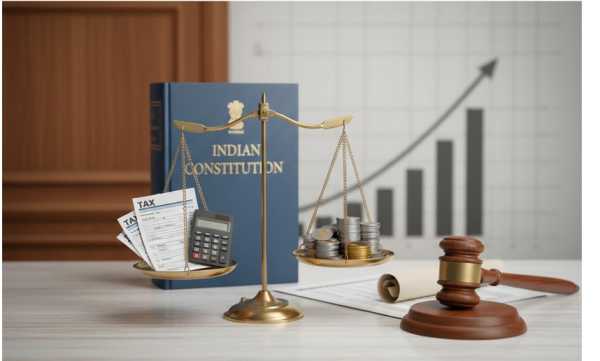


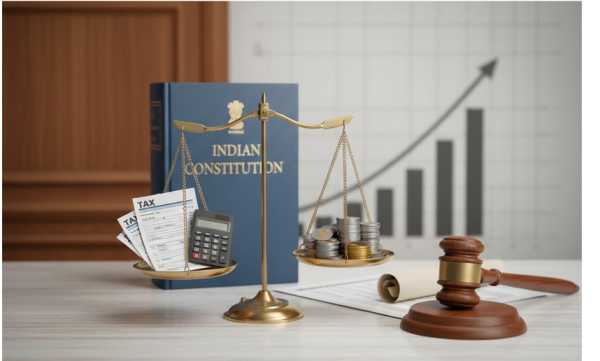




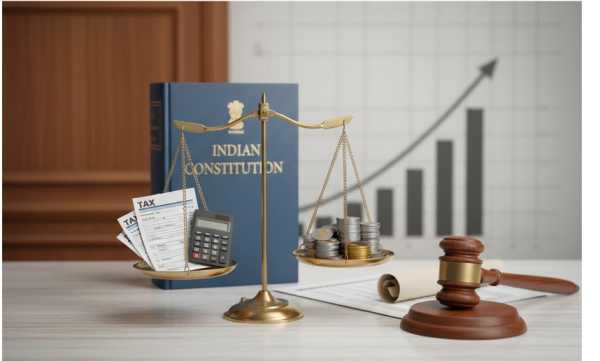

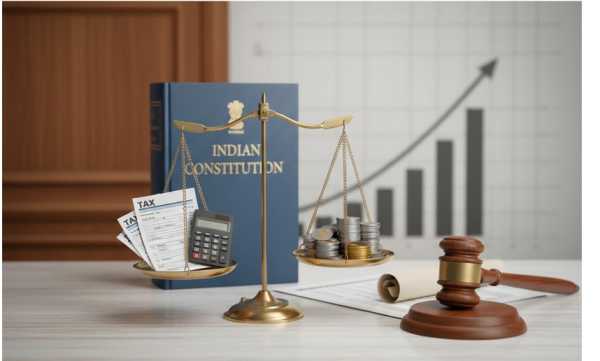

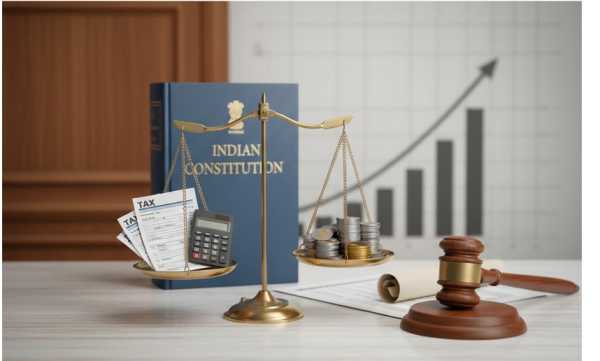
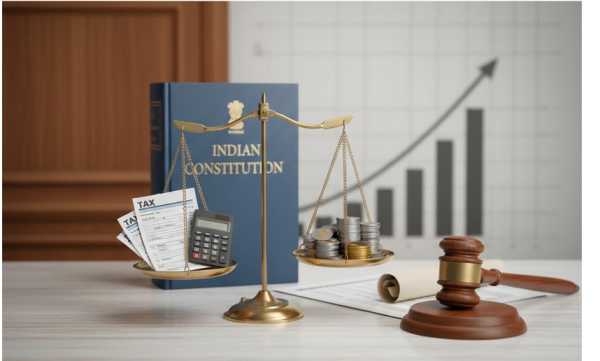
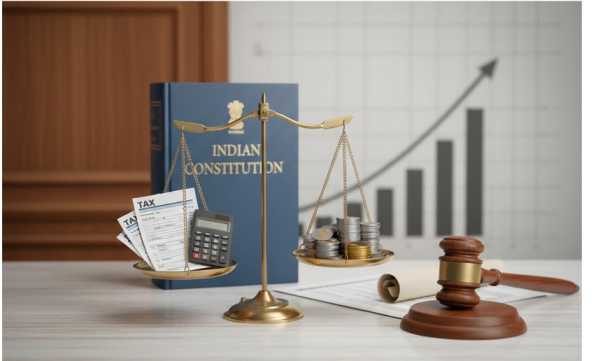
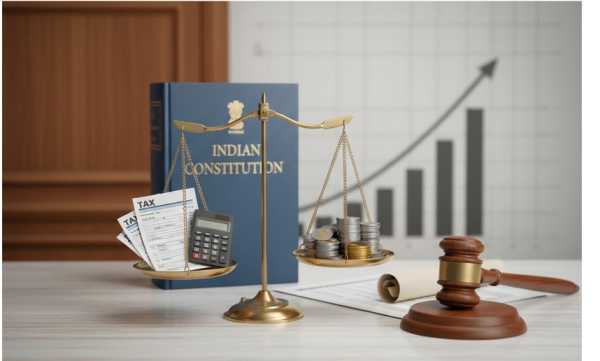
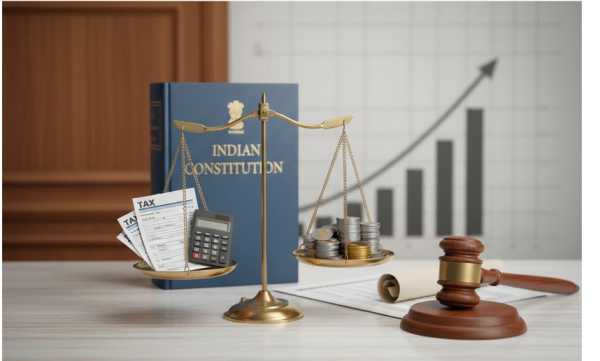

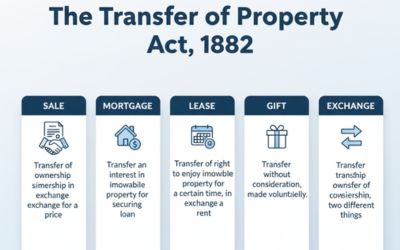
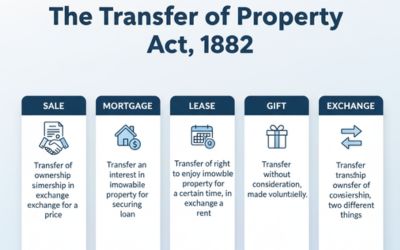

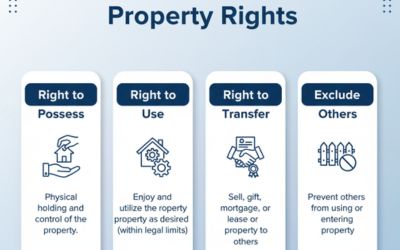

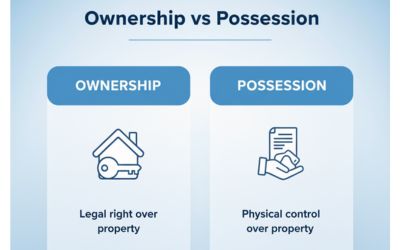
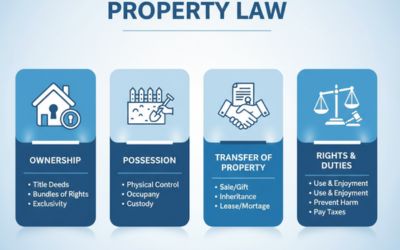

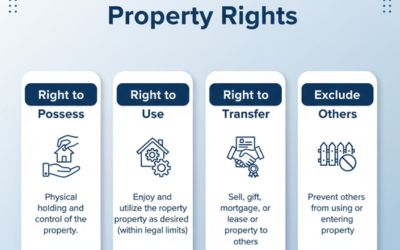
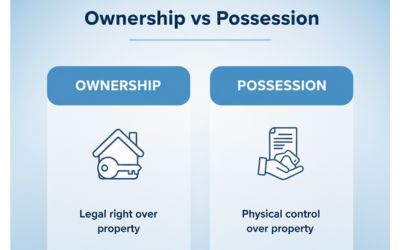
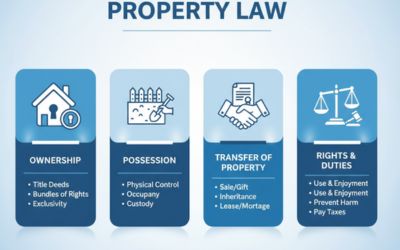
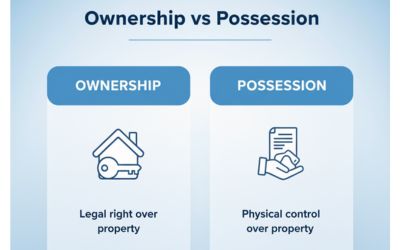
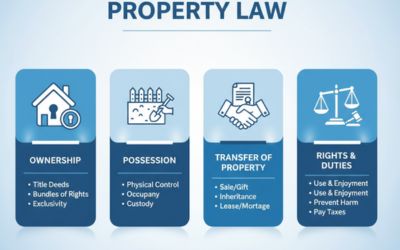
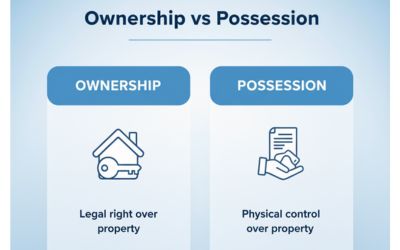

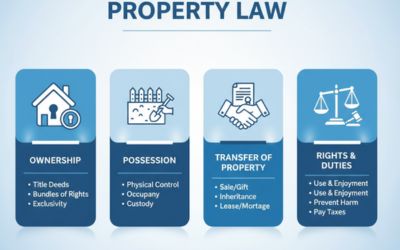

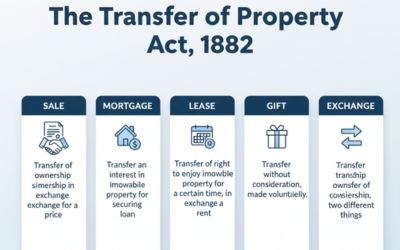
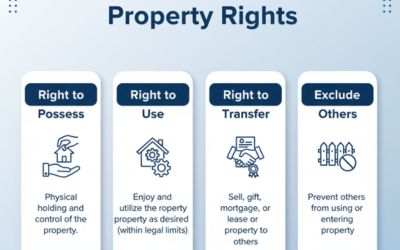
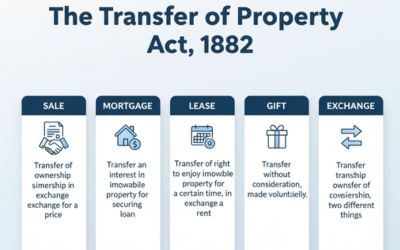
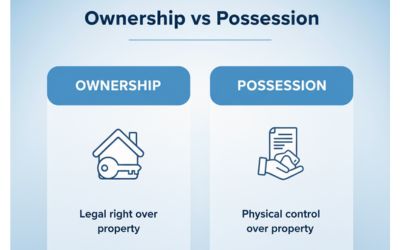
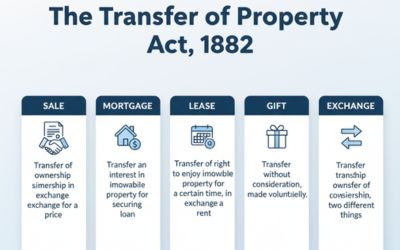


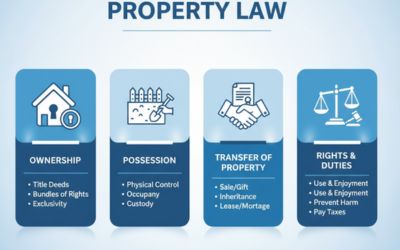
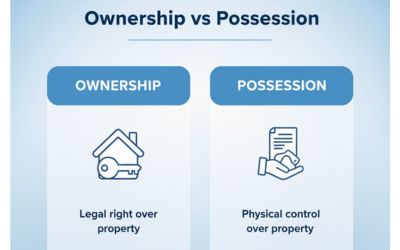
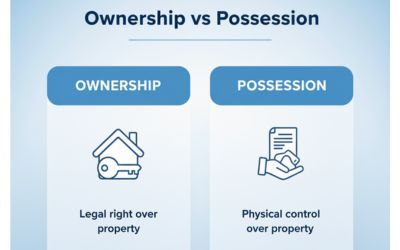
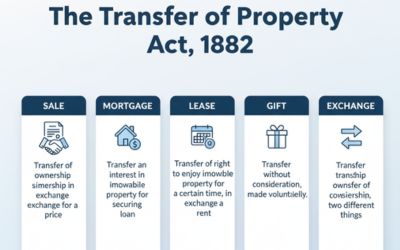
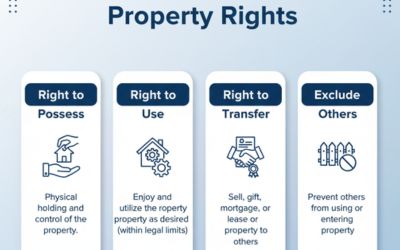
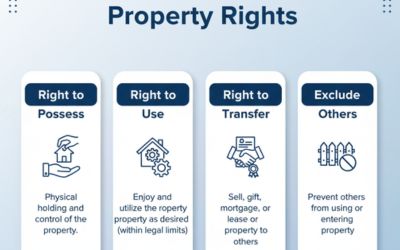
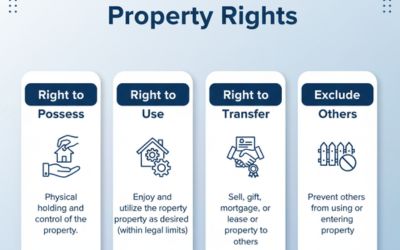
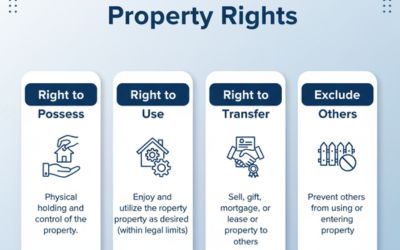


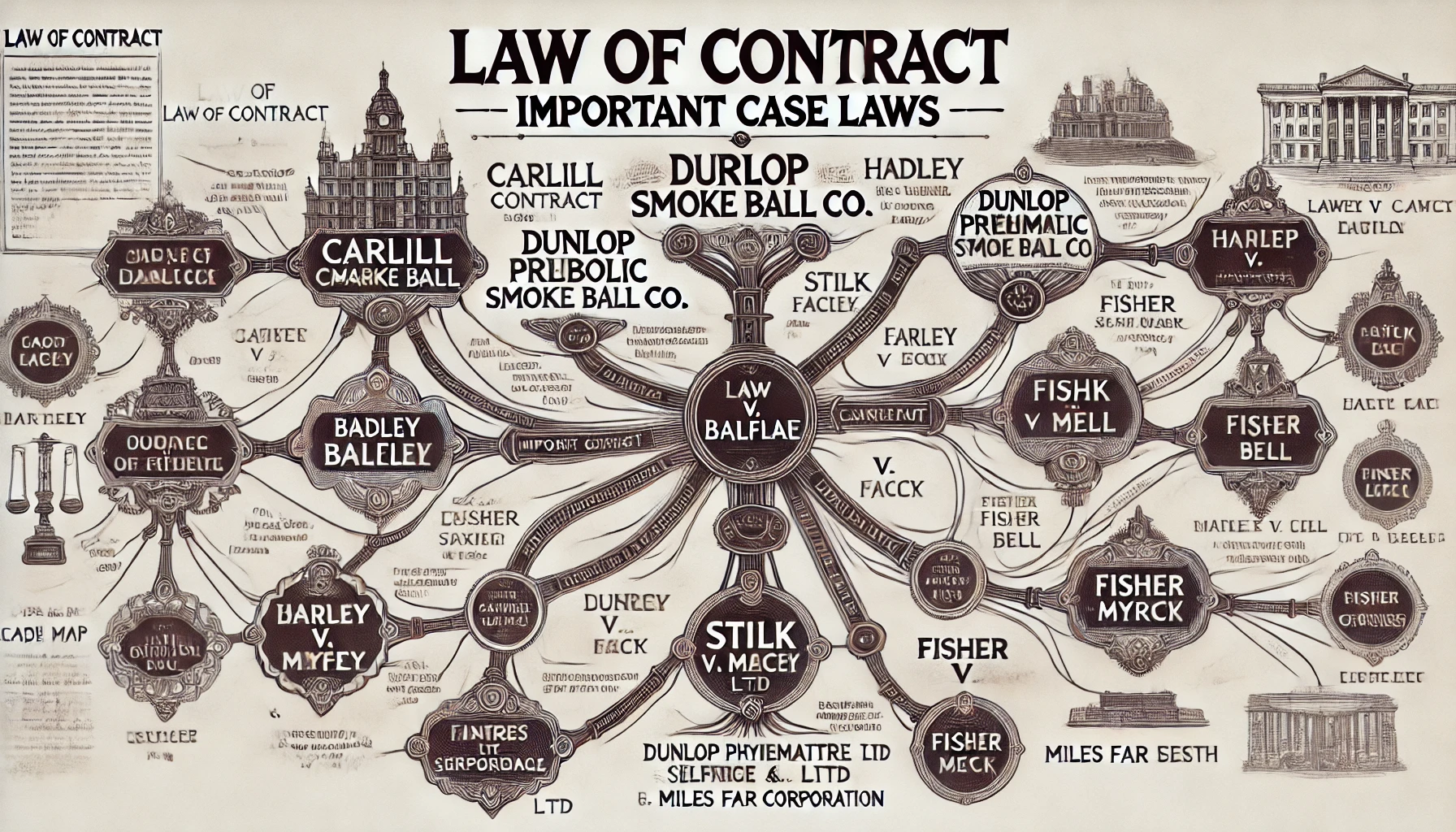
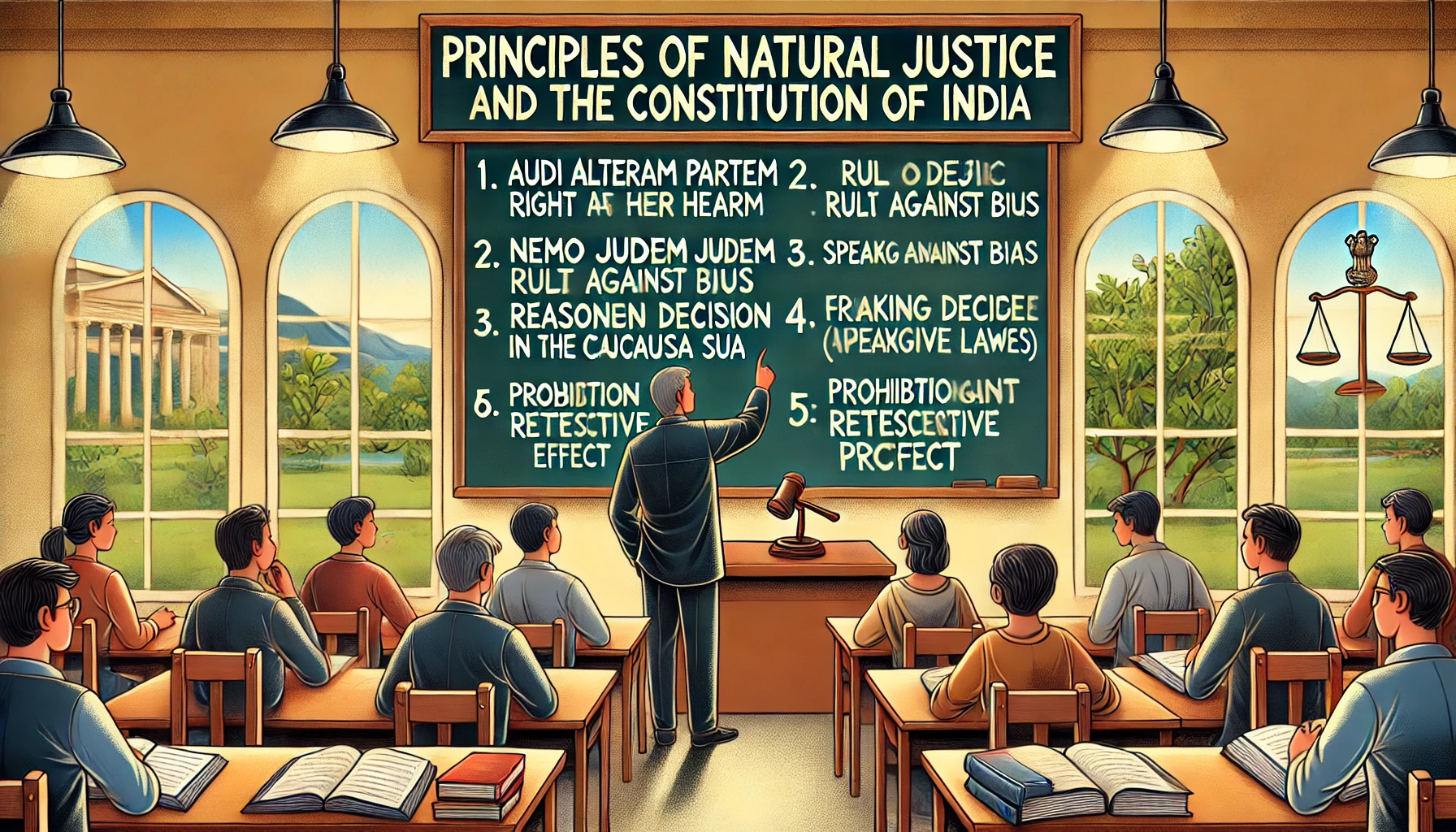
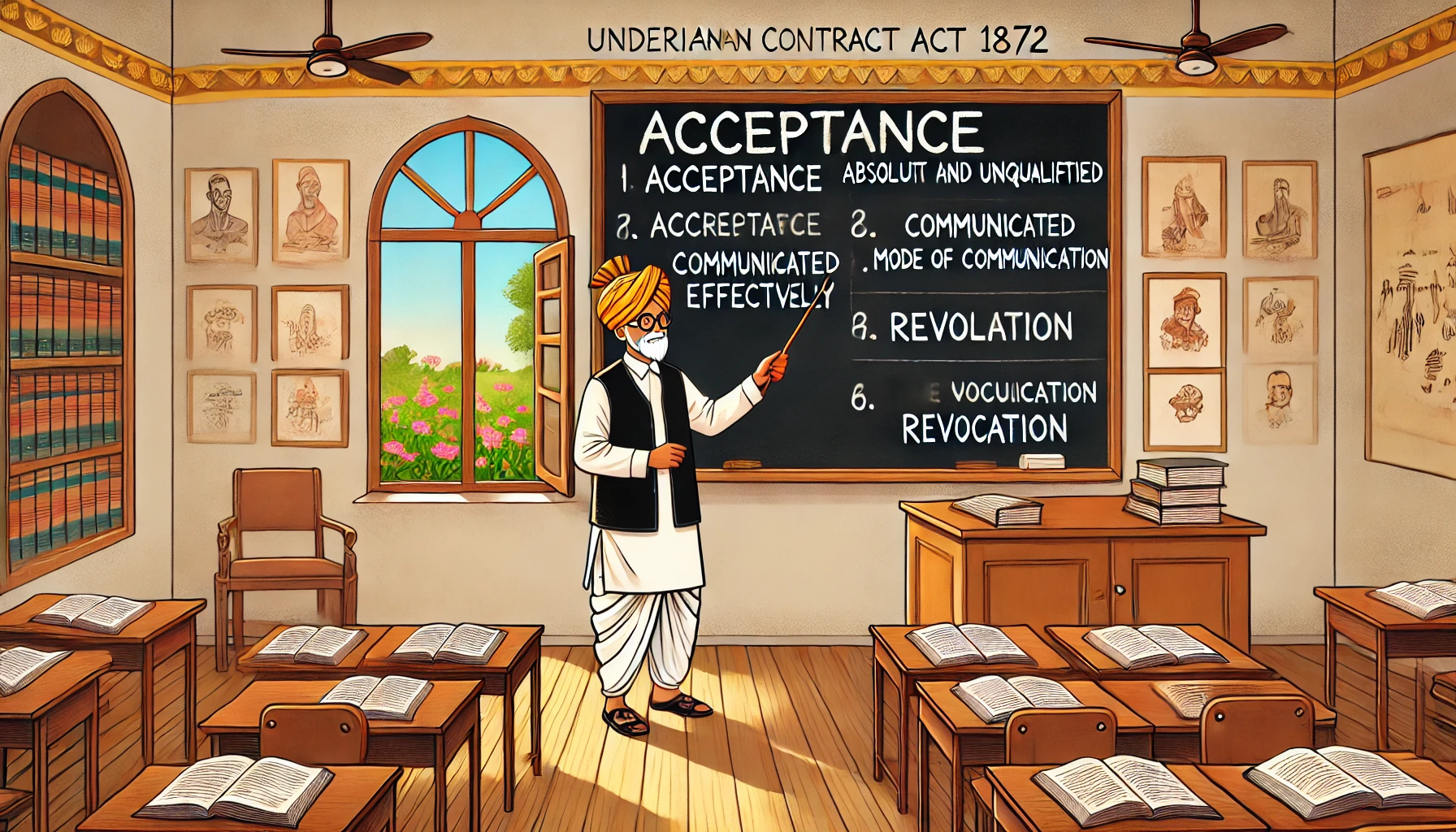
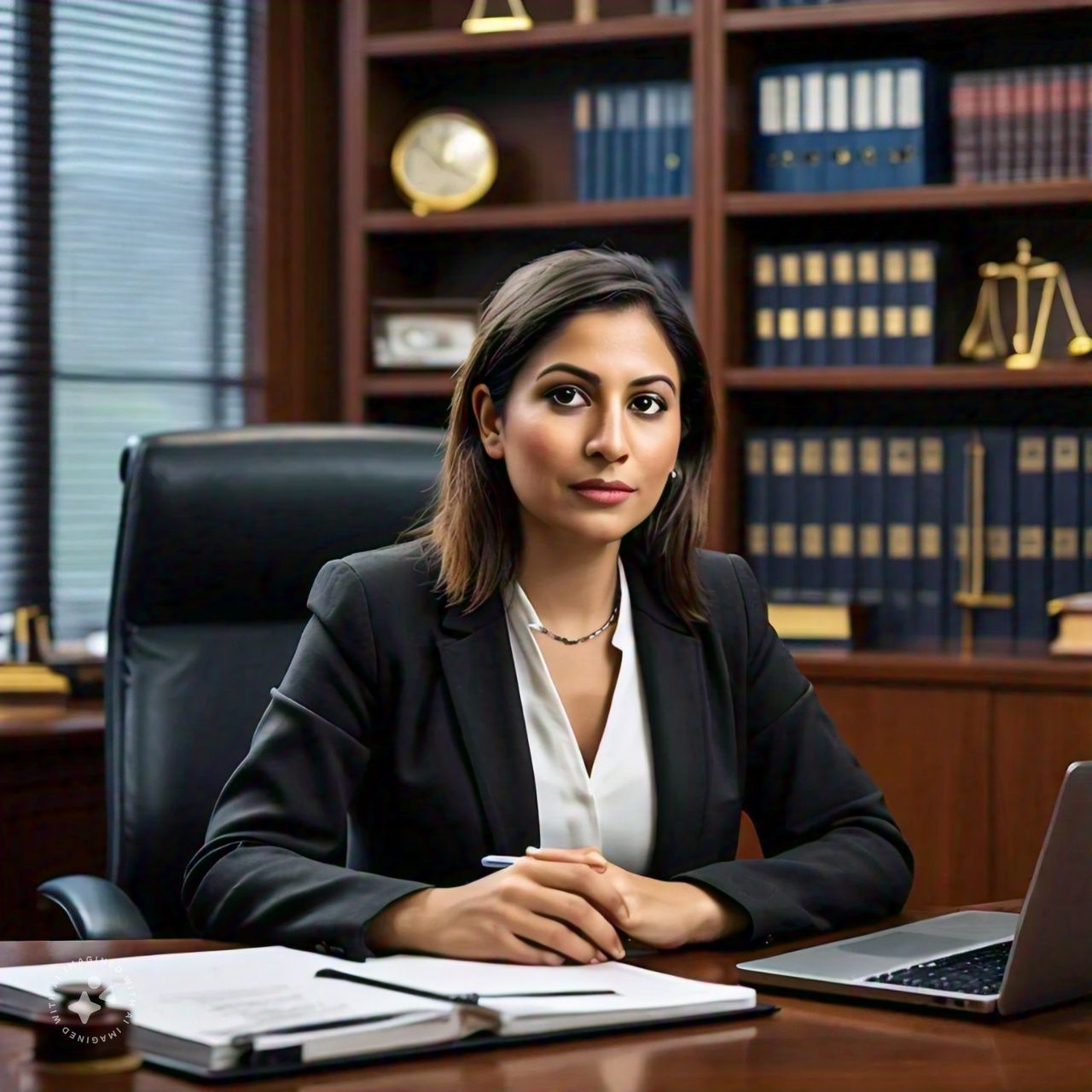
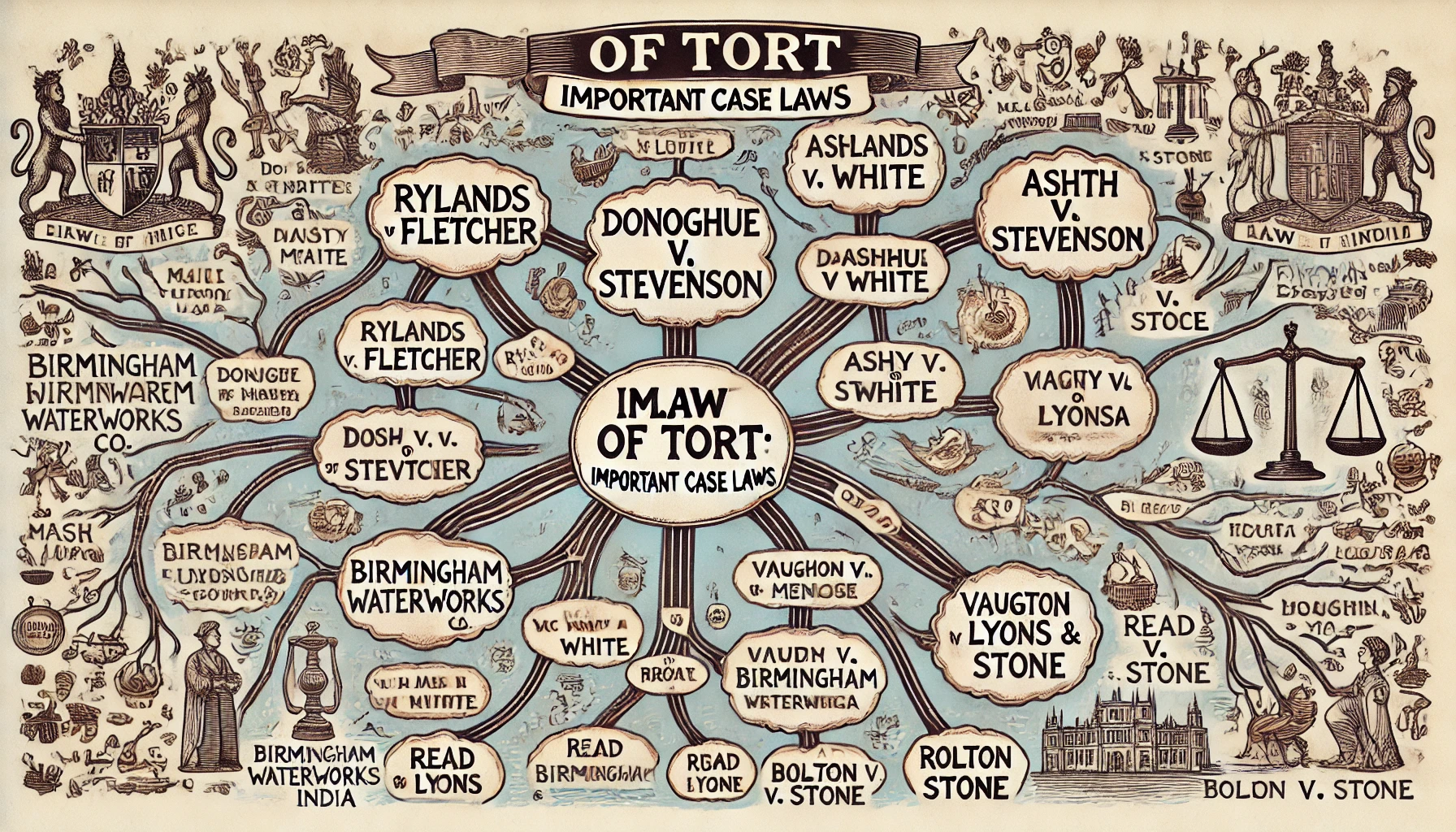
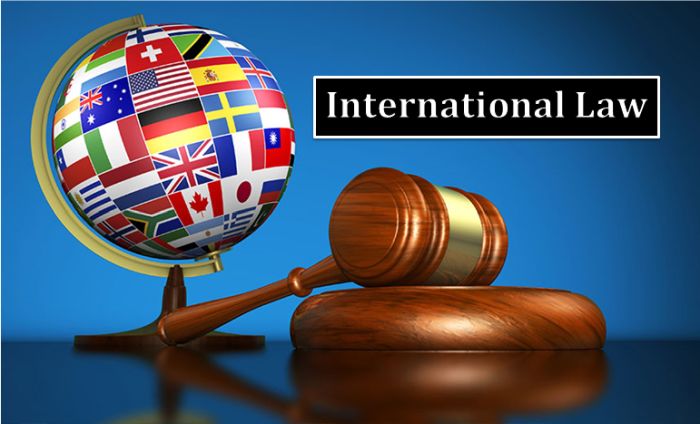
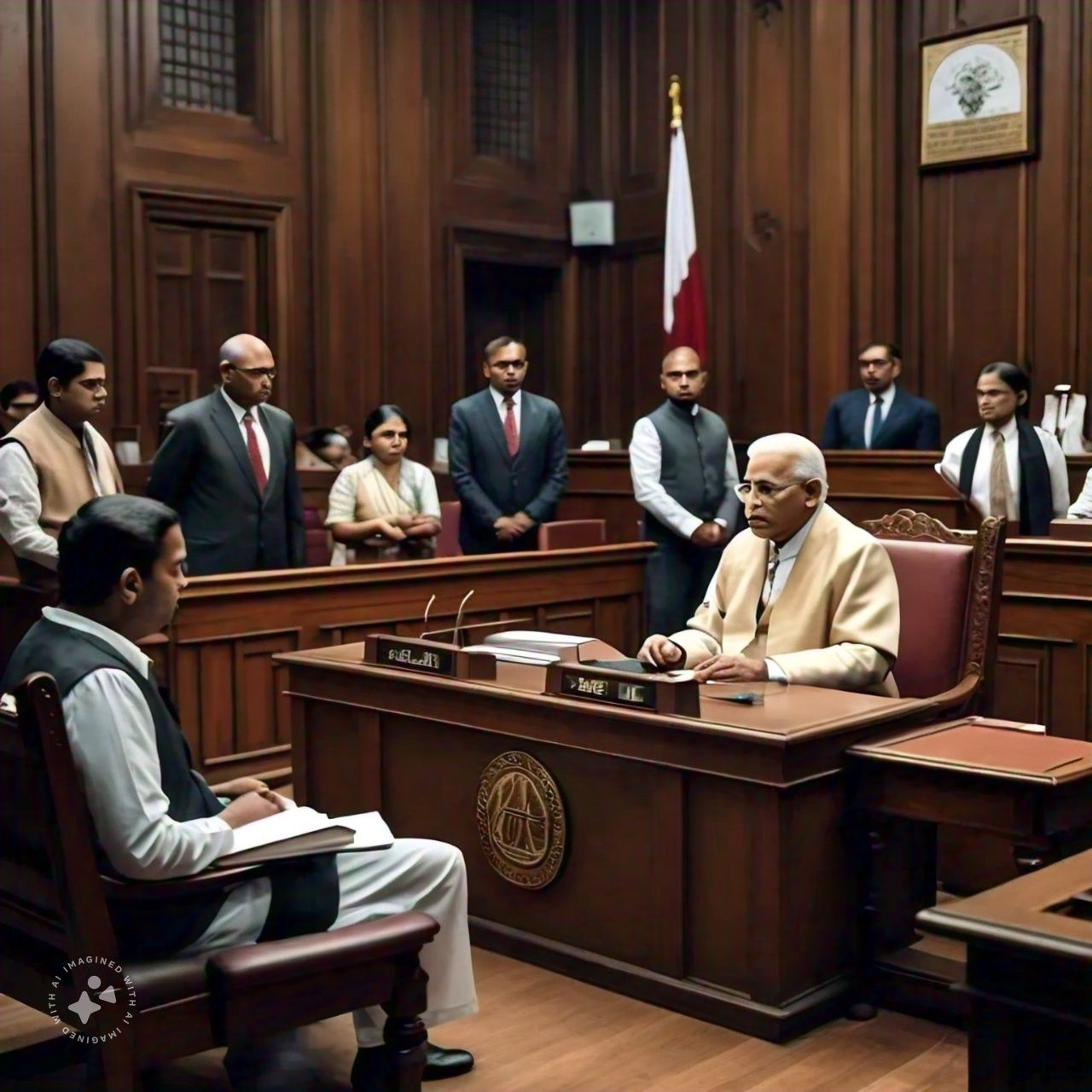
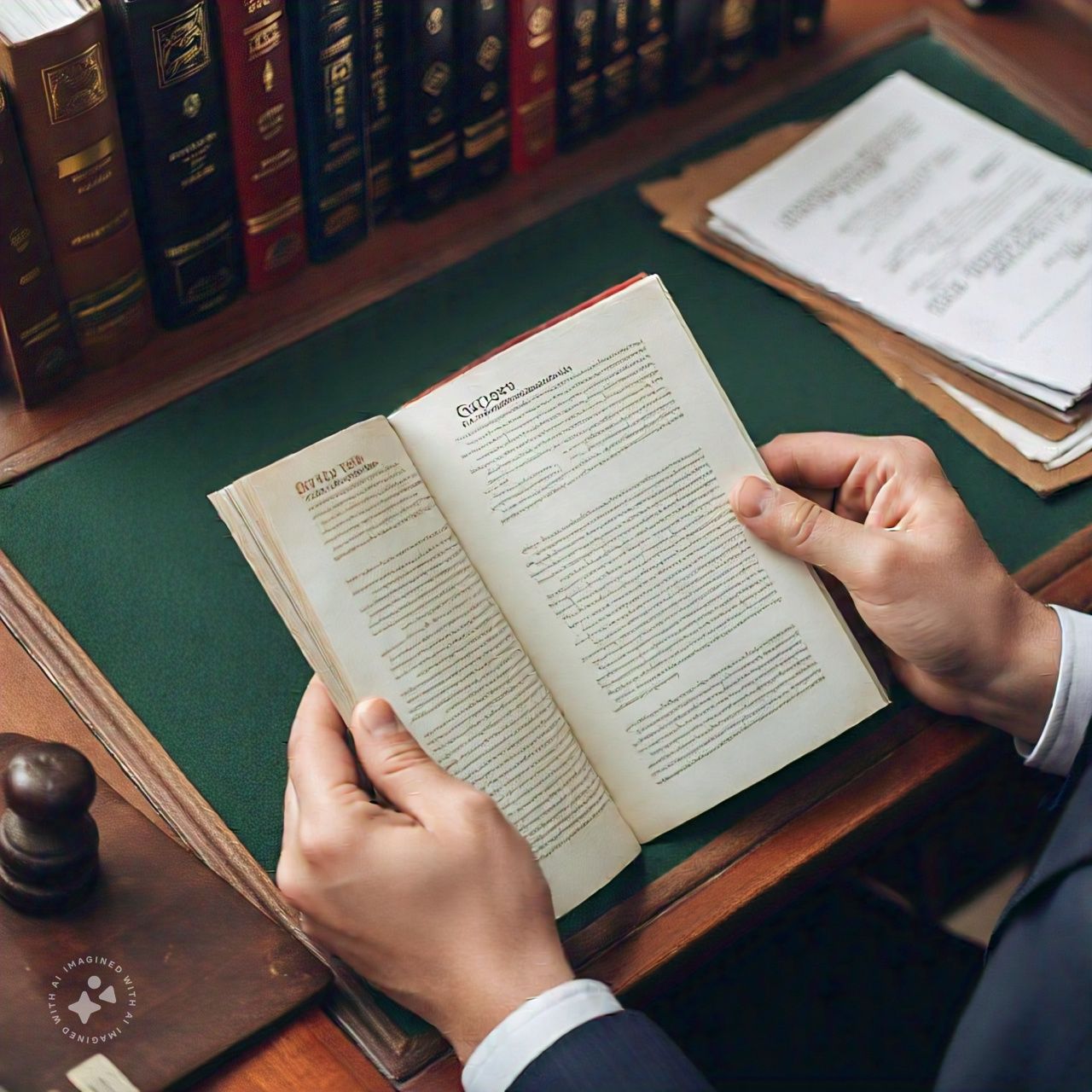


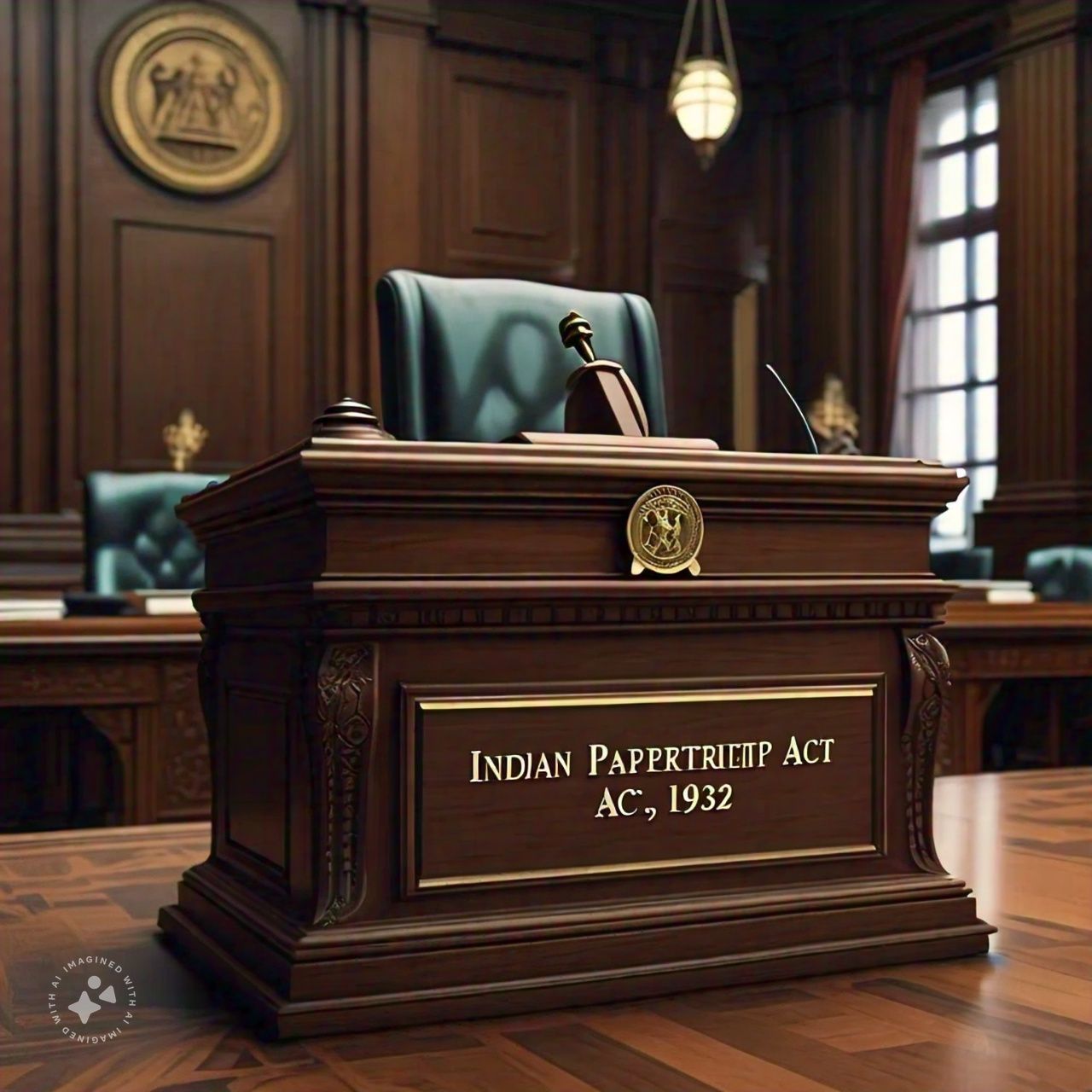
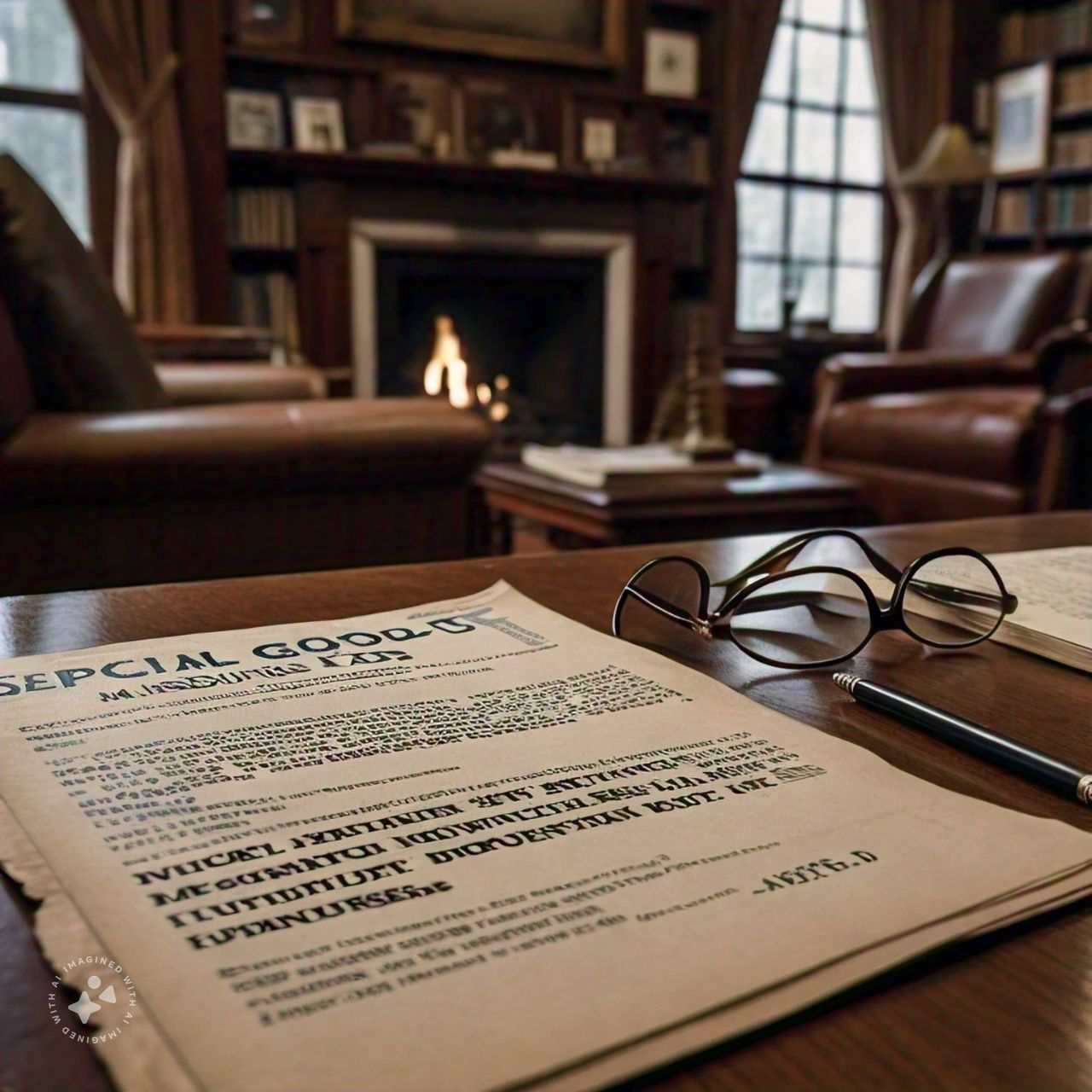
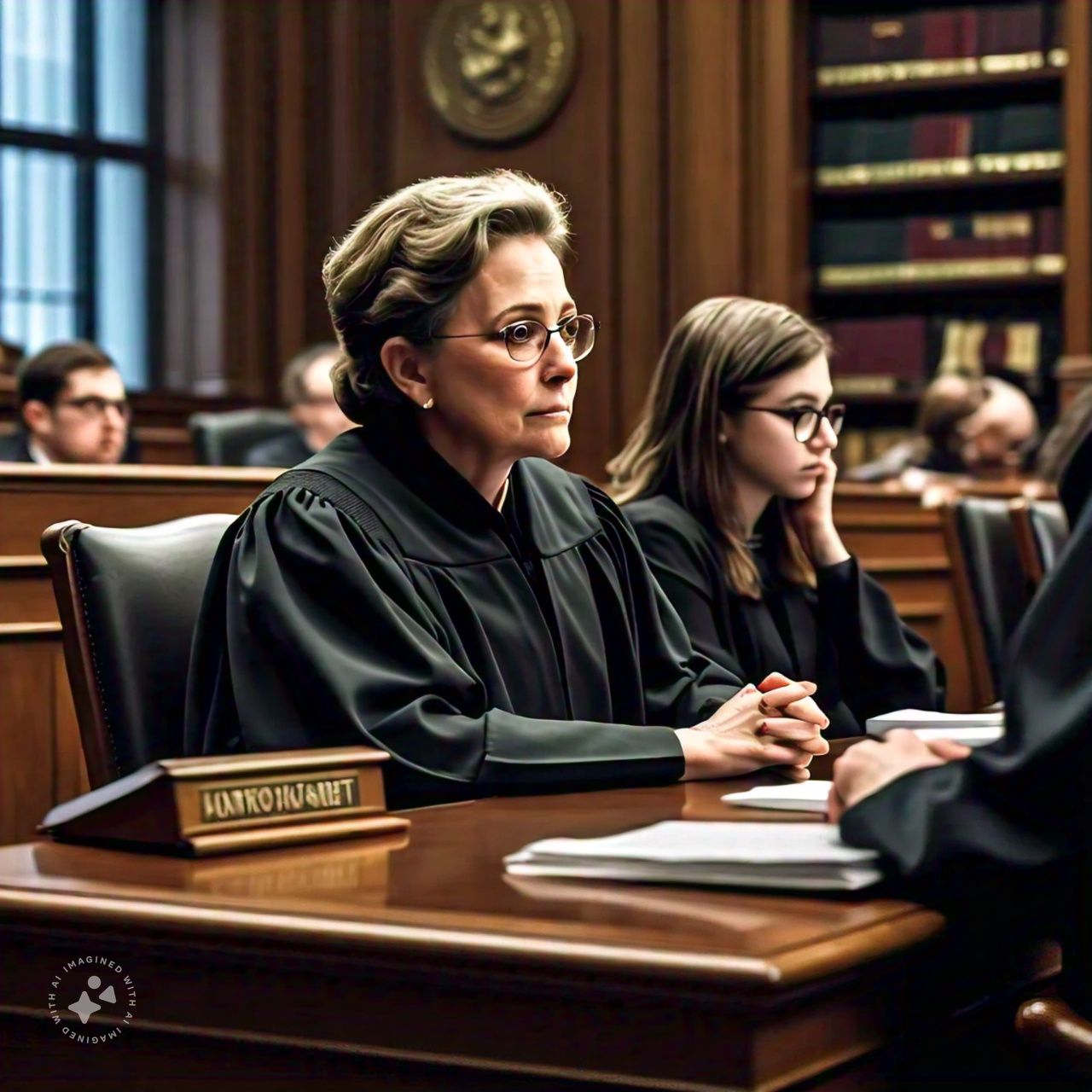

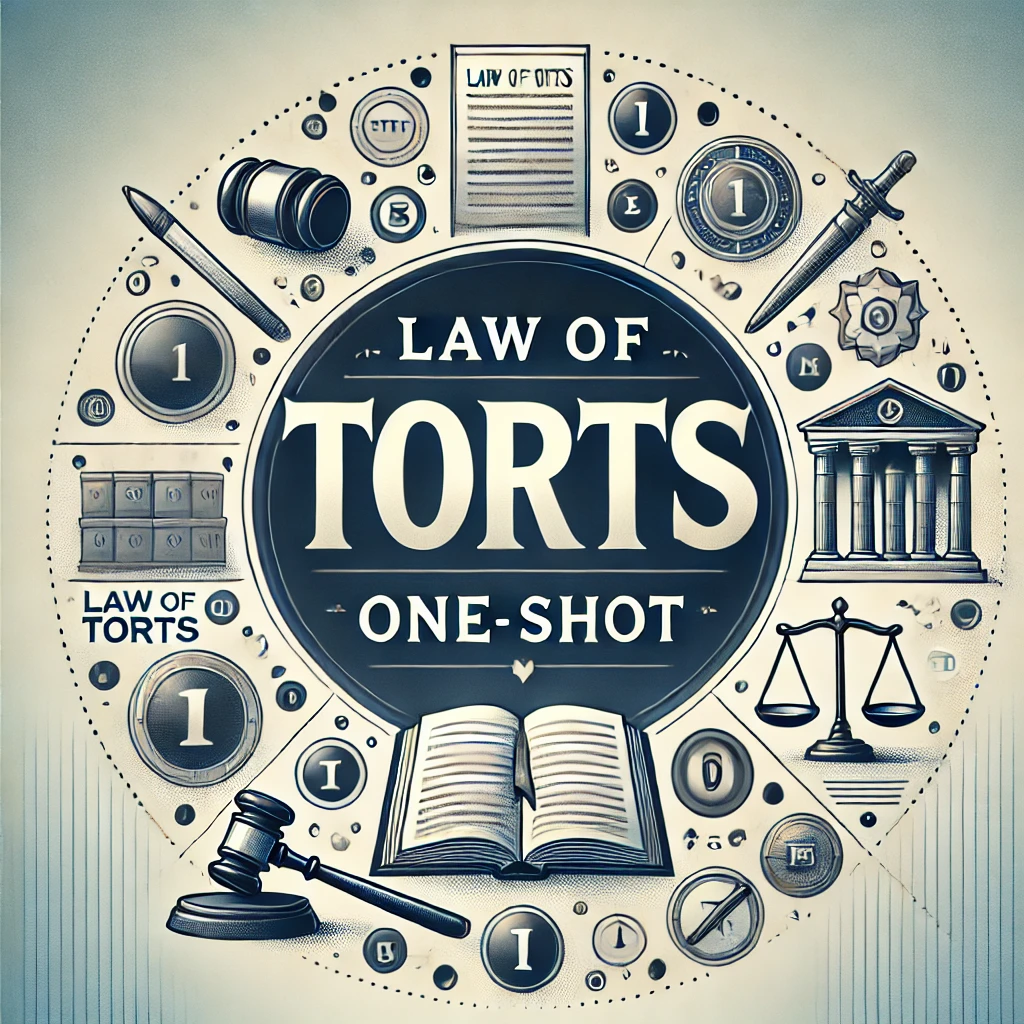
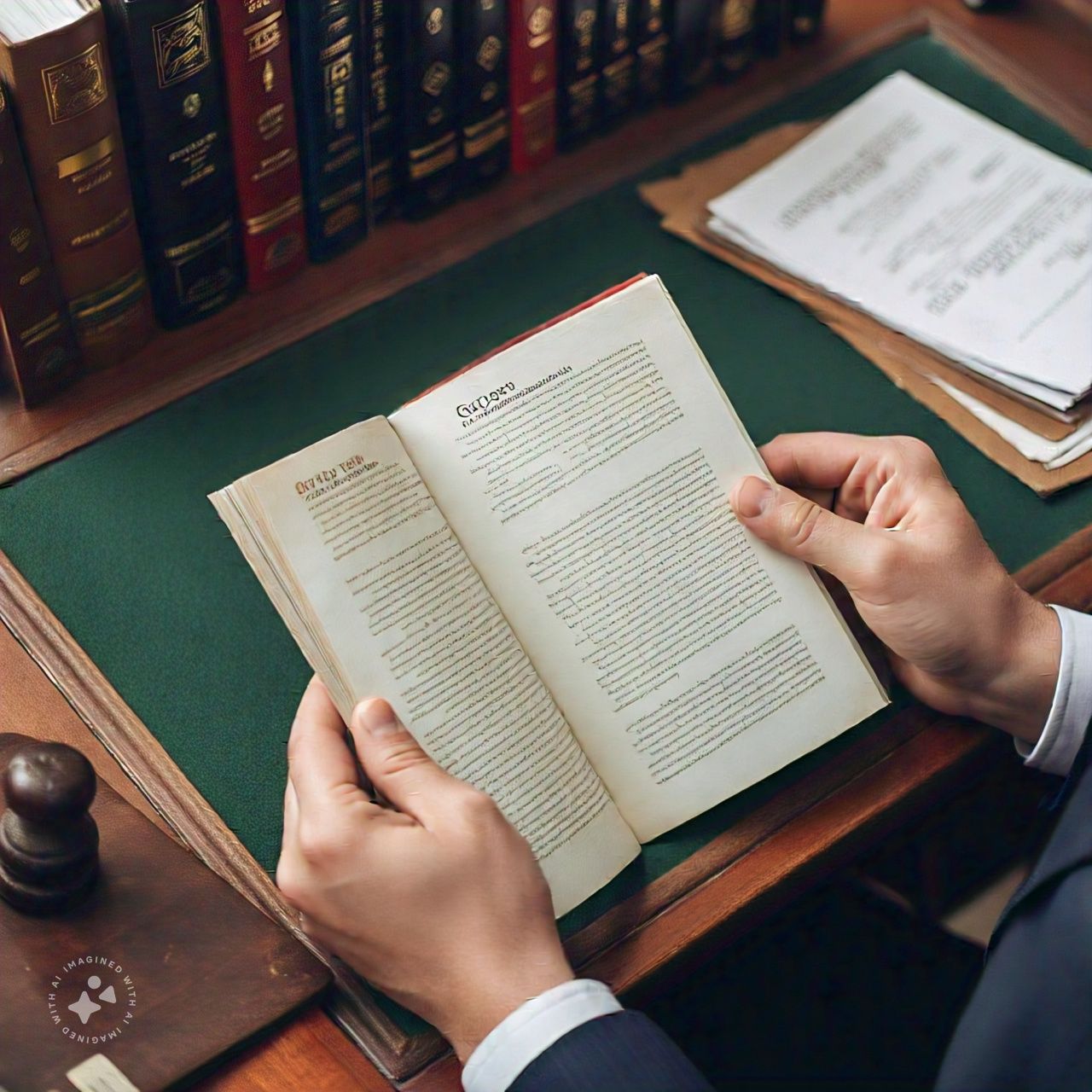
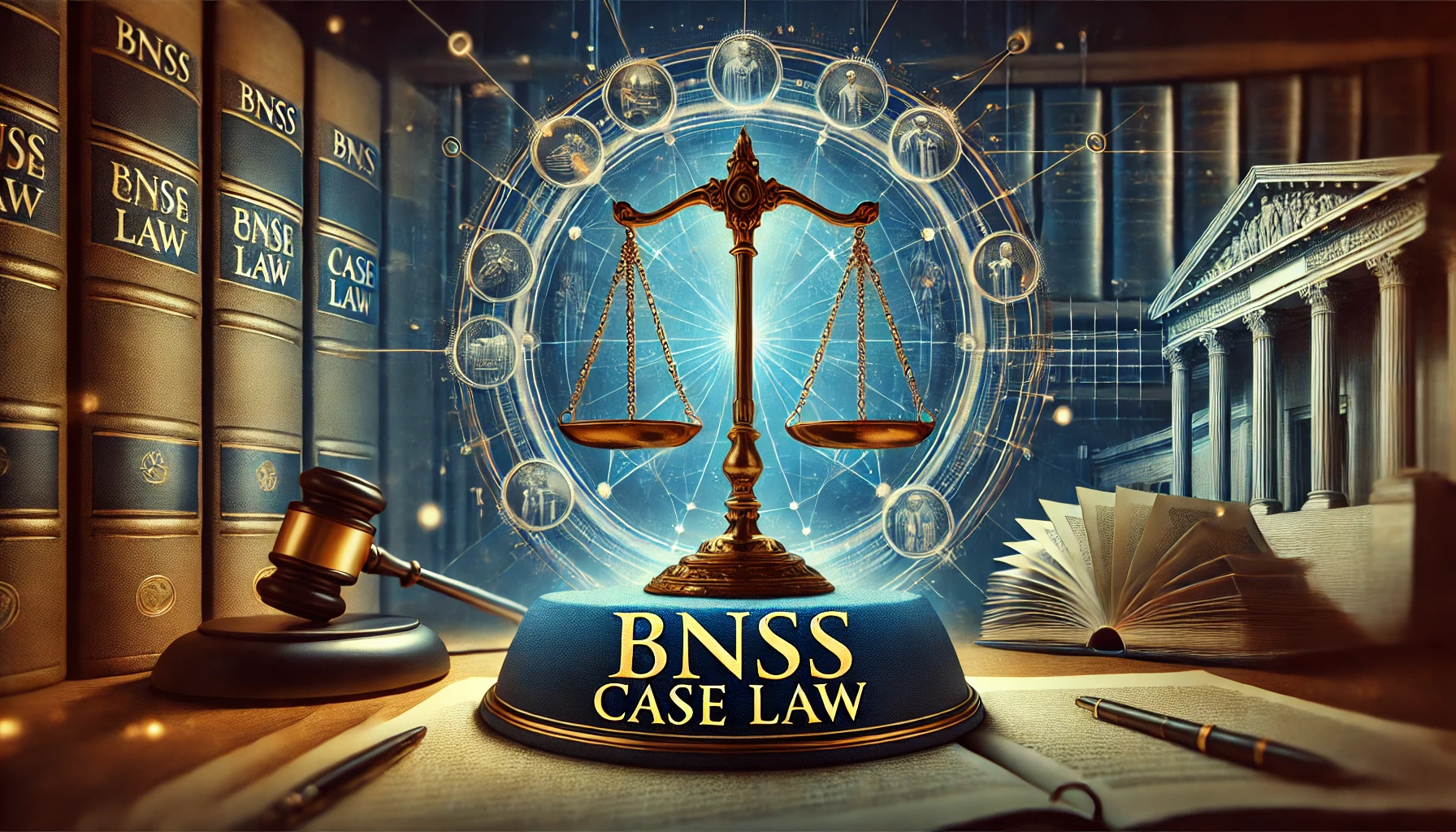
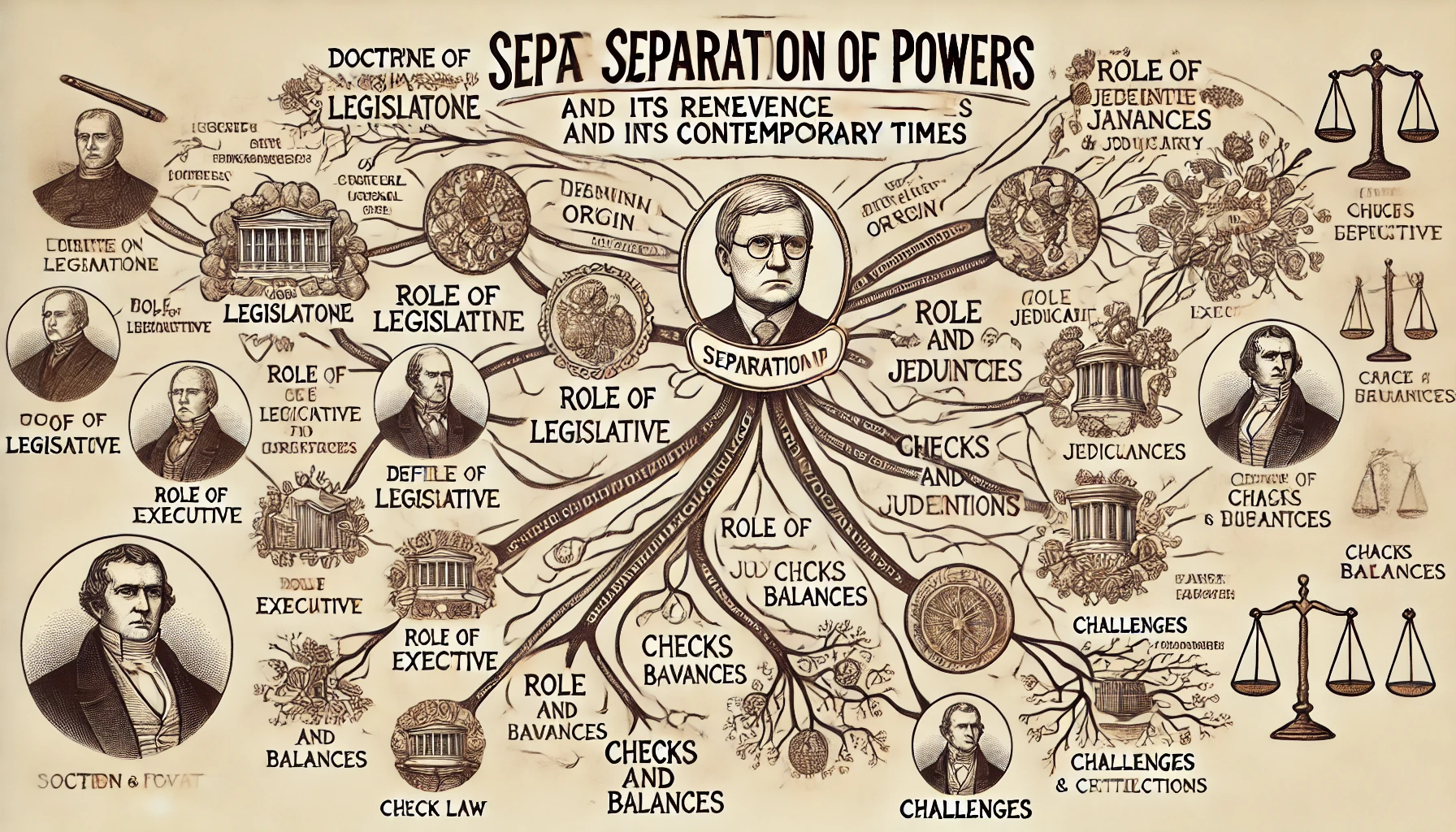


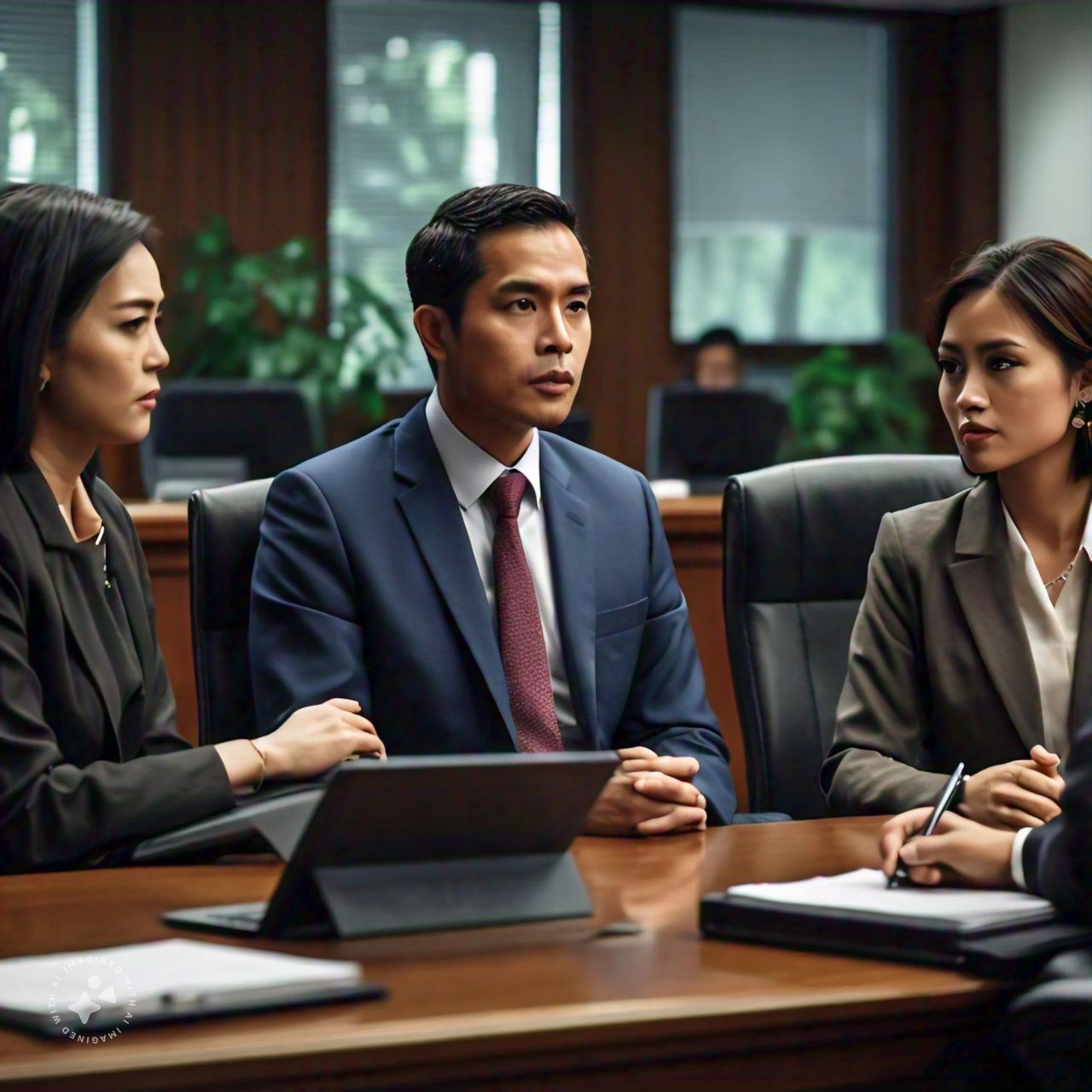
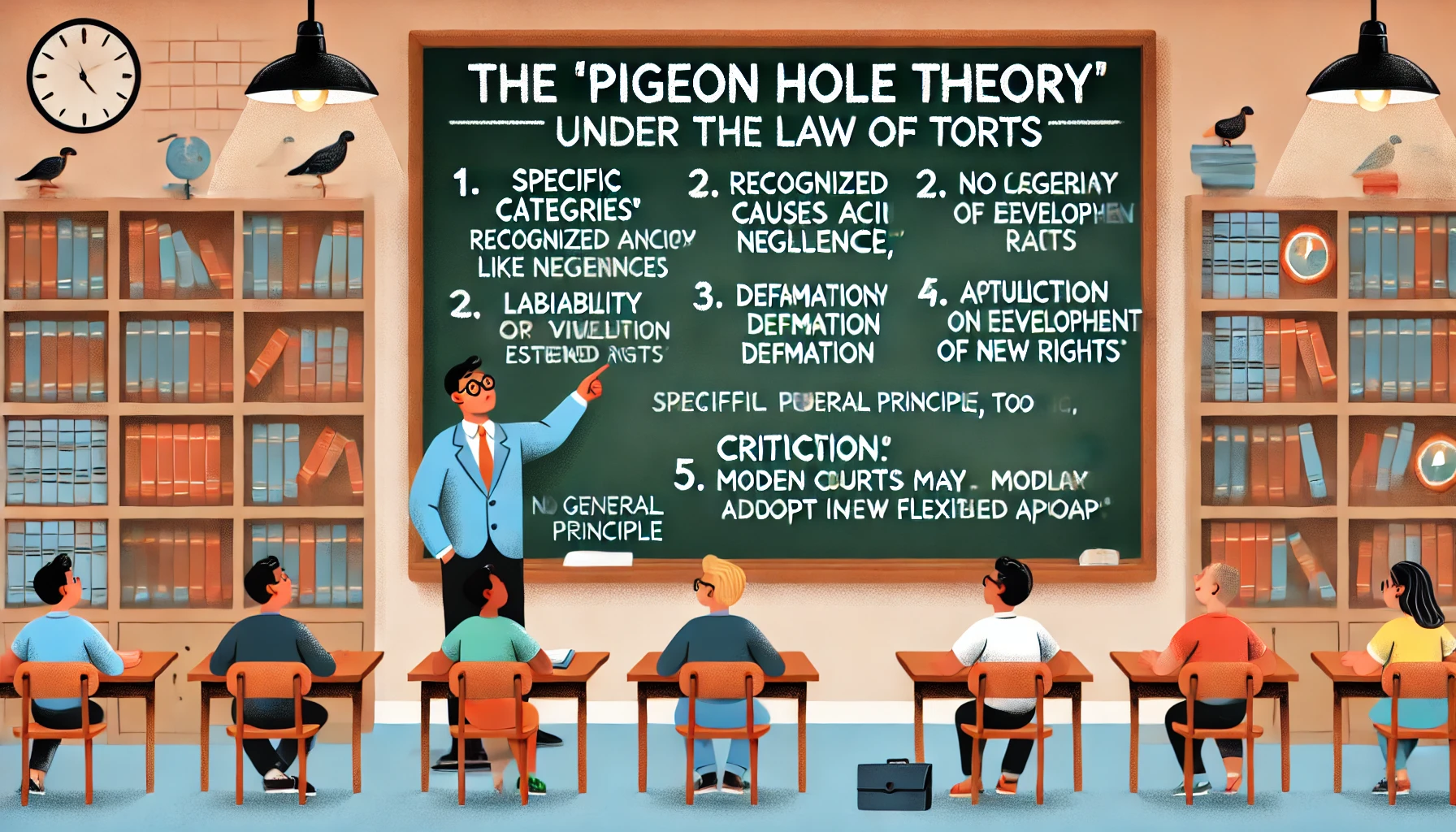
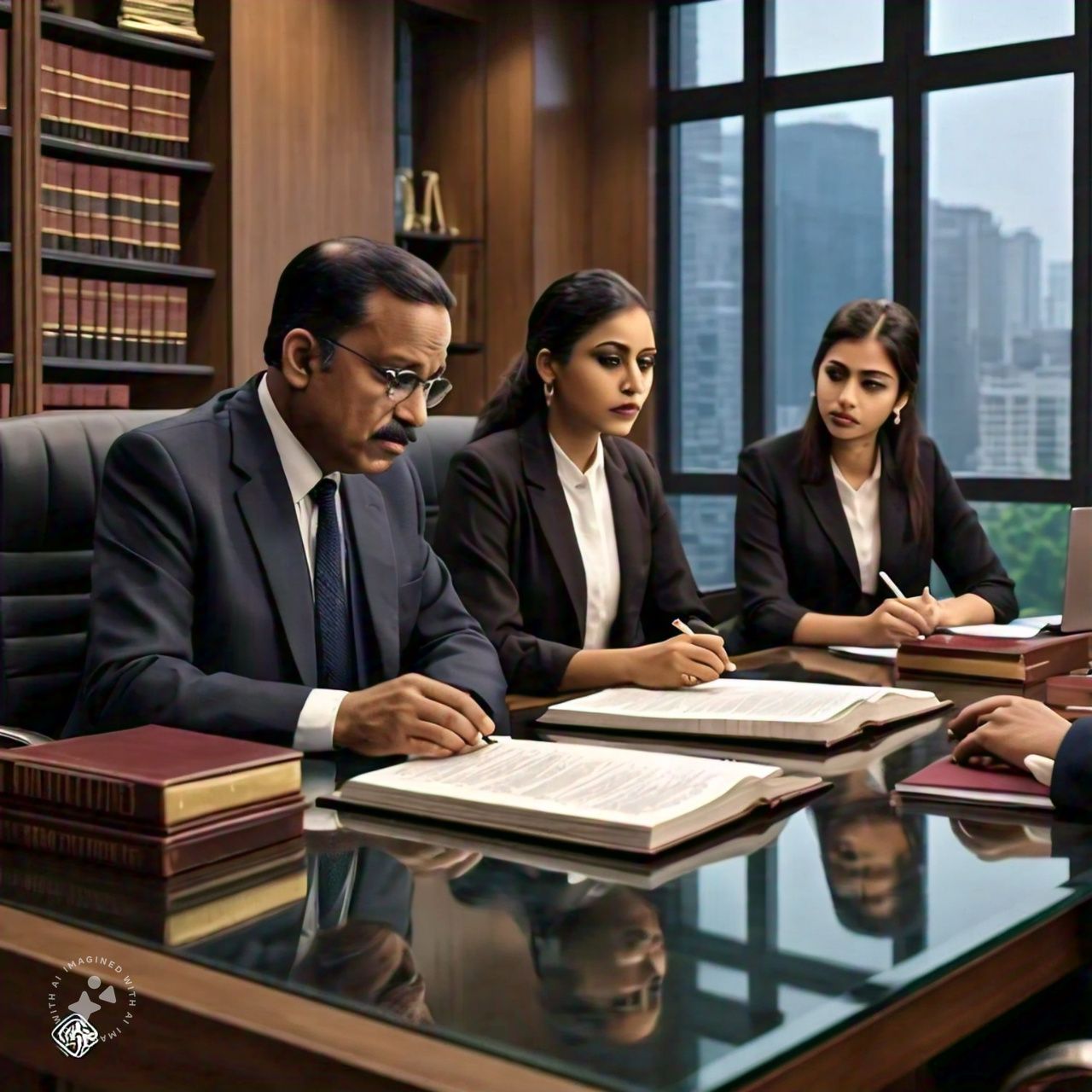
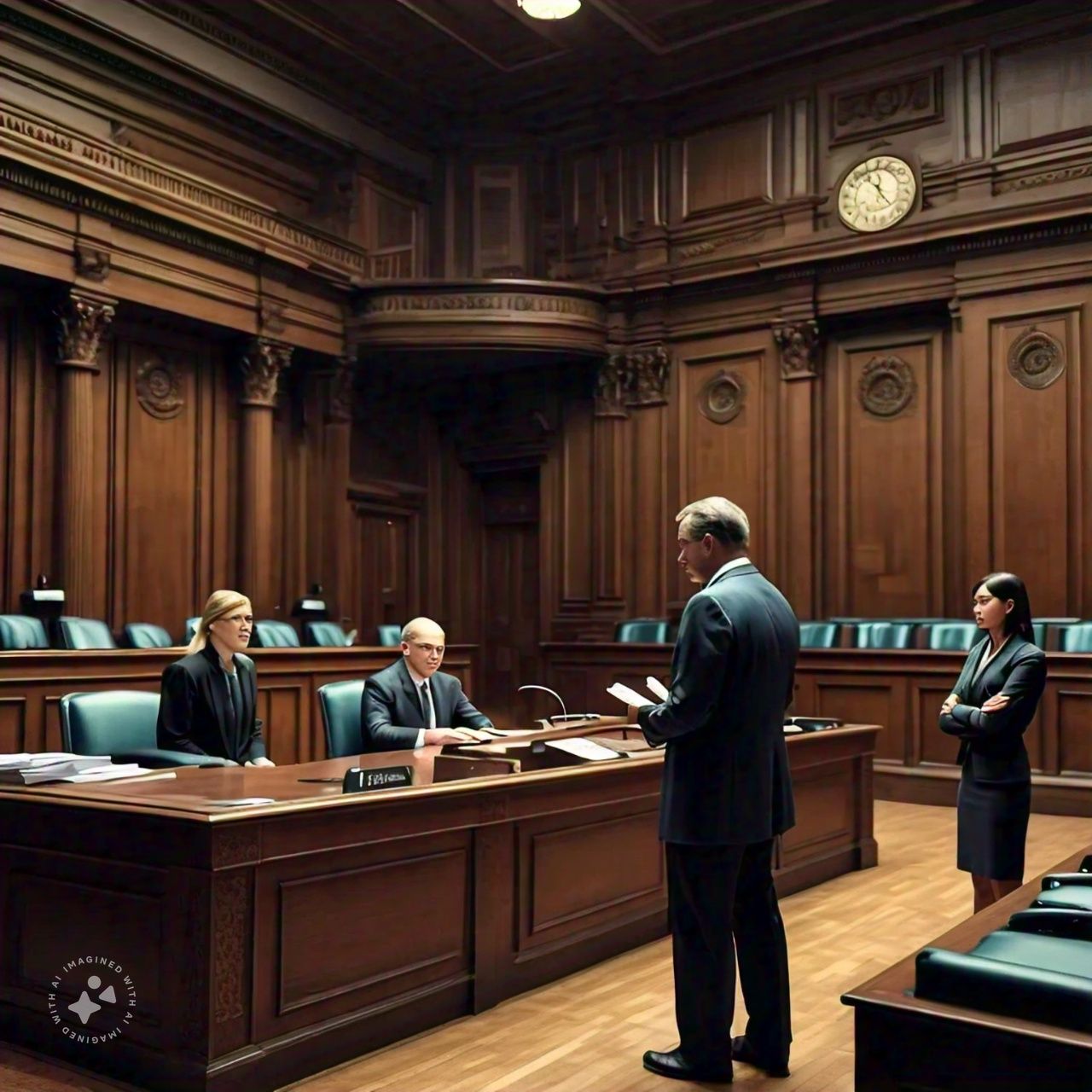
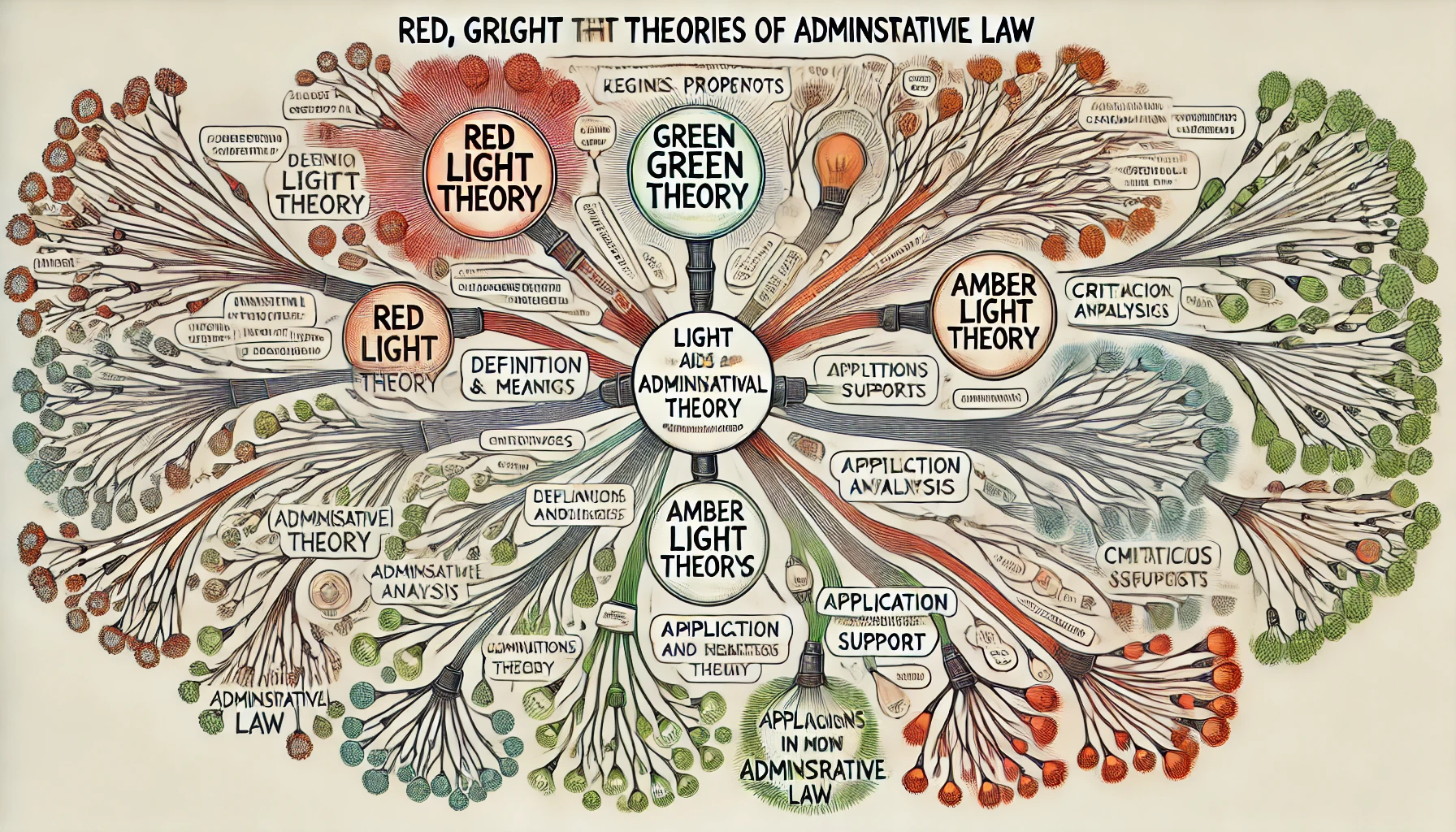
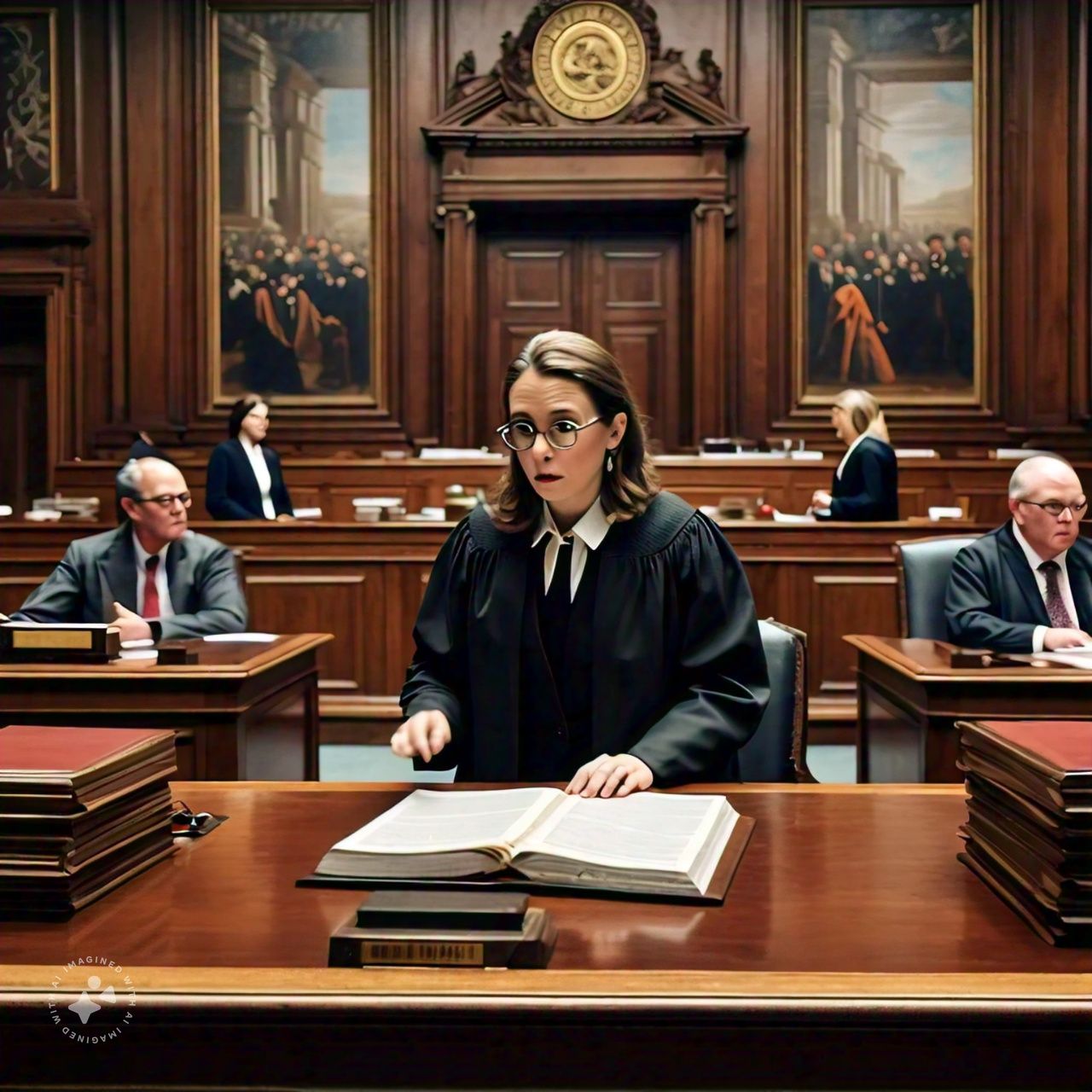
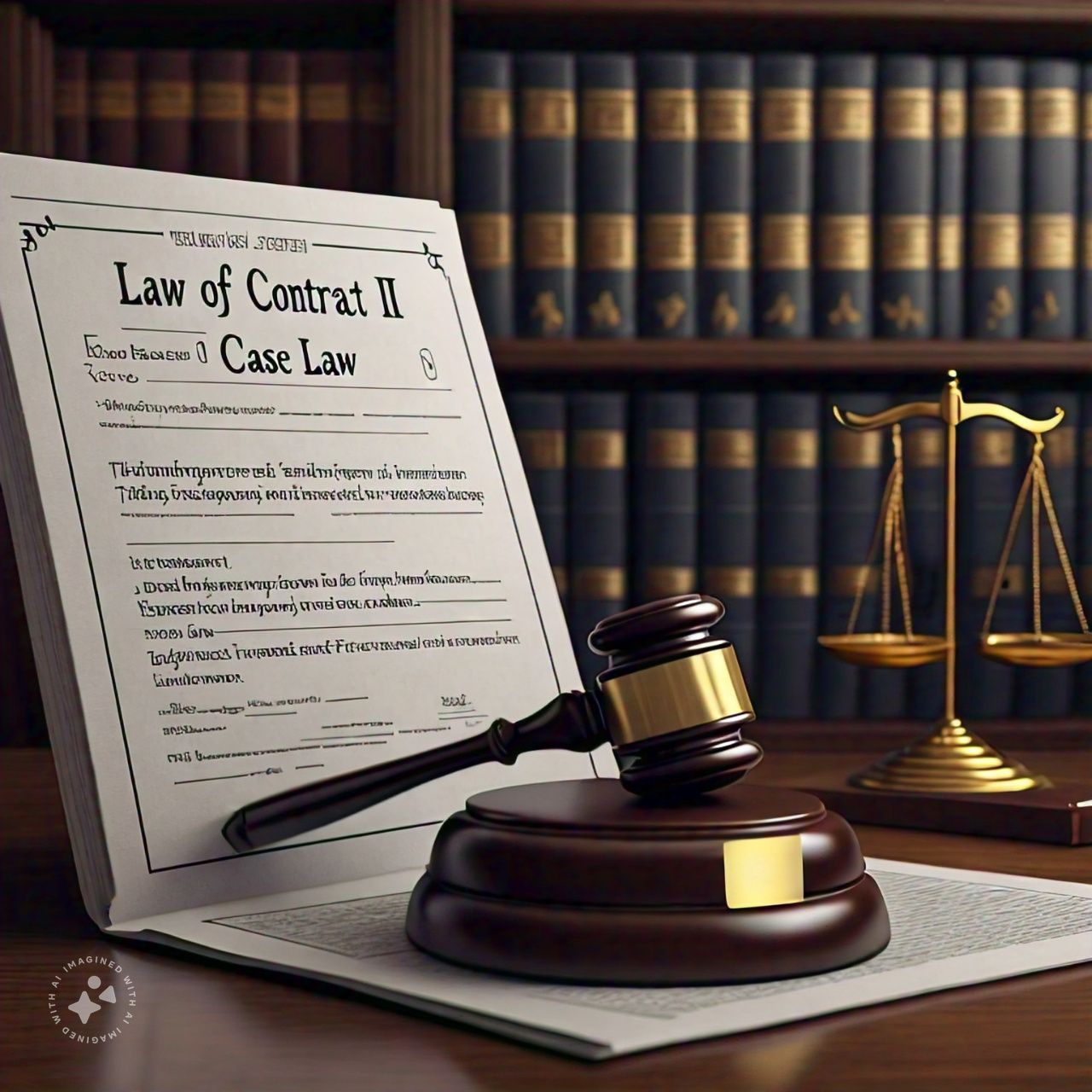
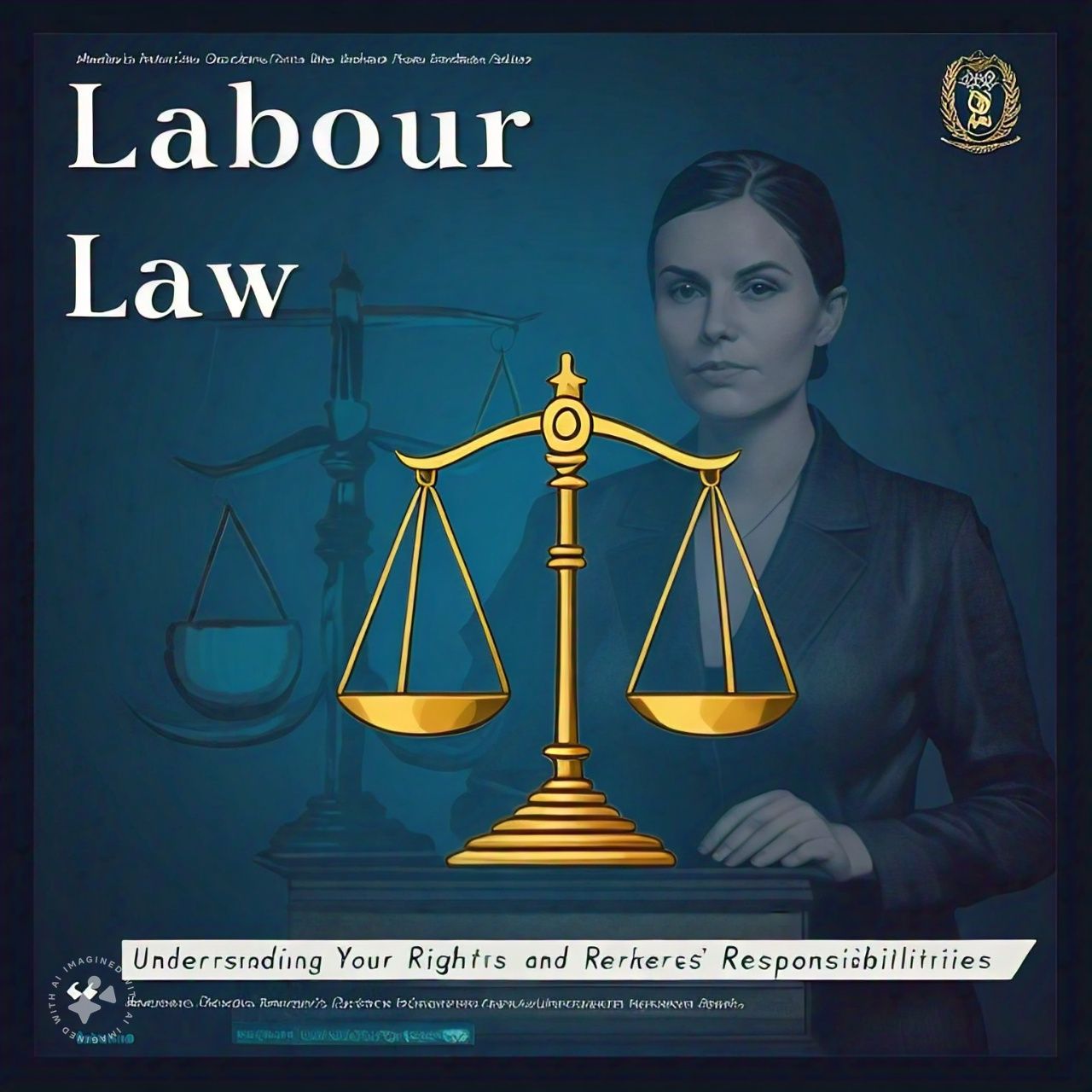
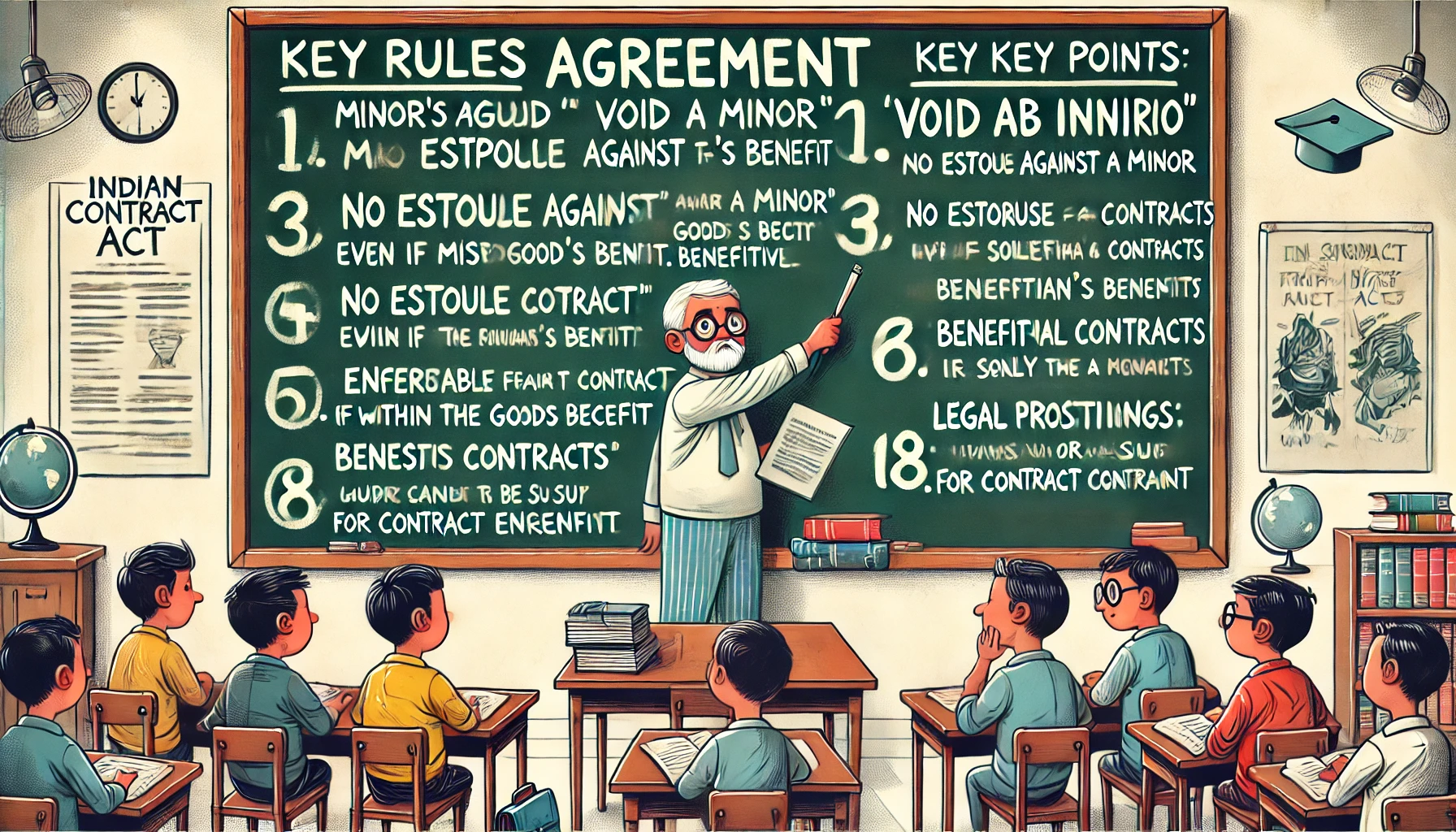
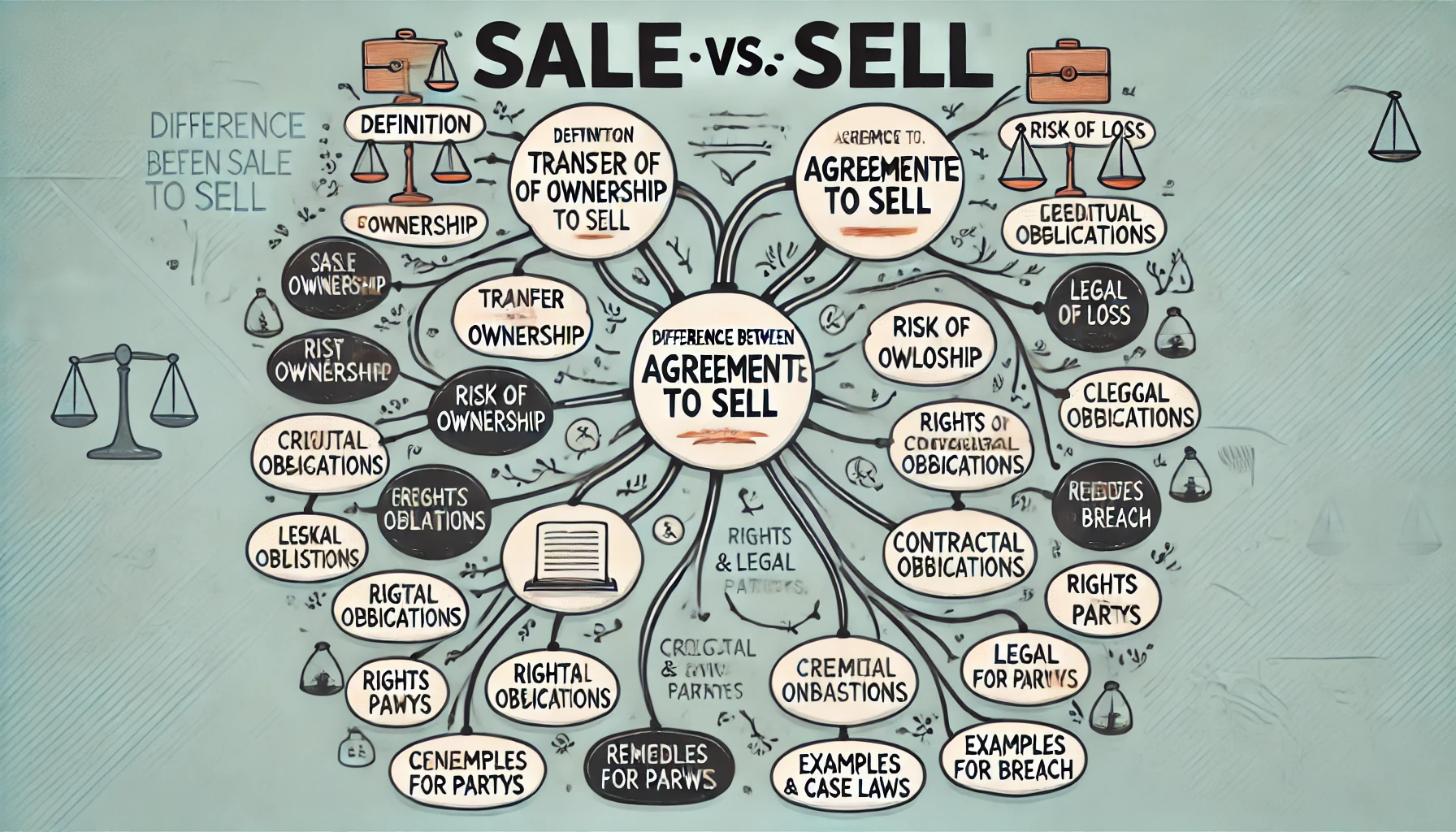


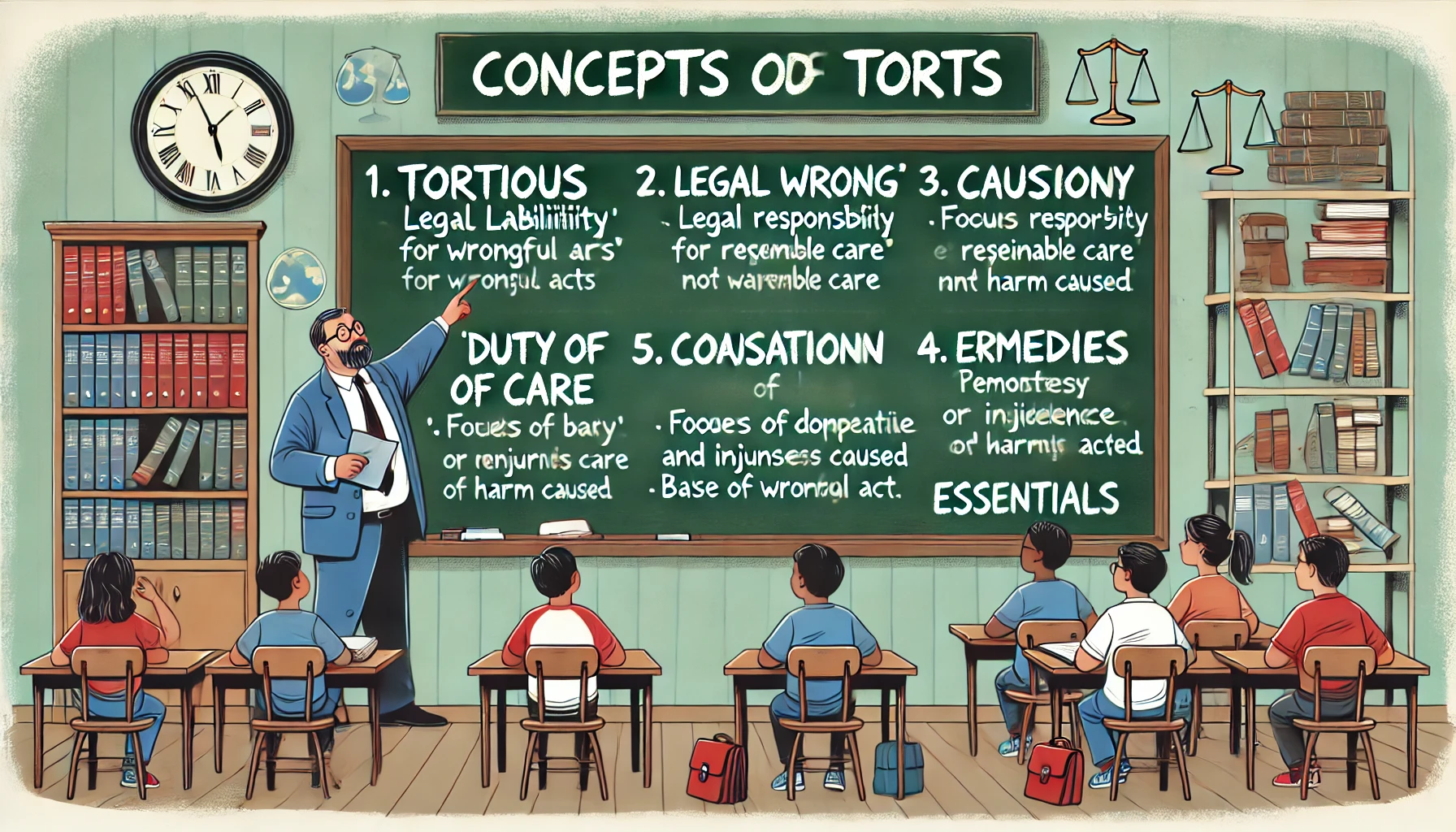
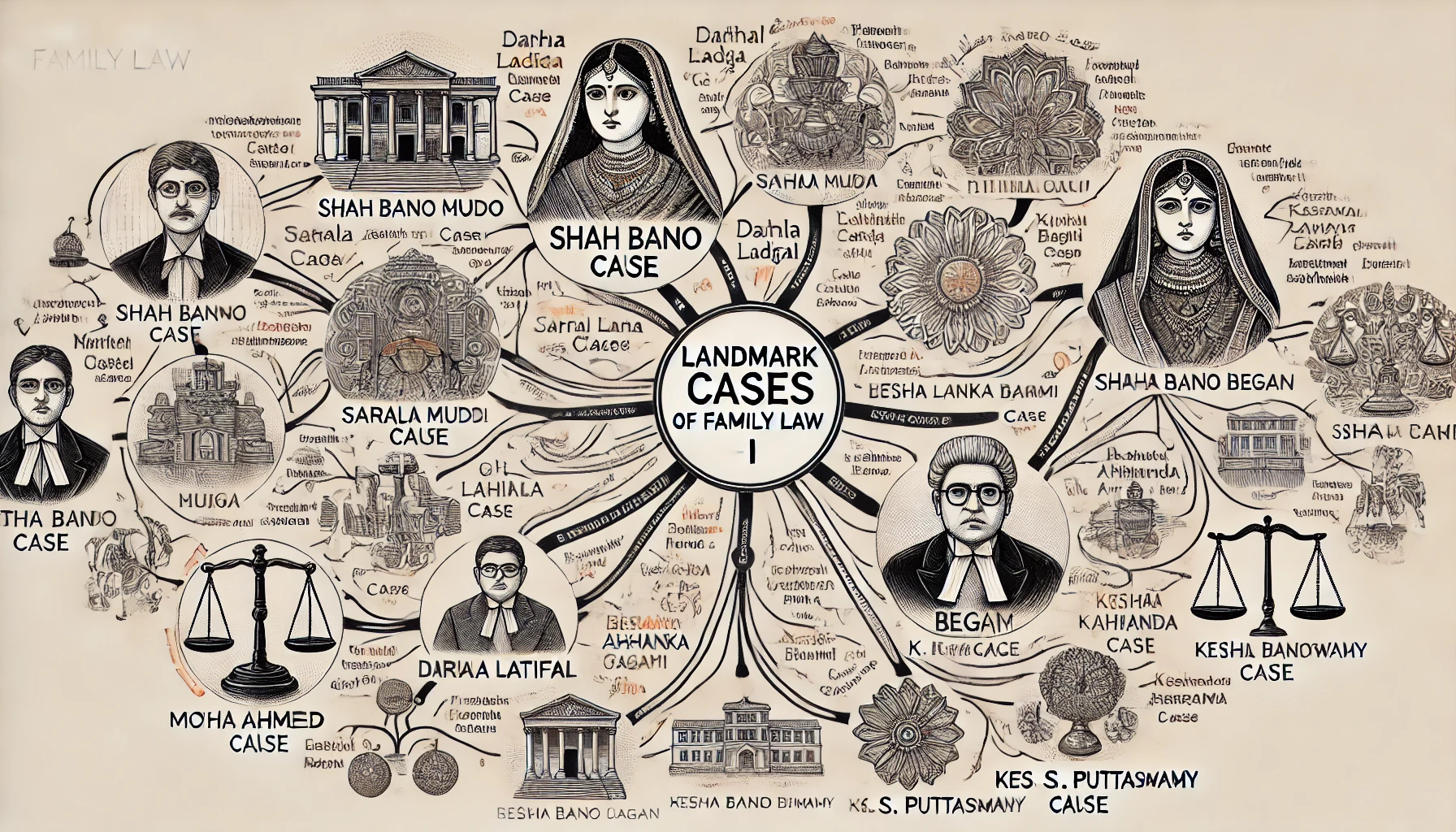

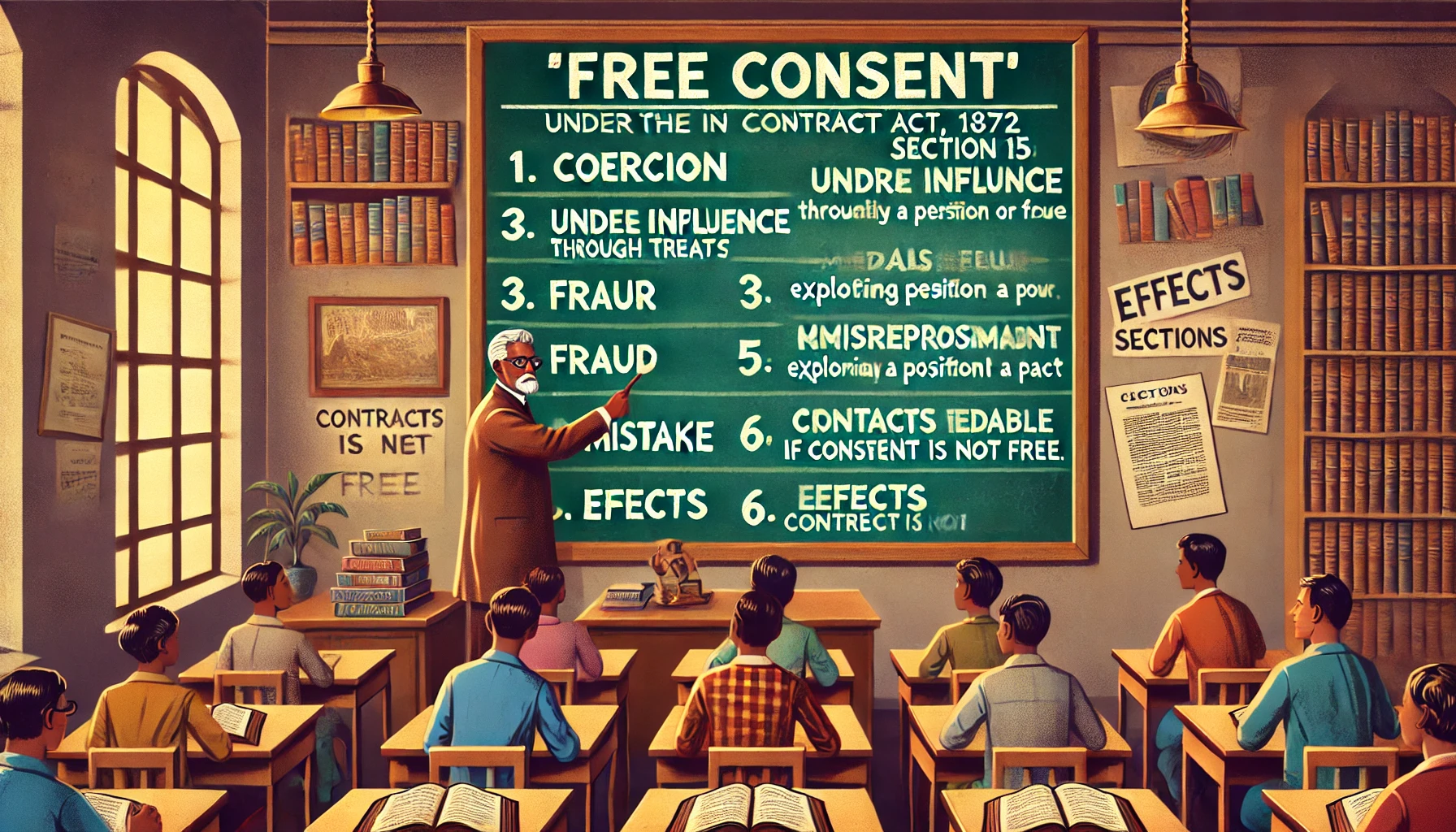
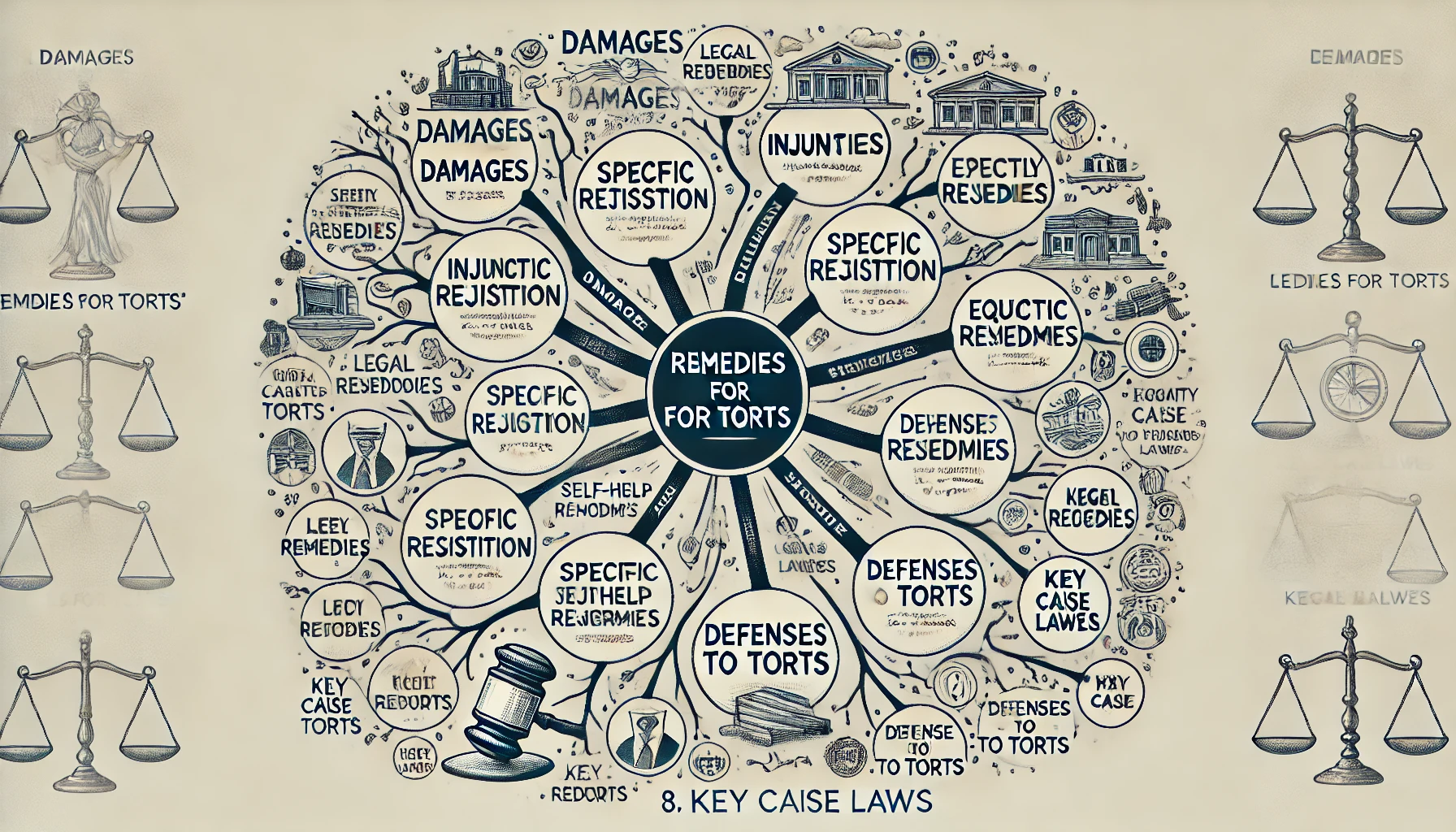
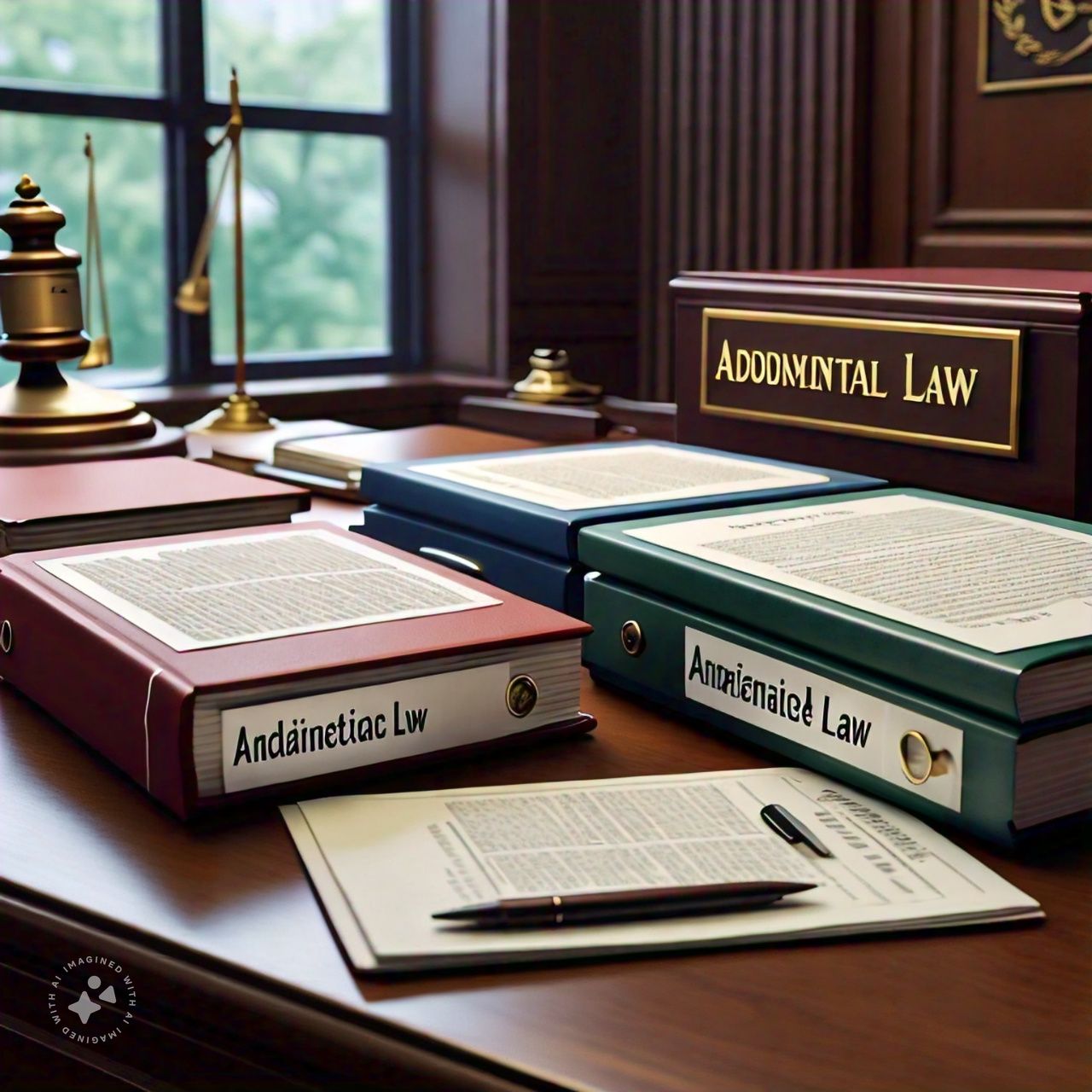

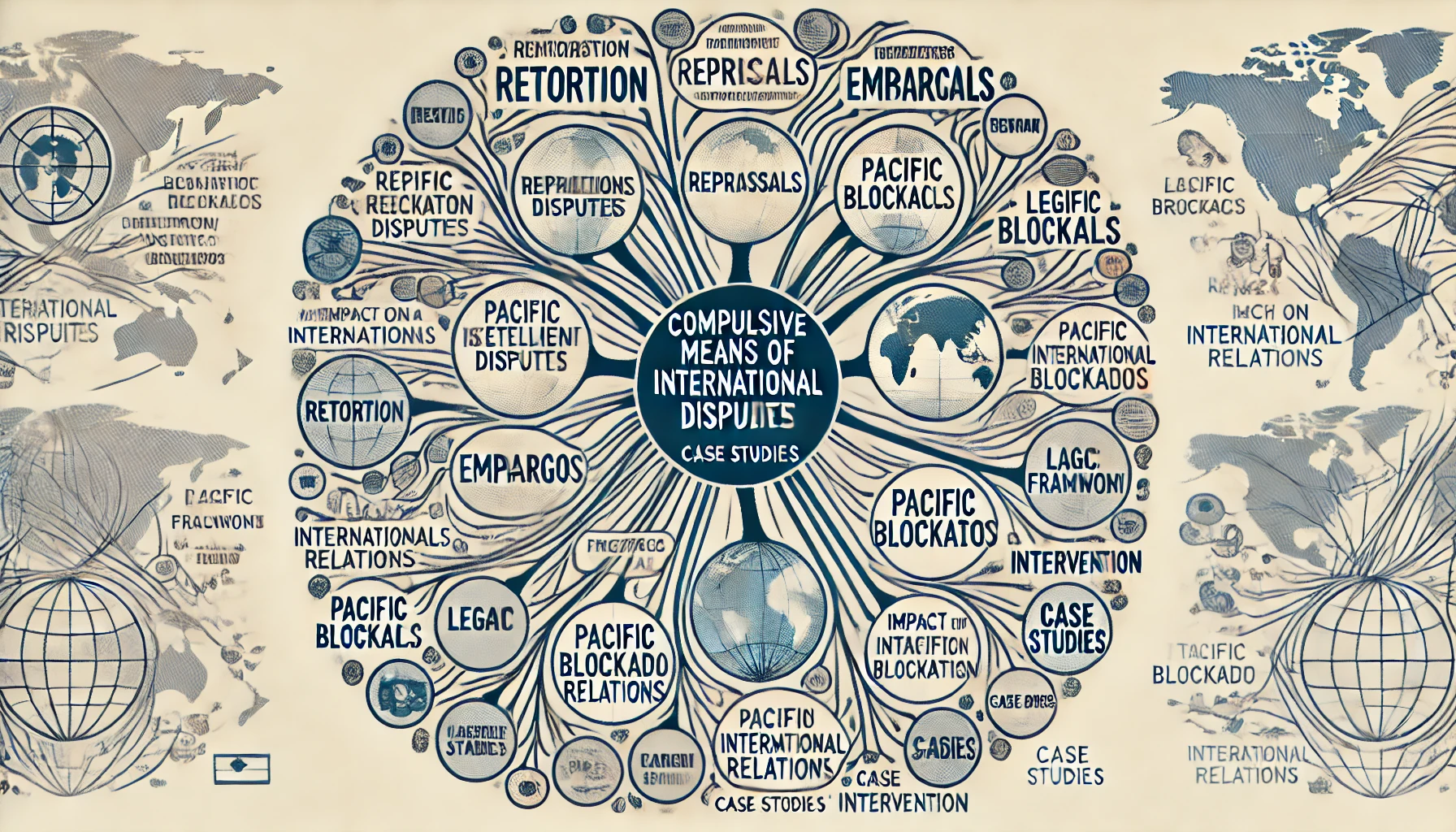

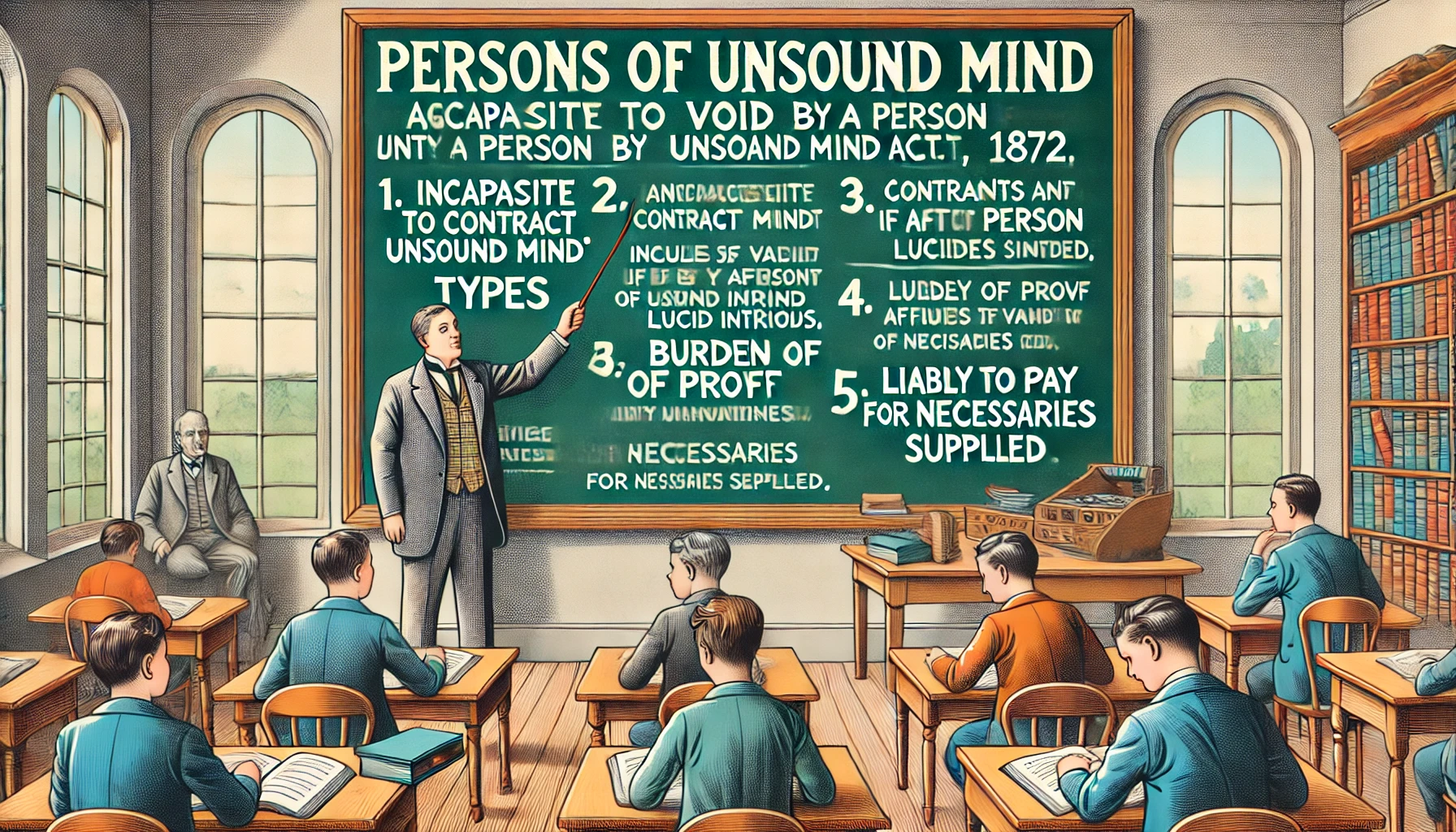
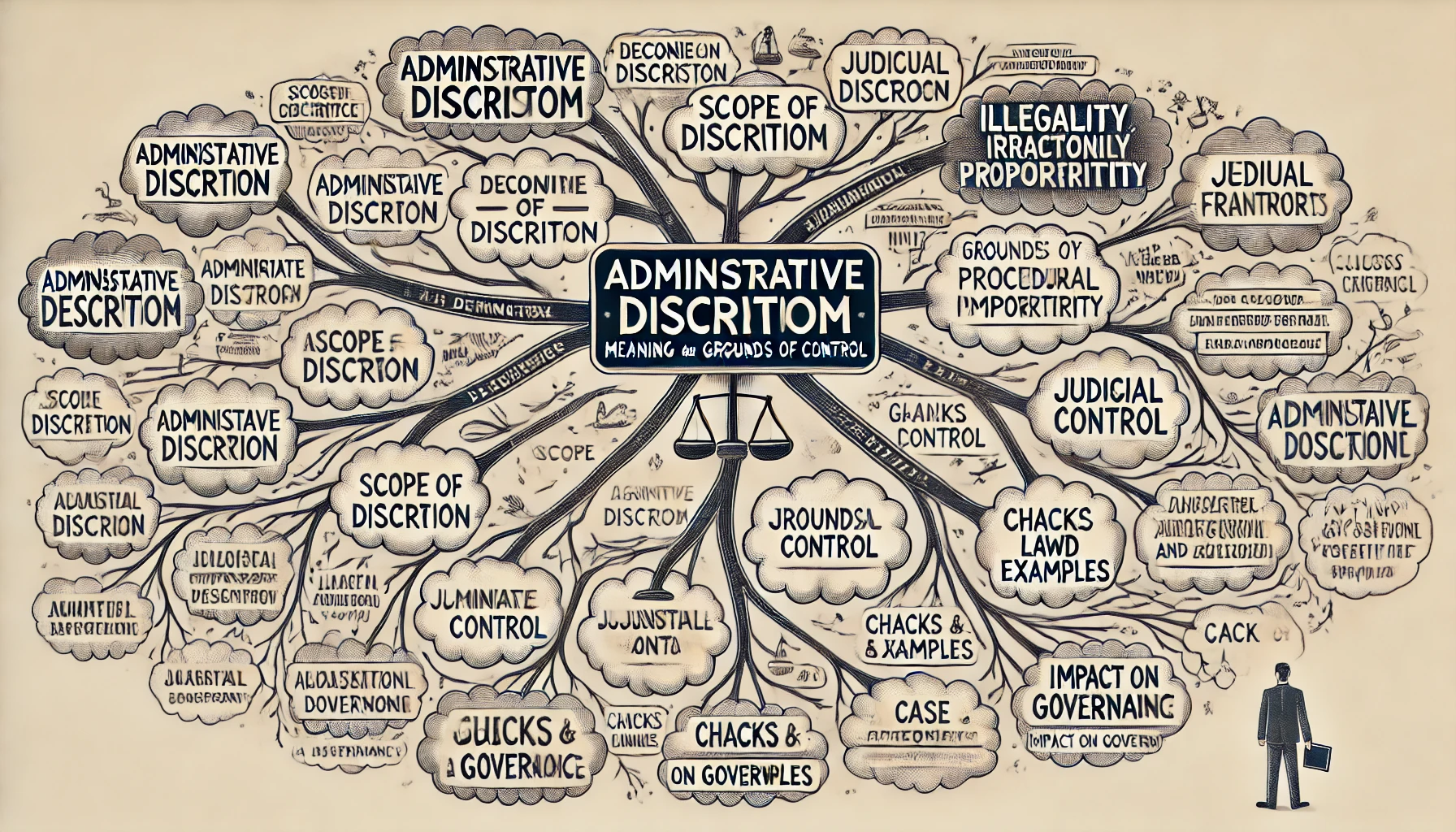
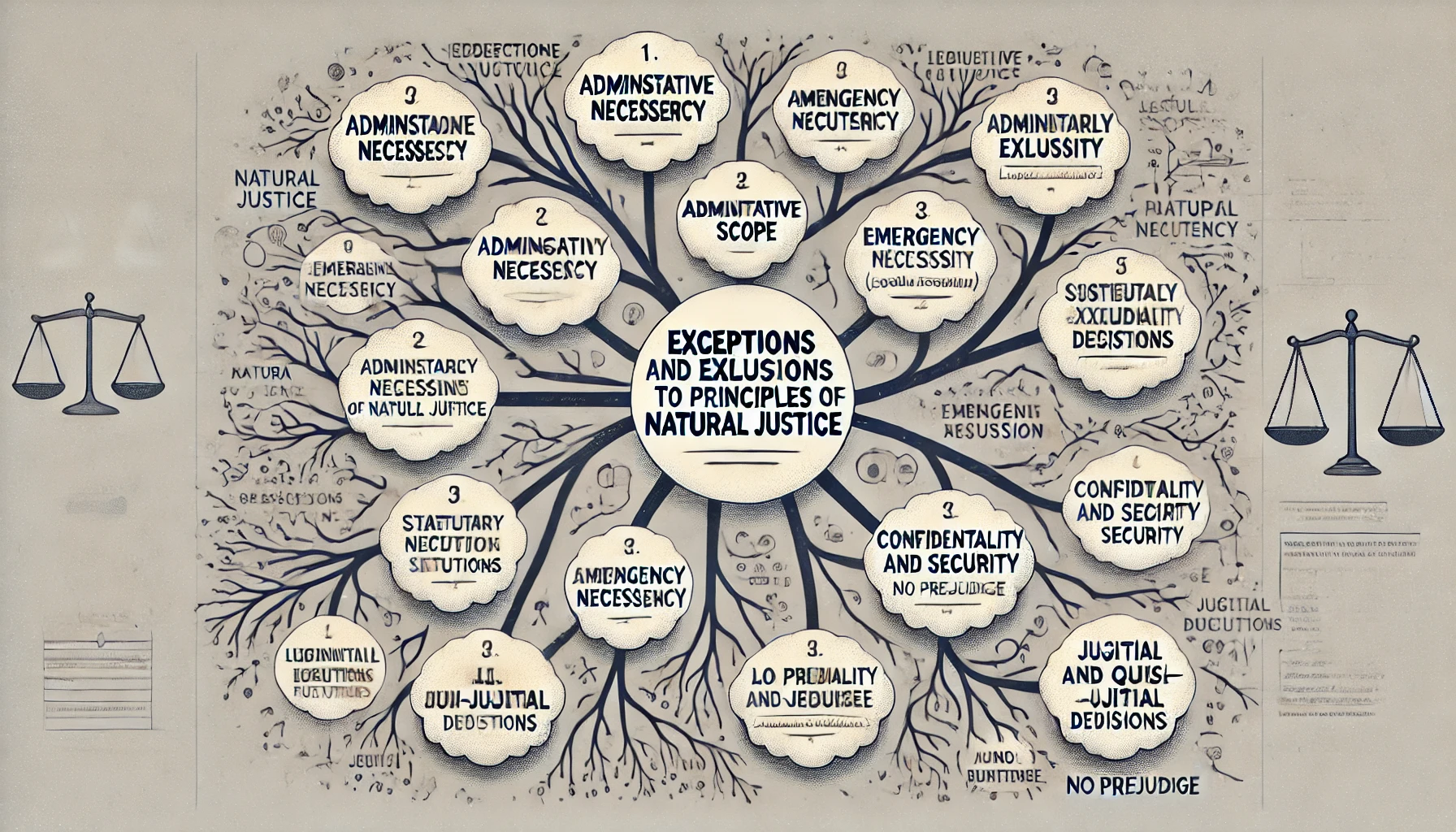

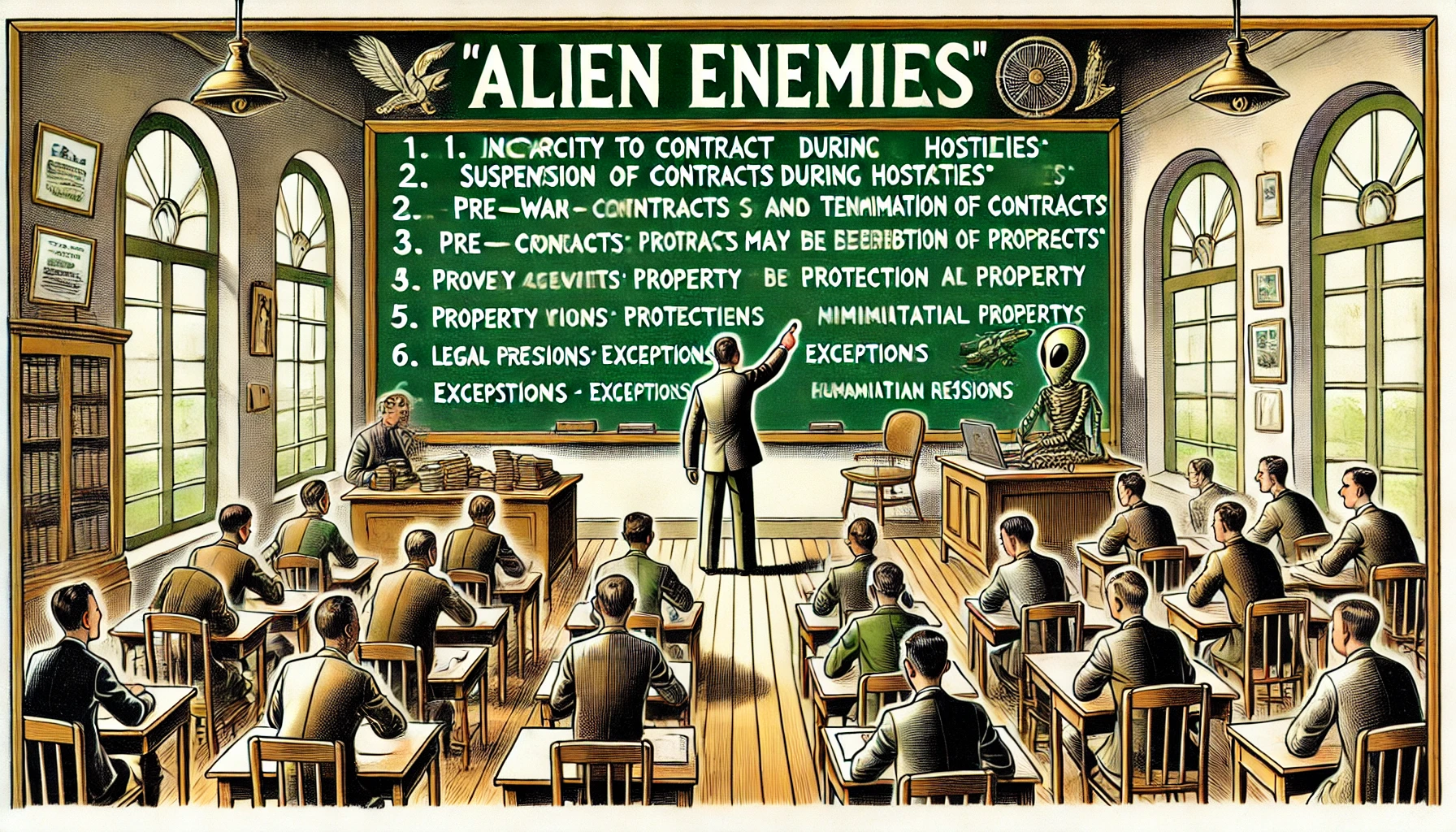

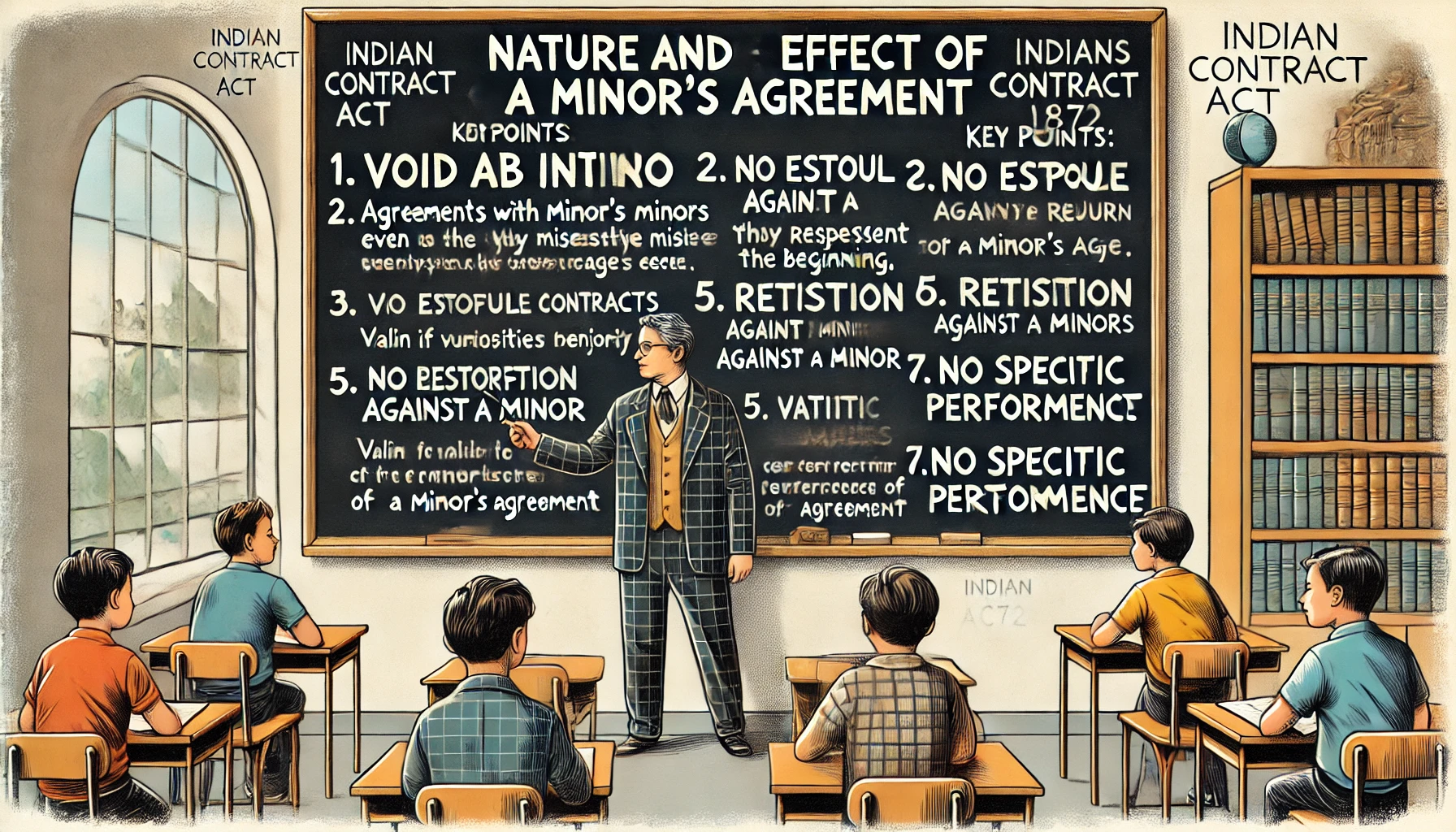


Comment
Nothing for now